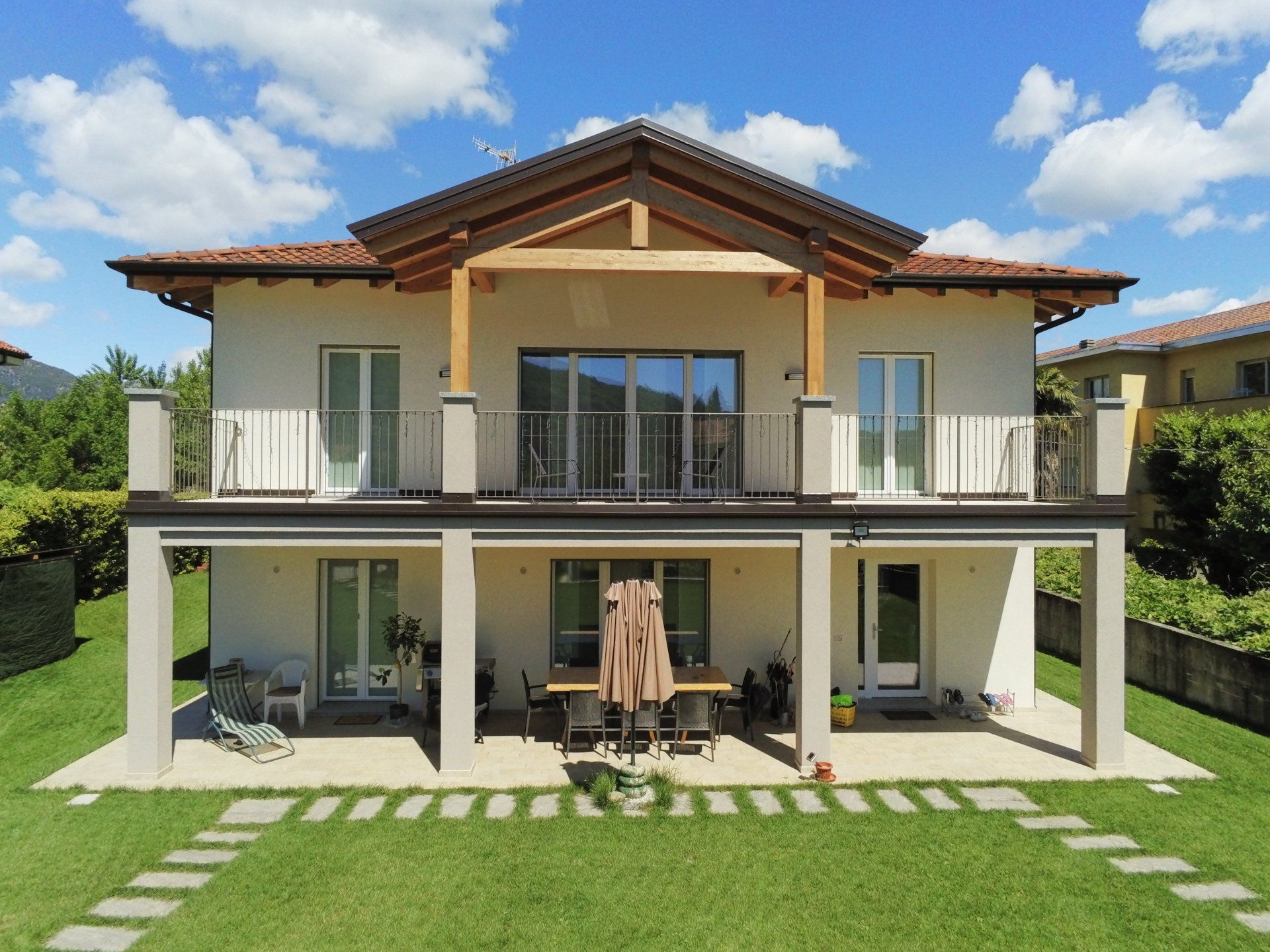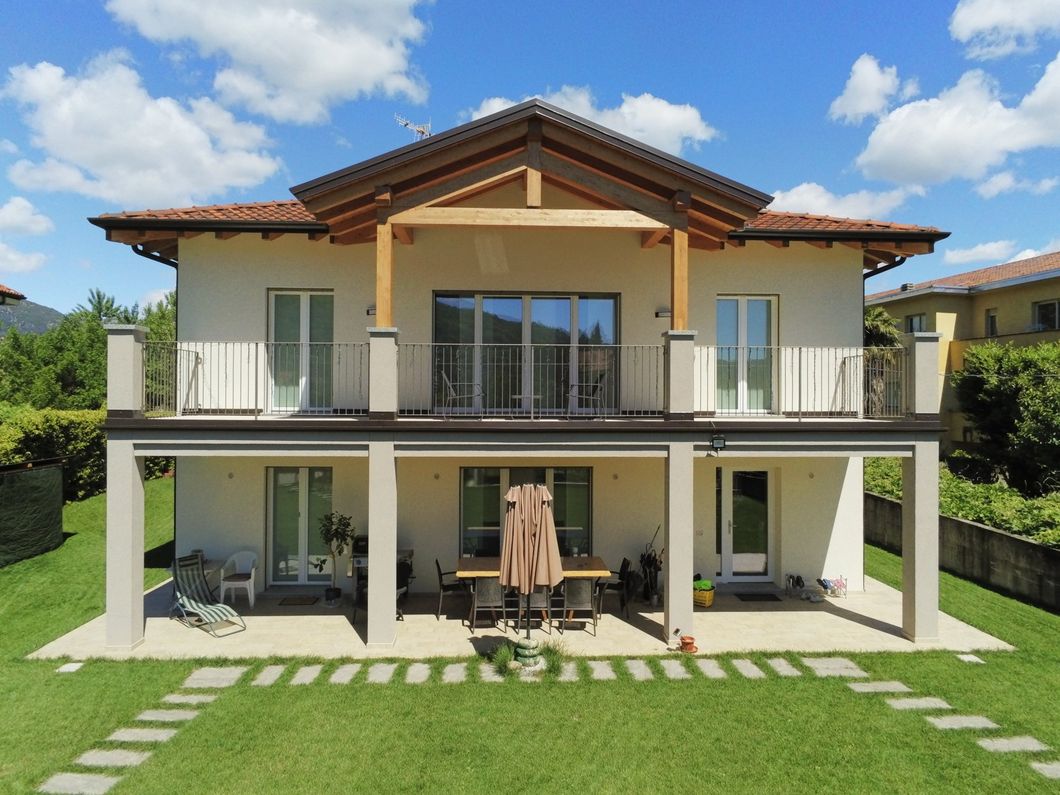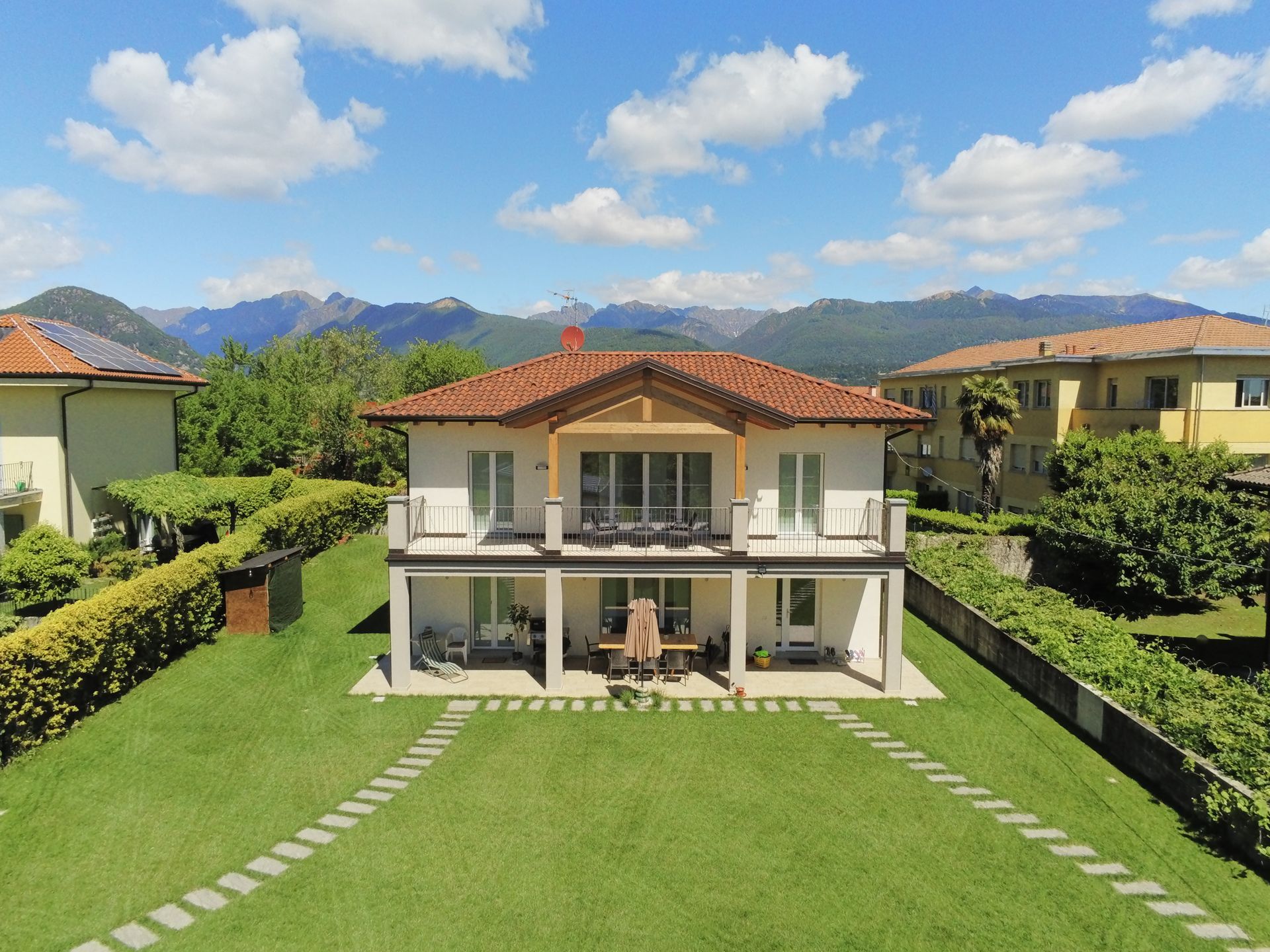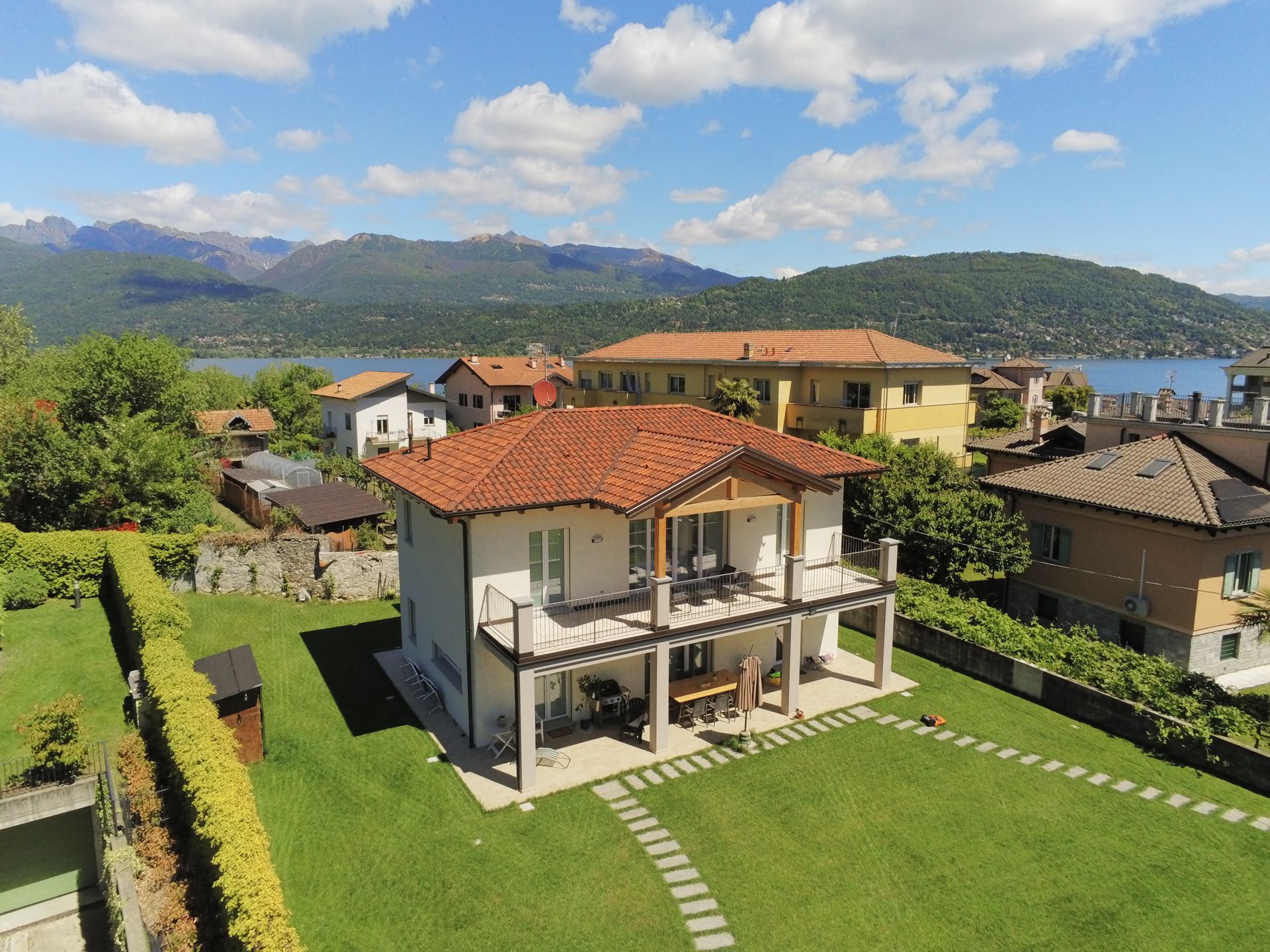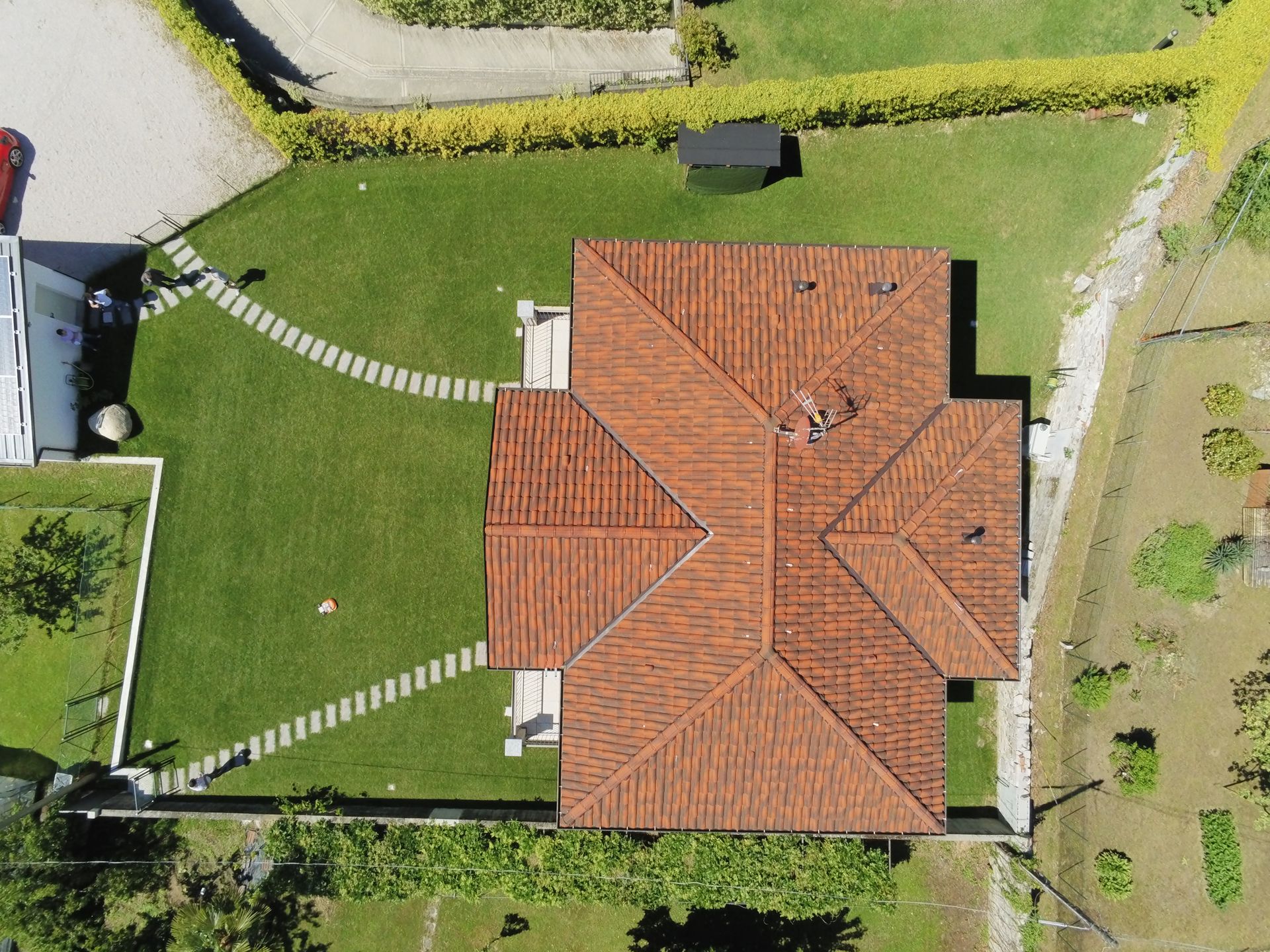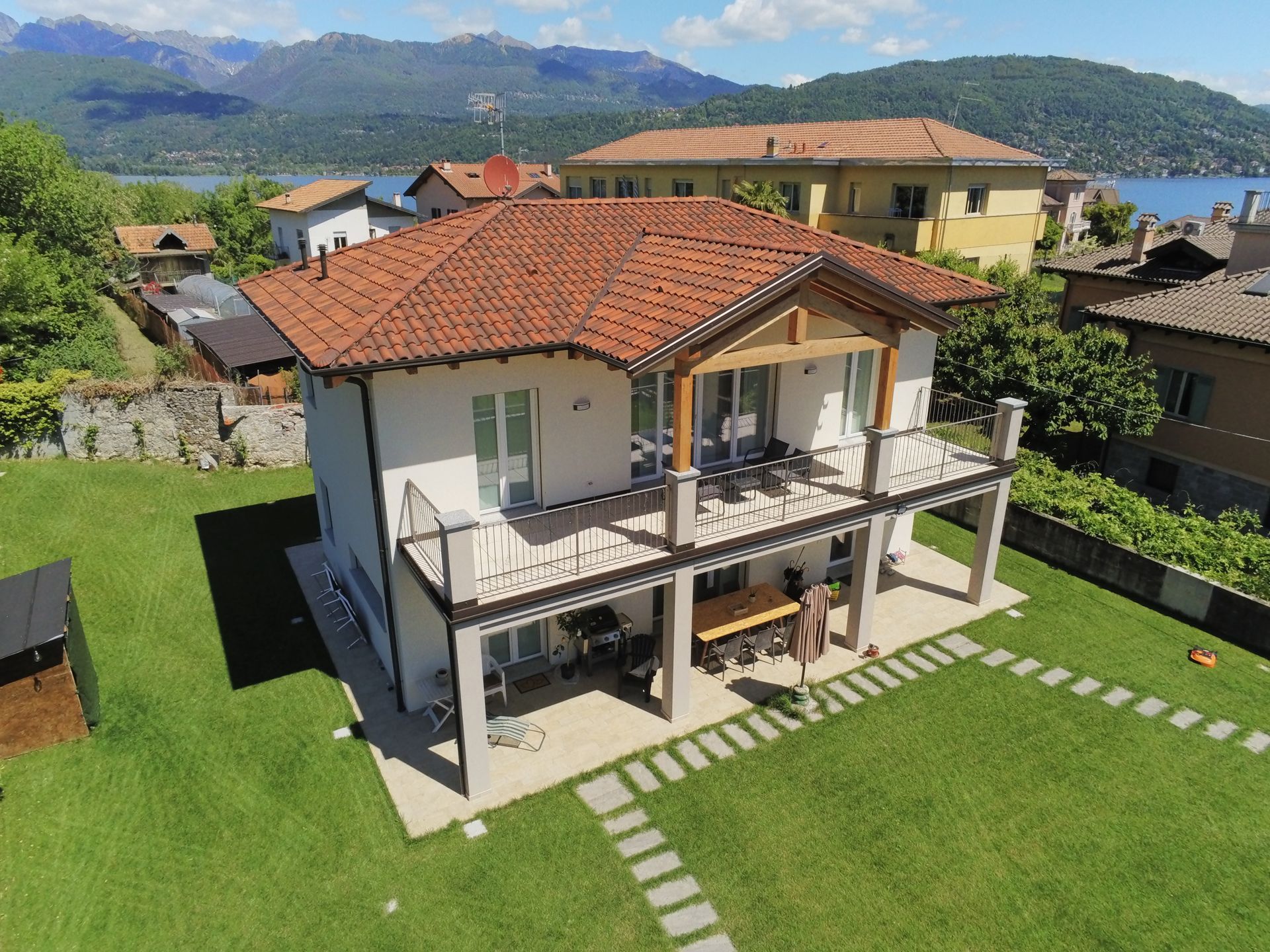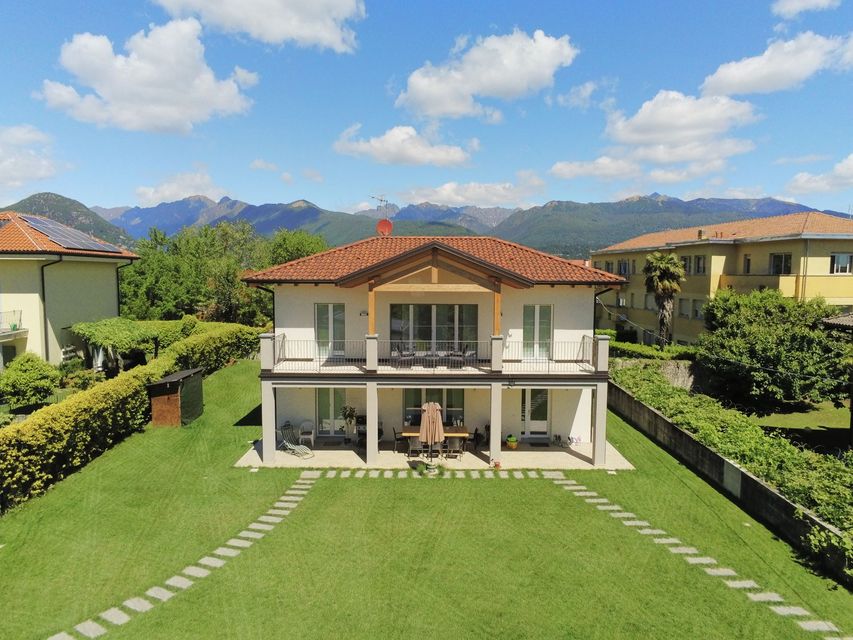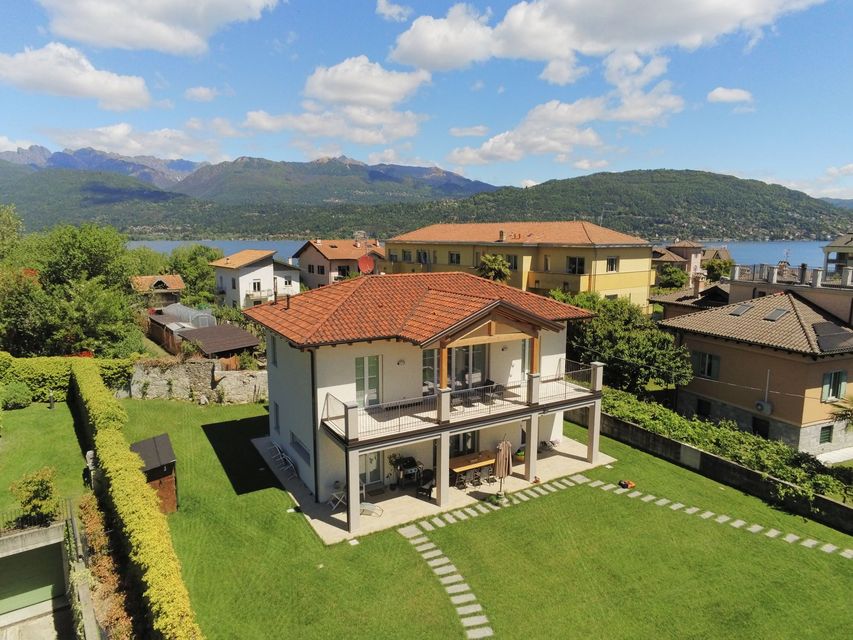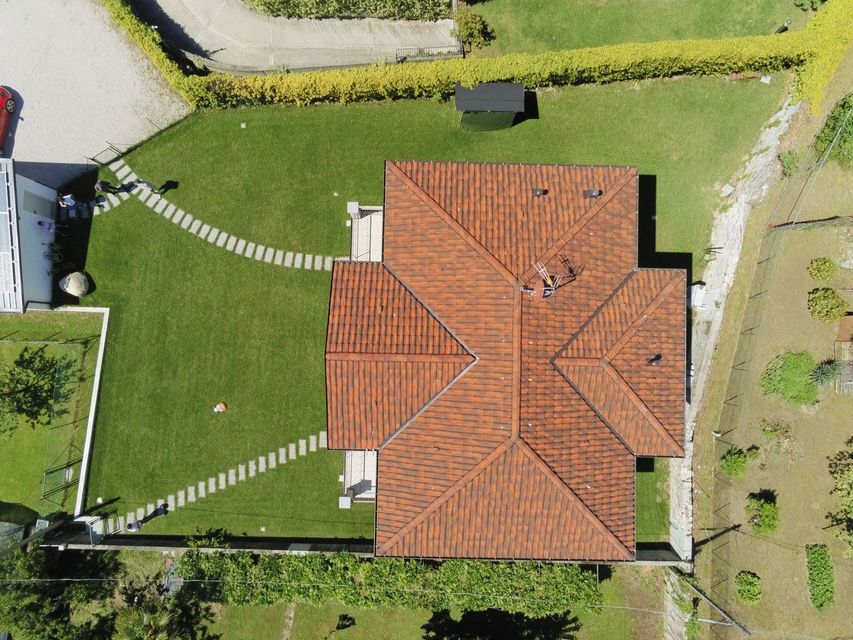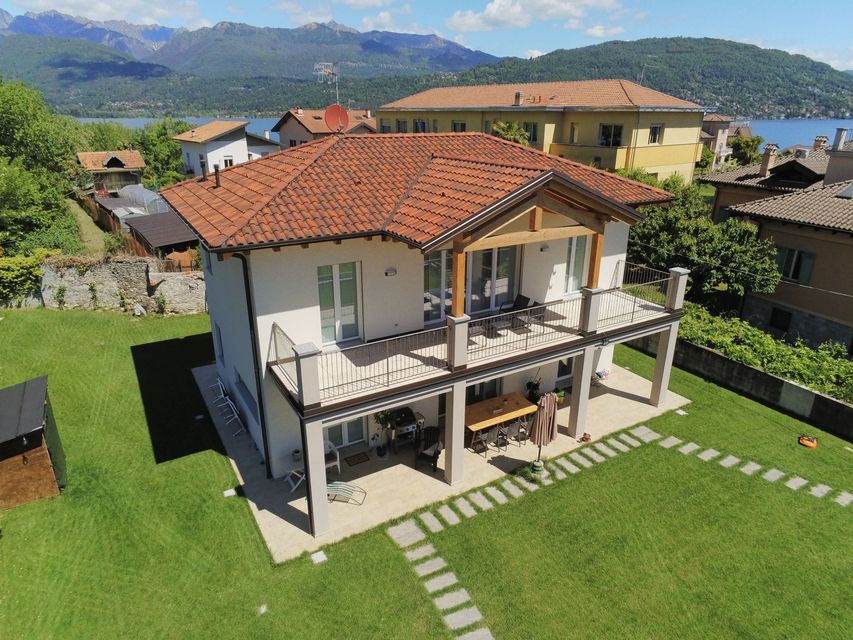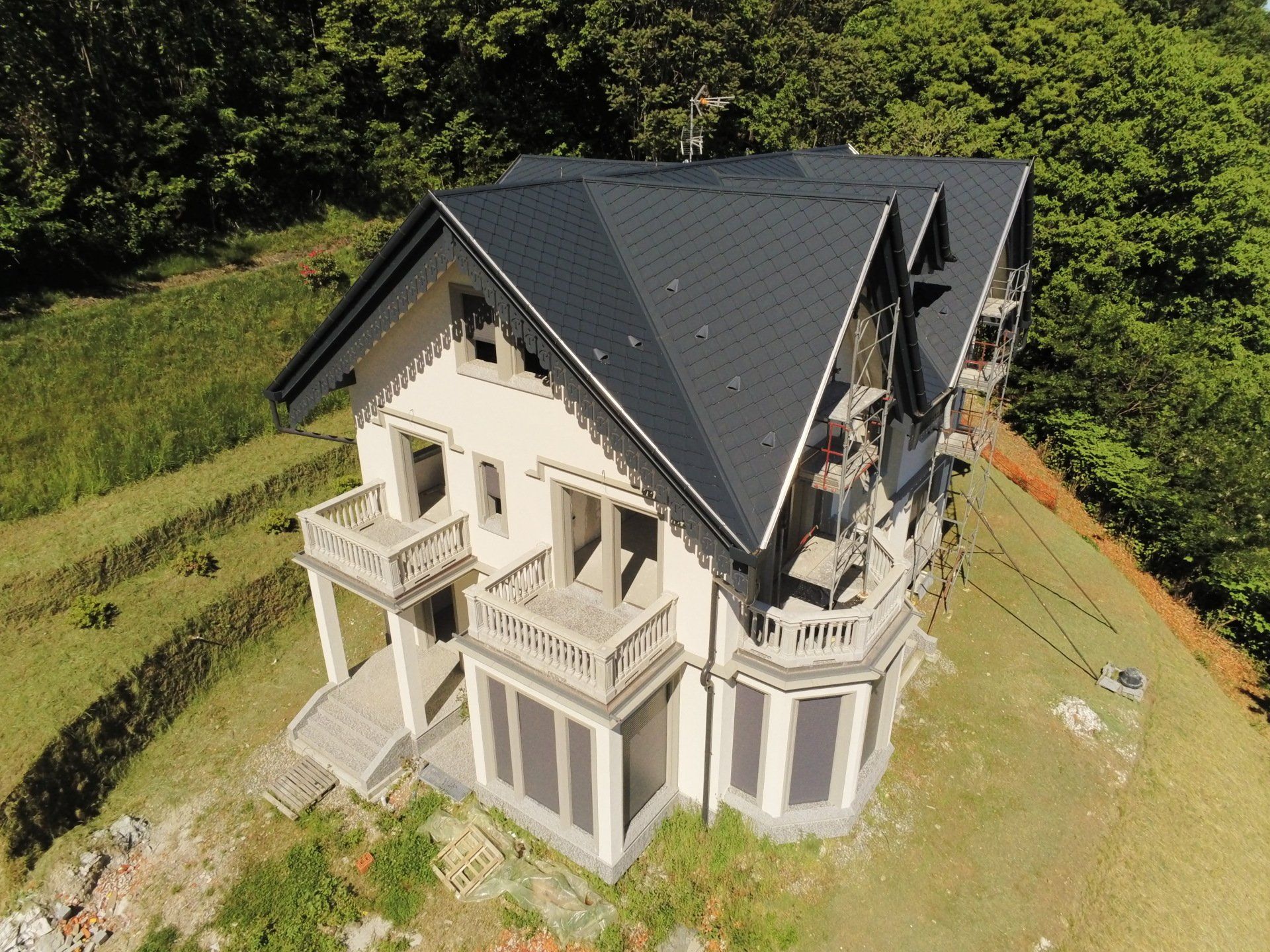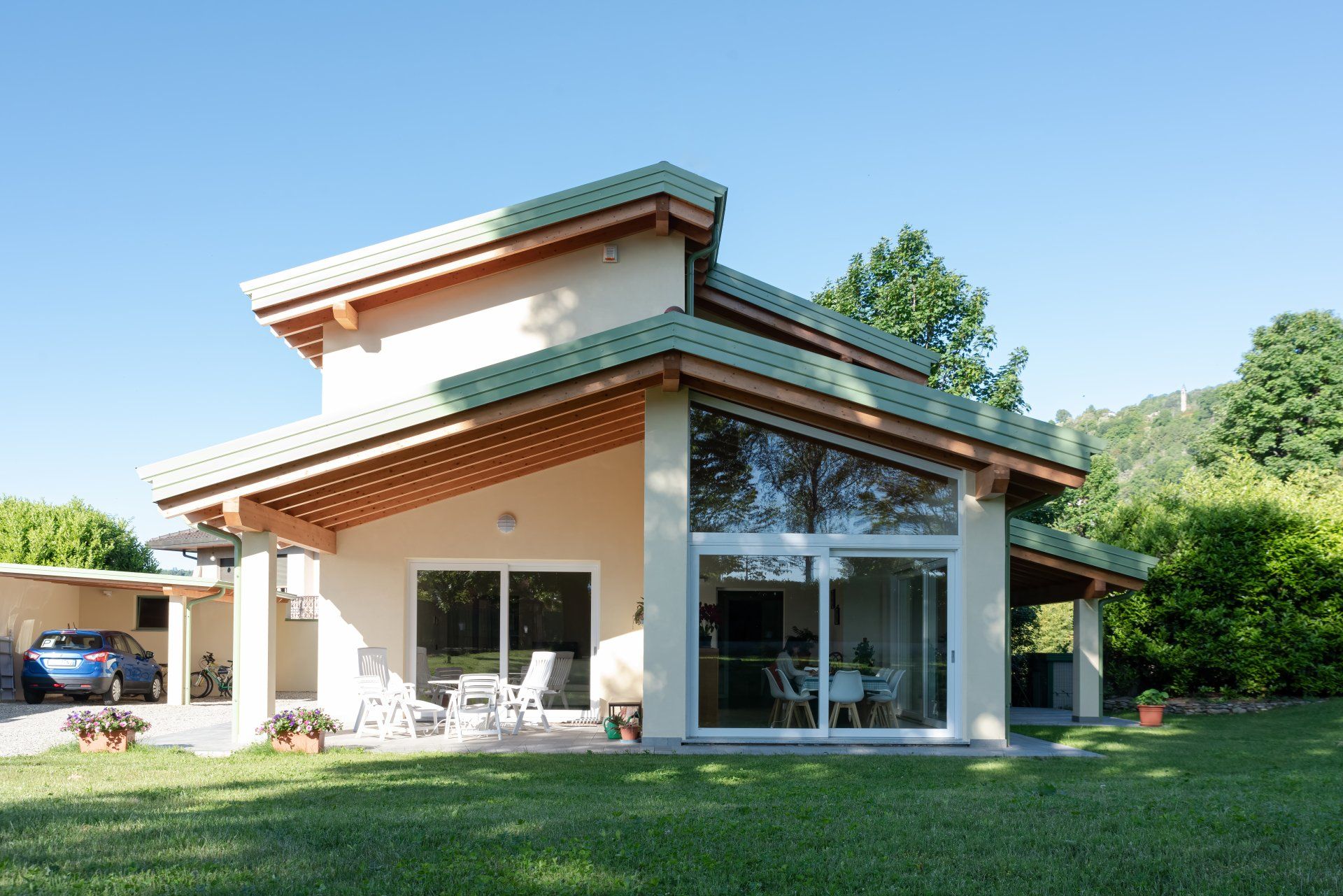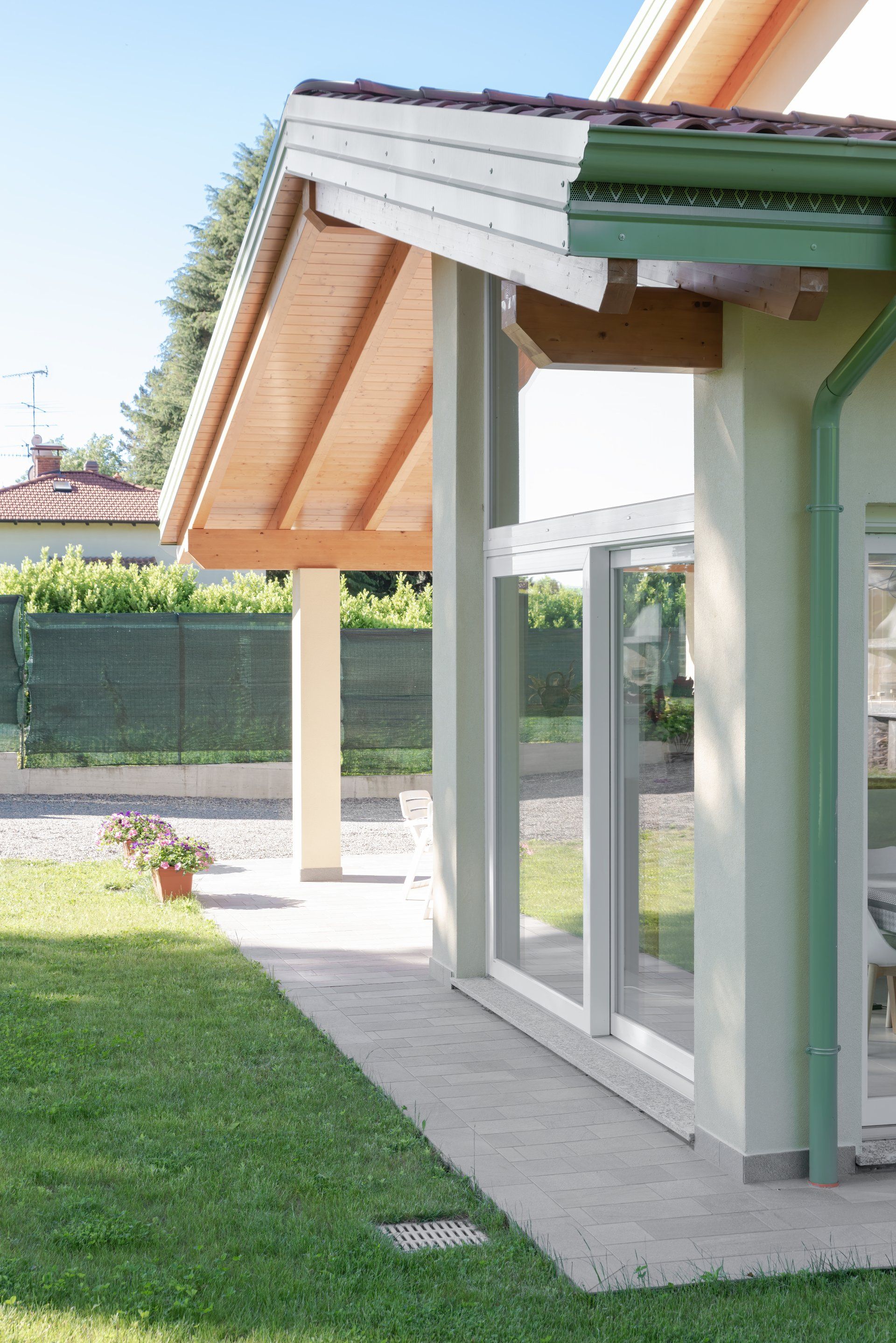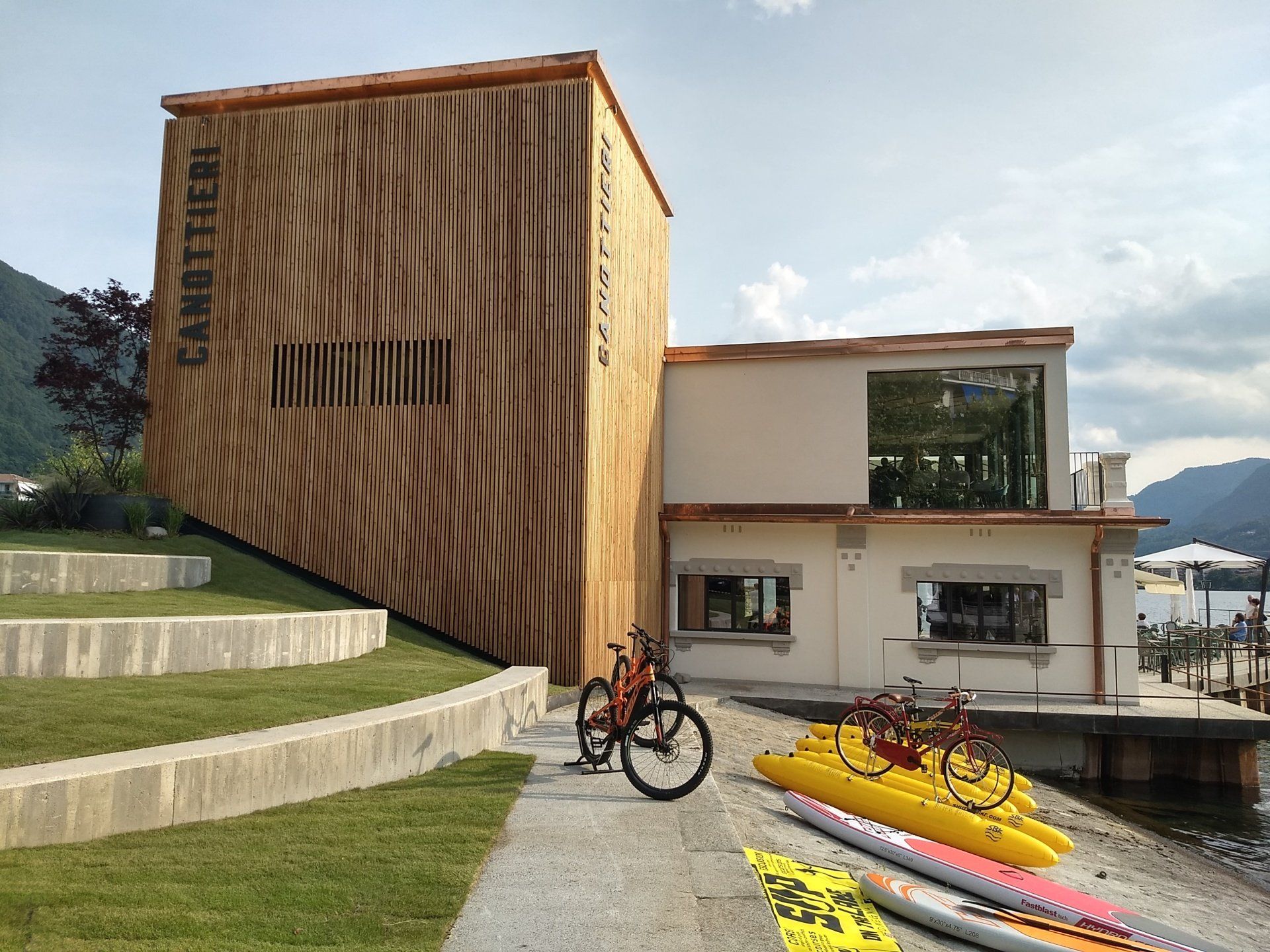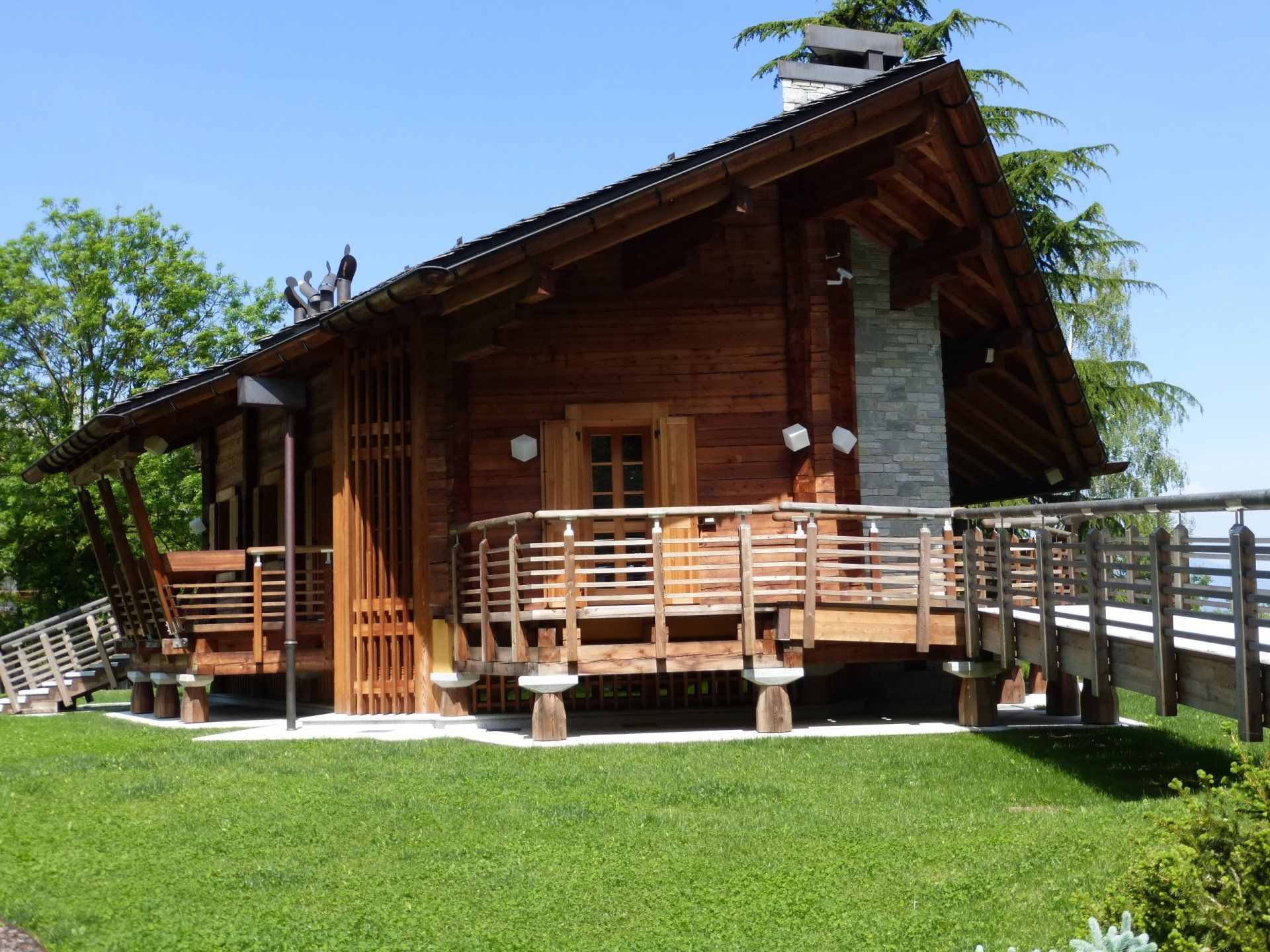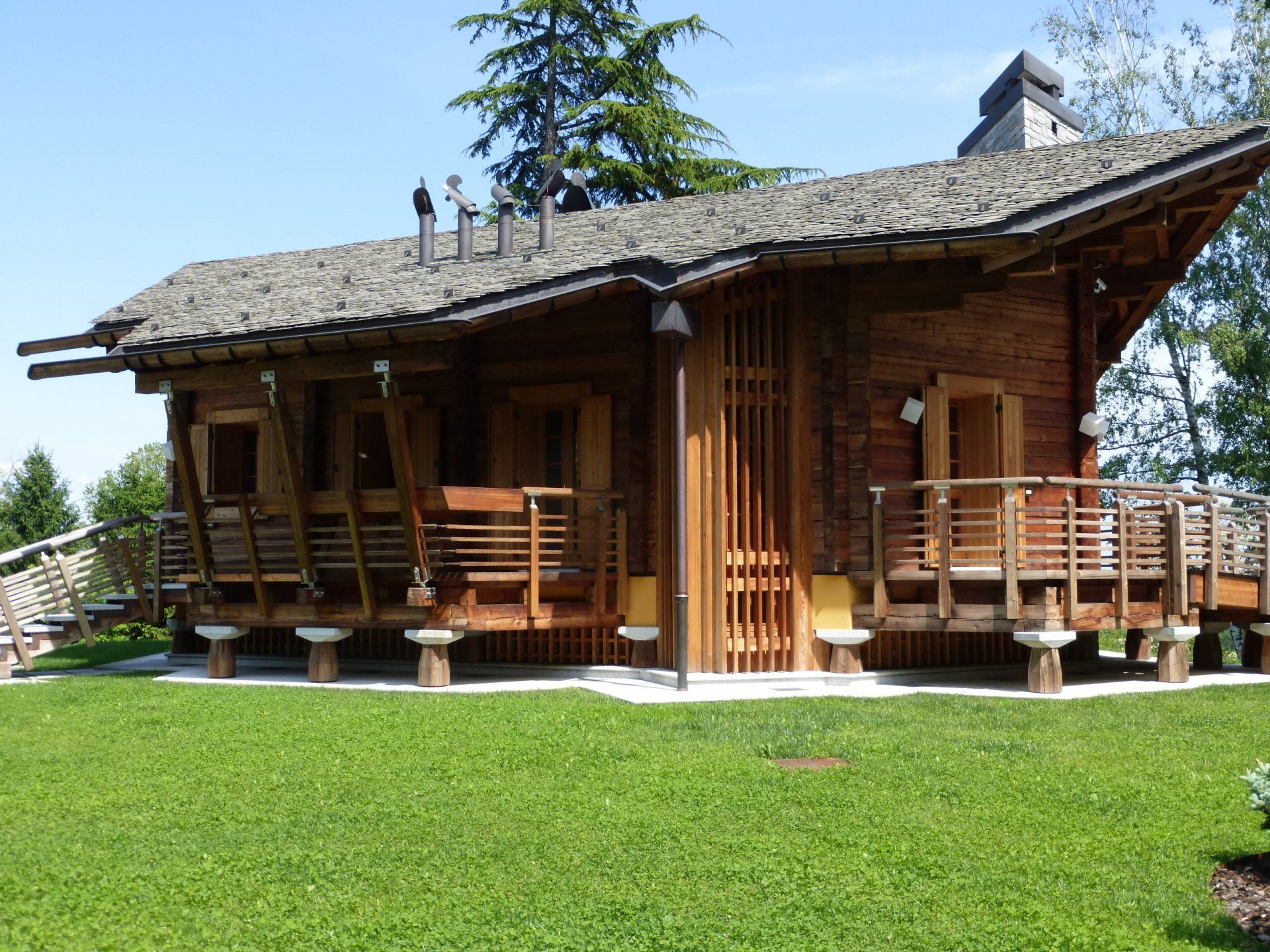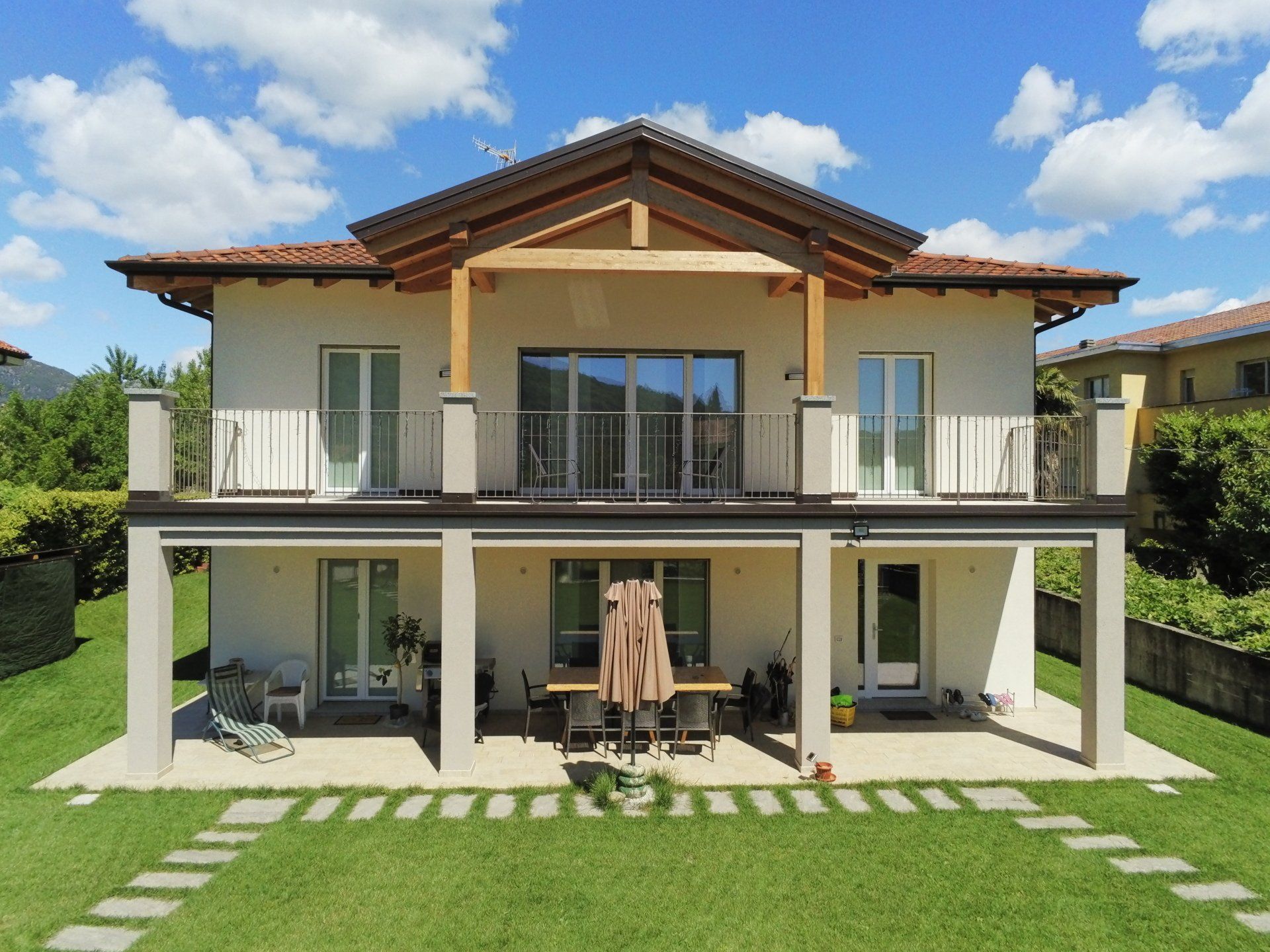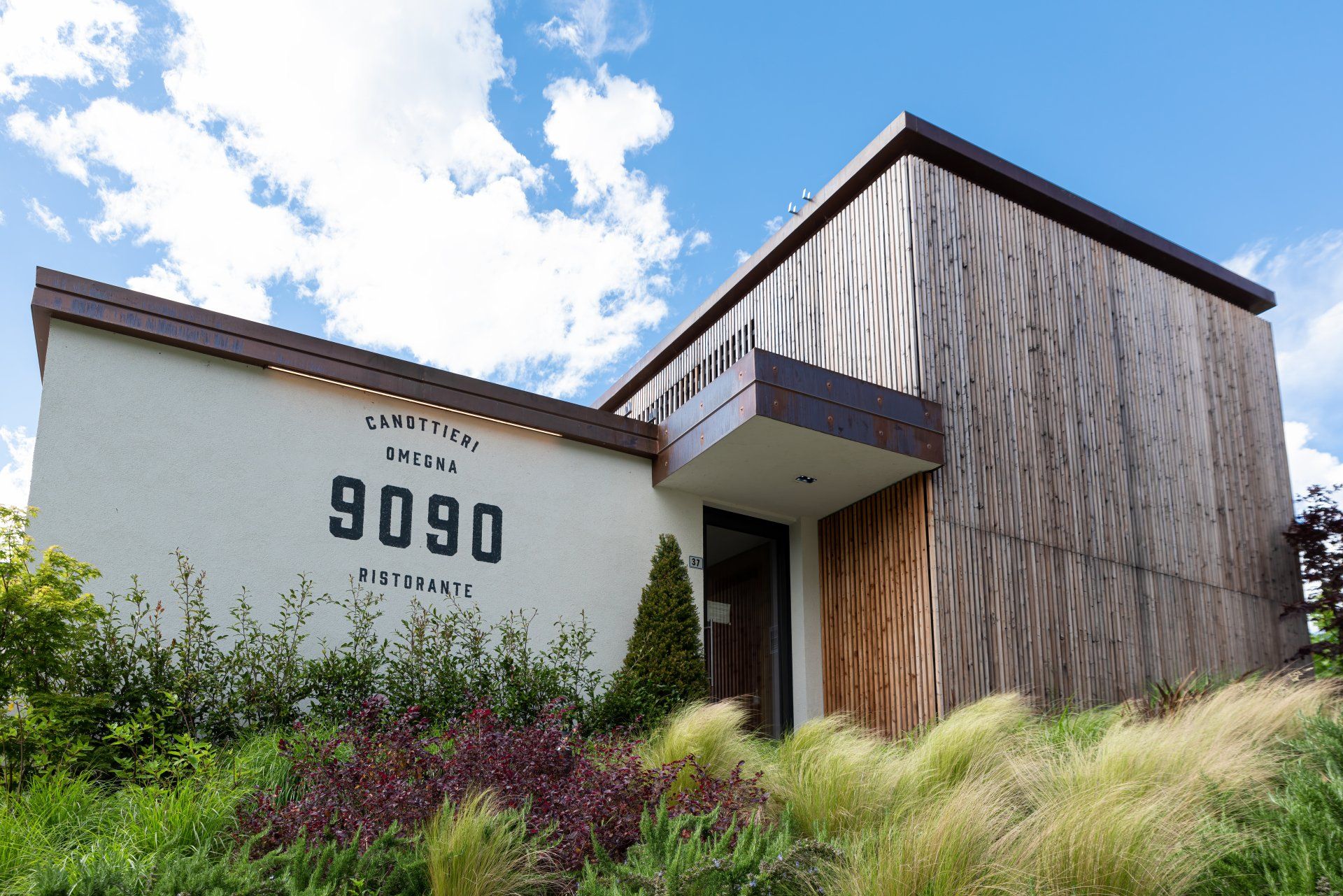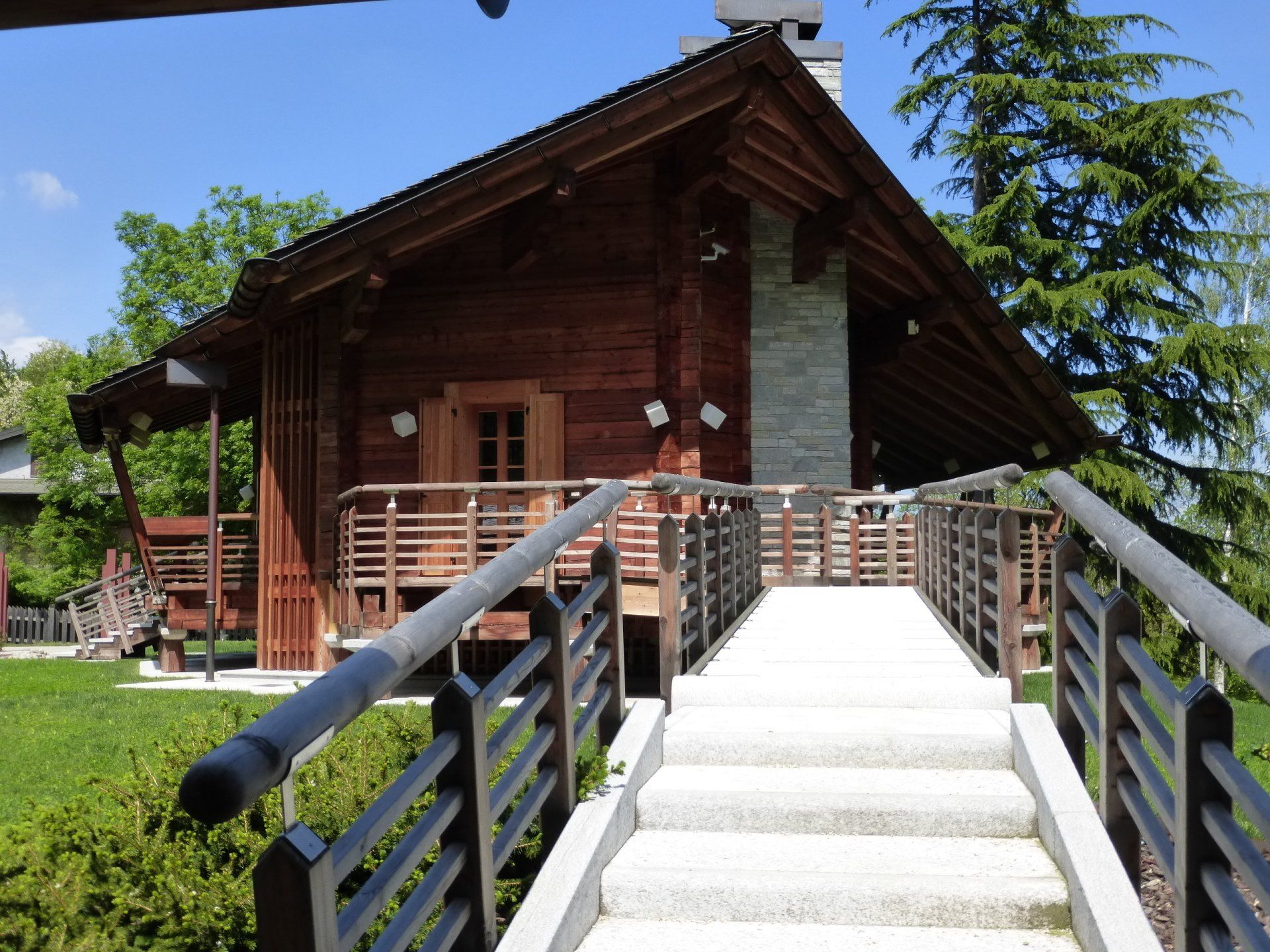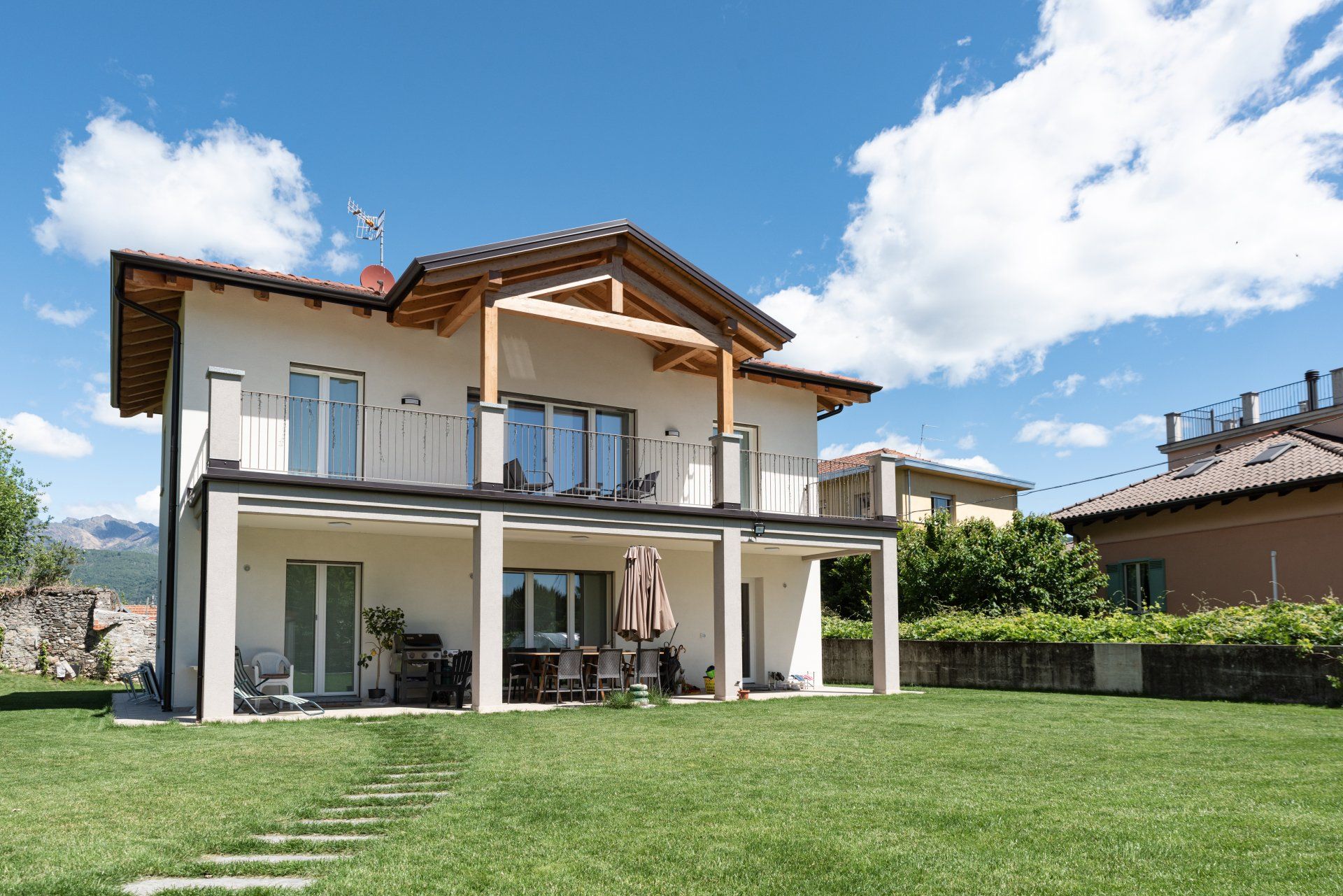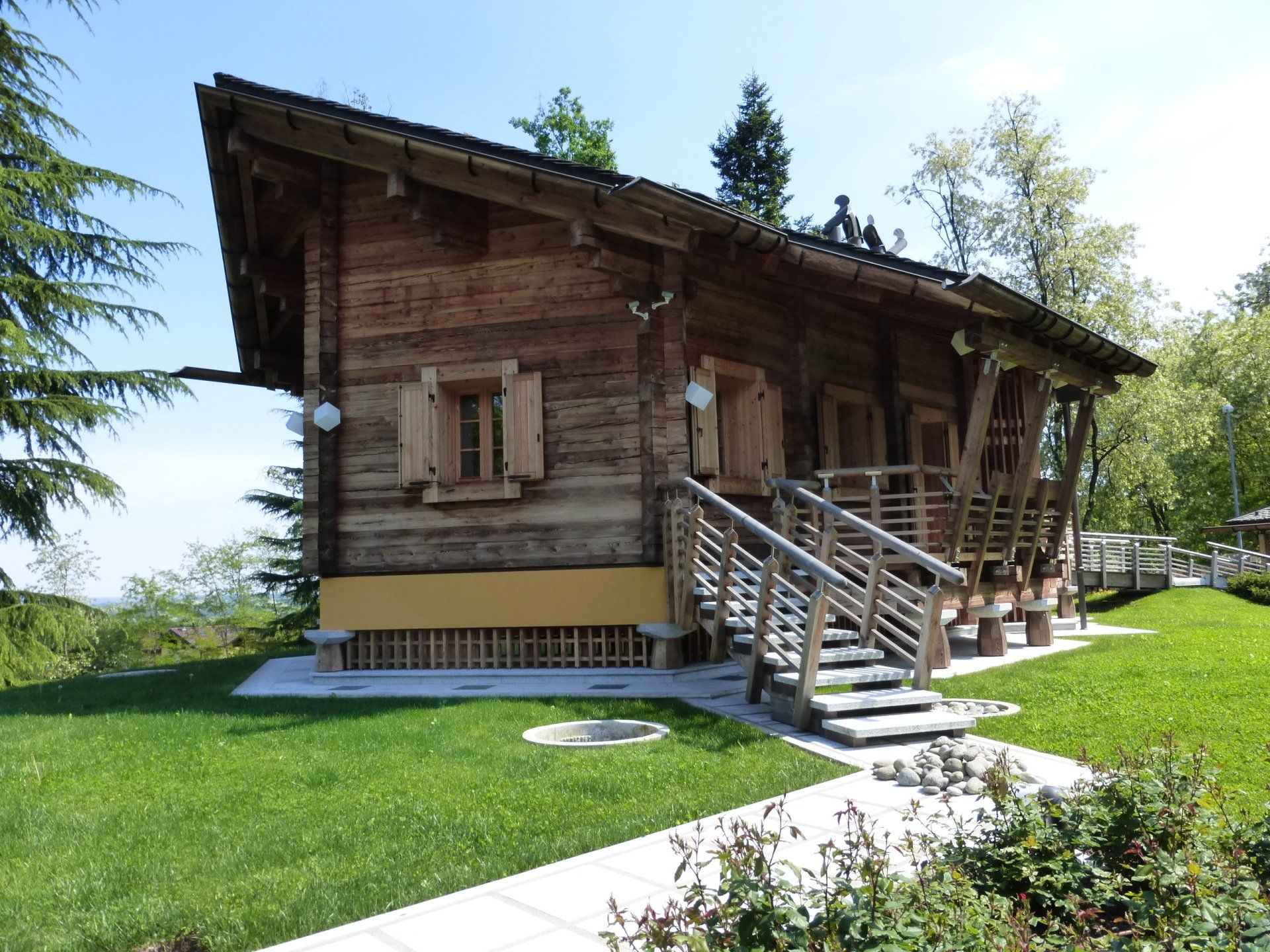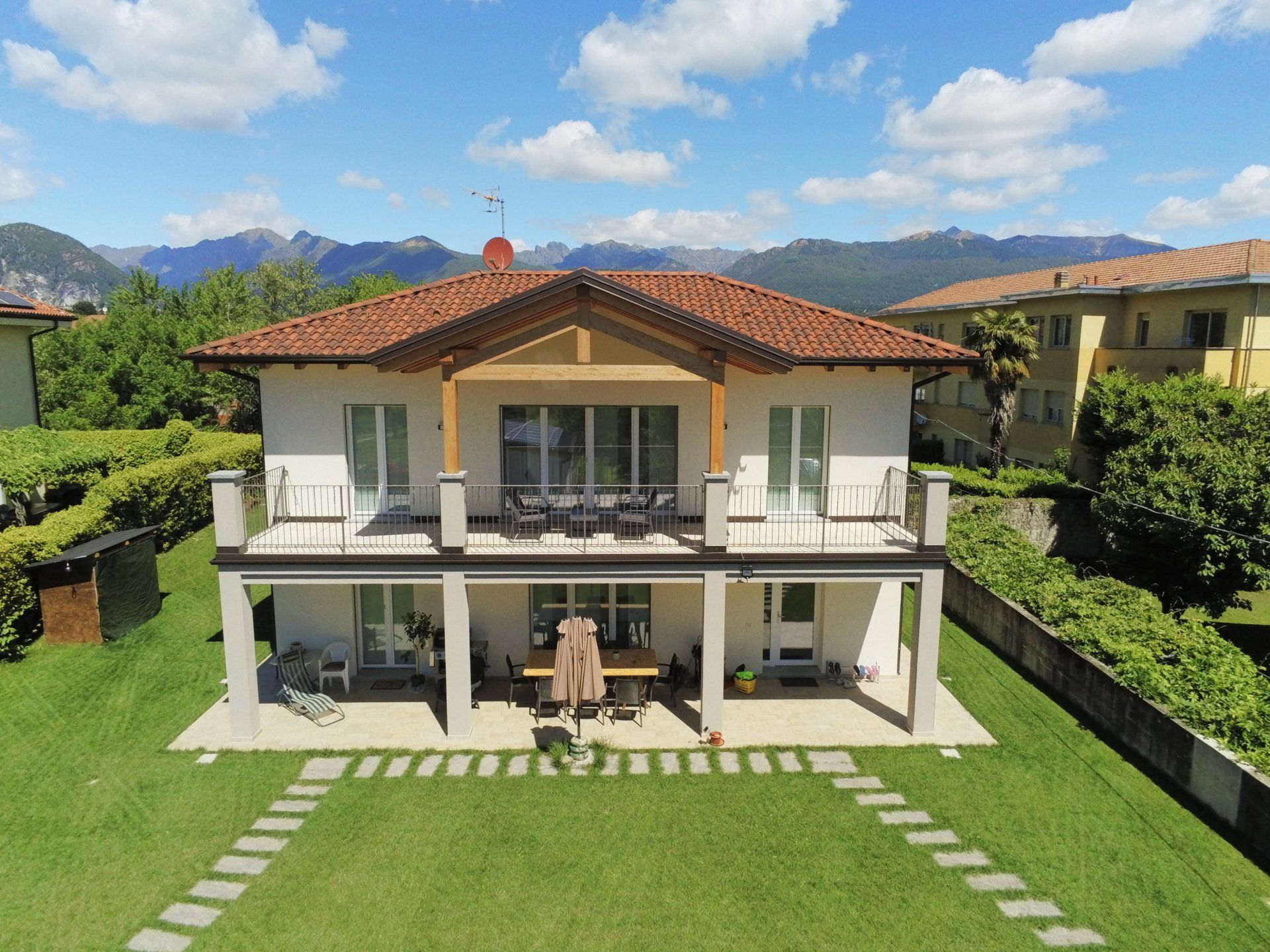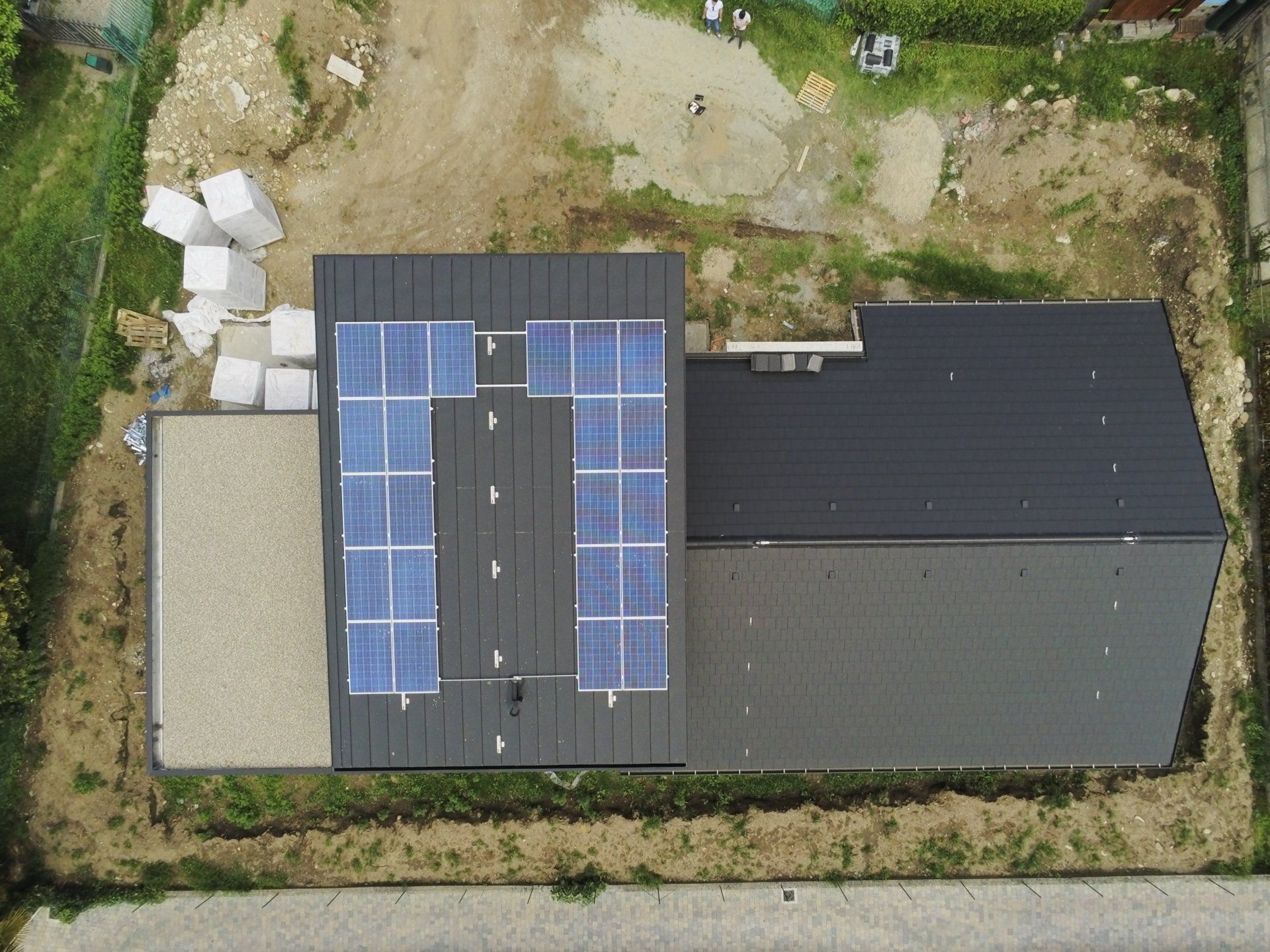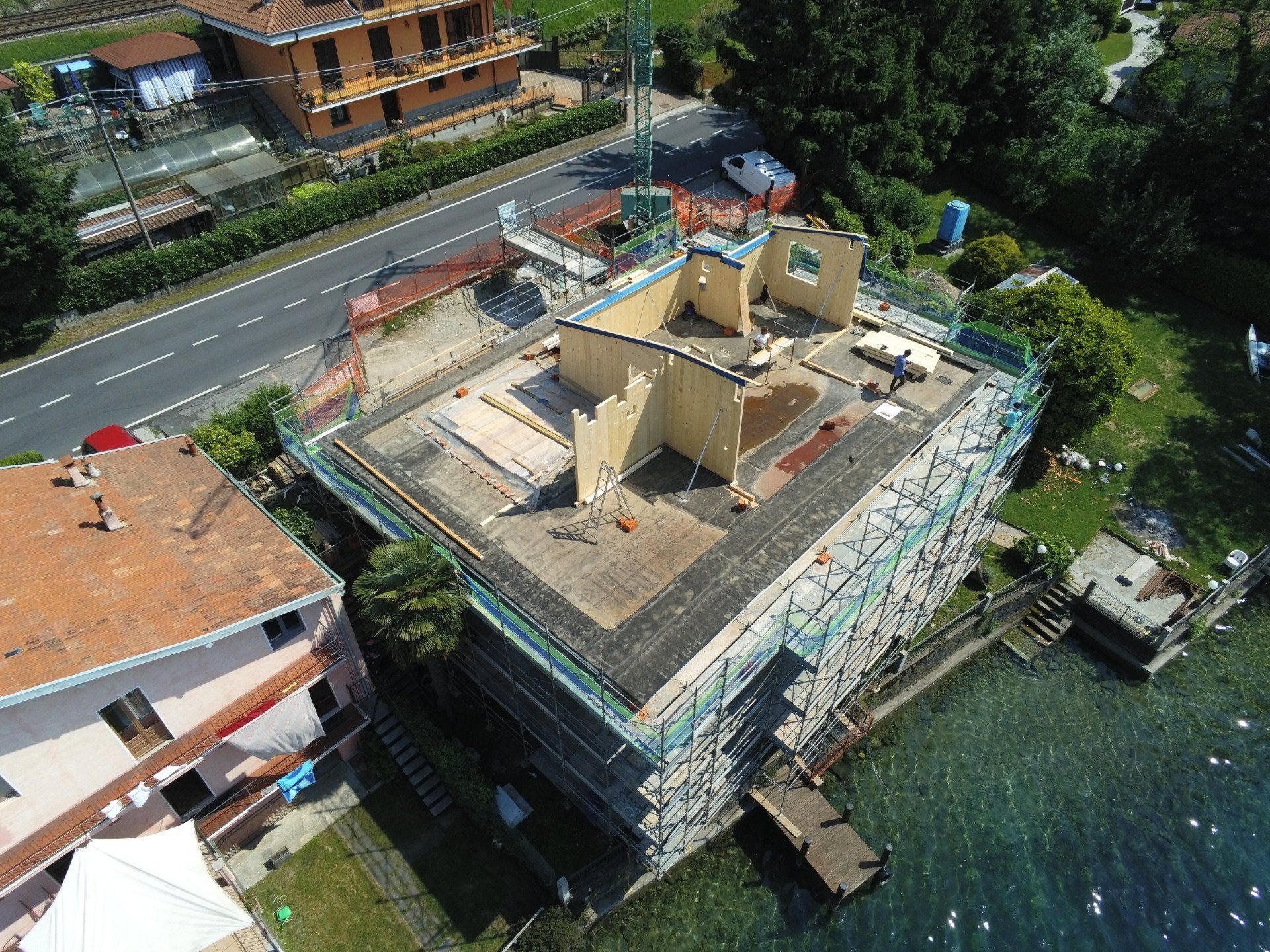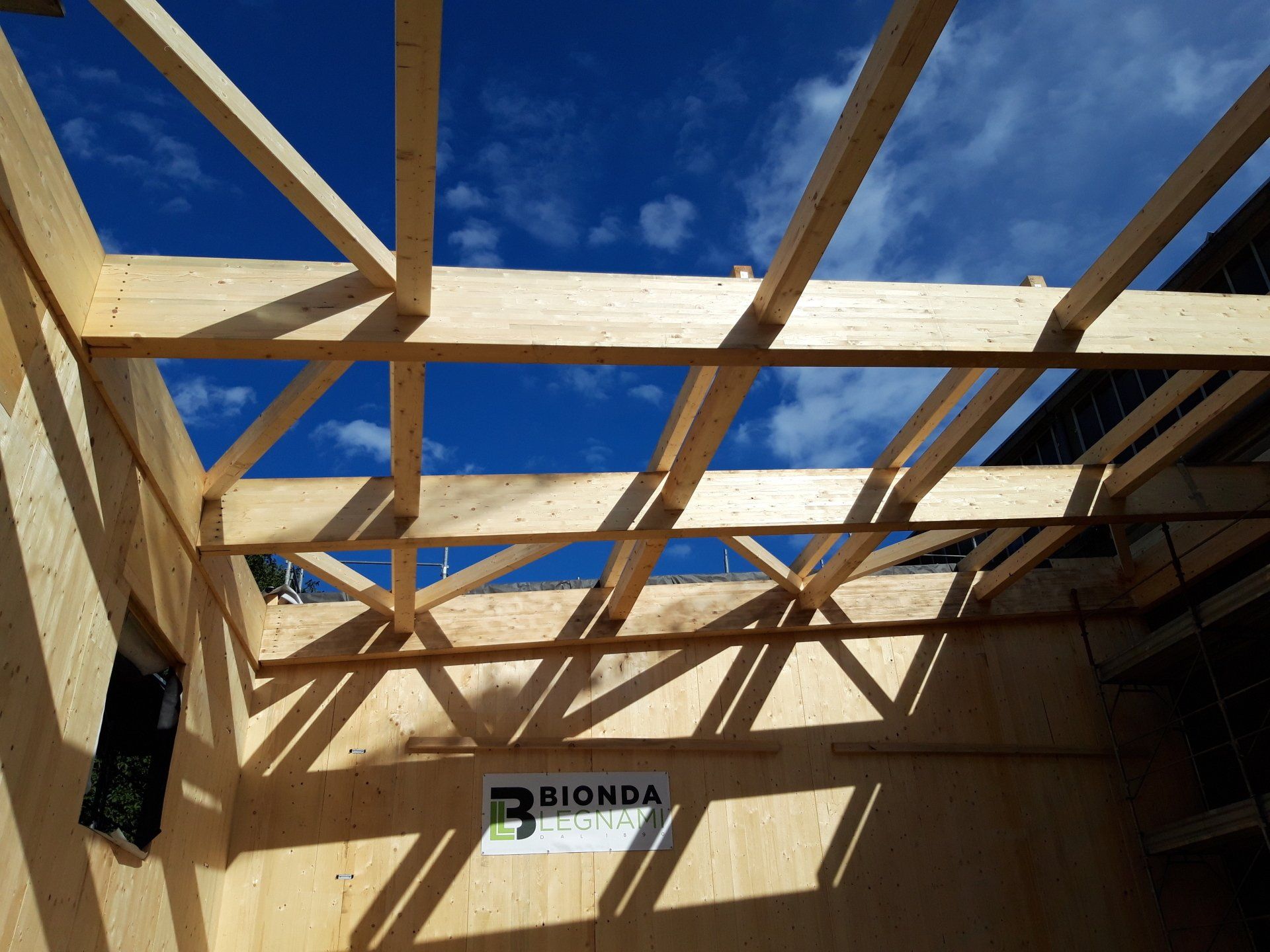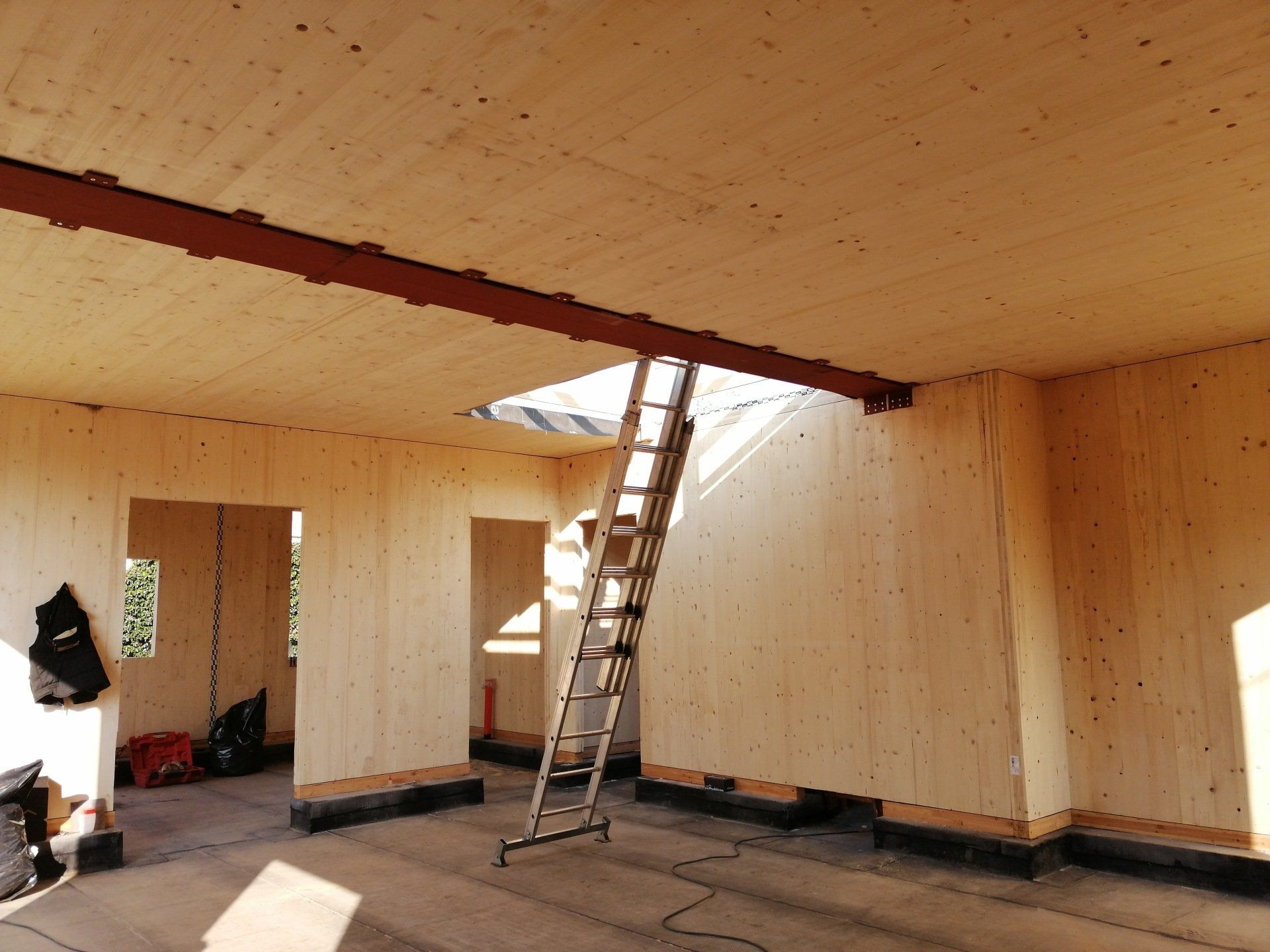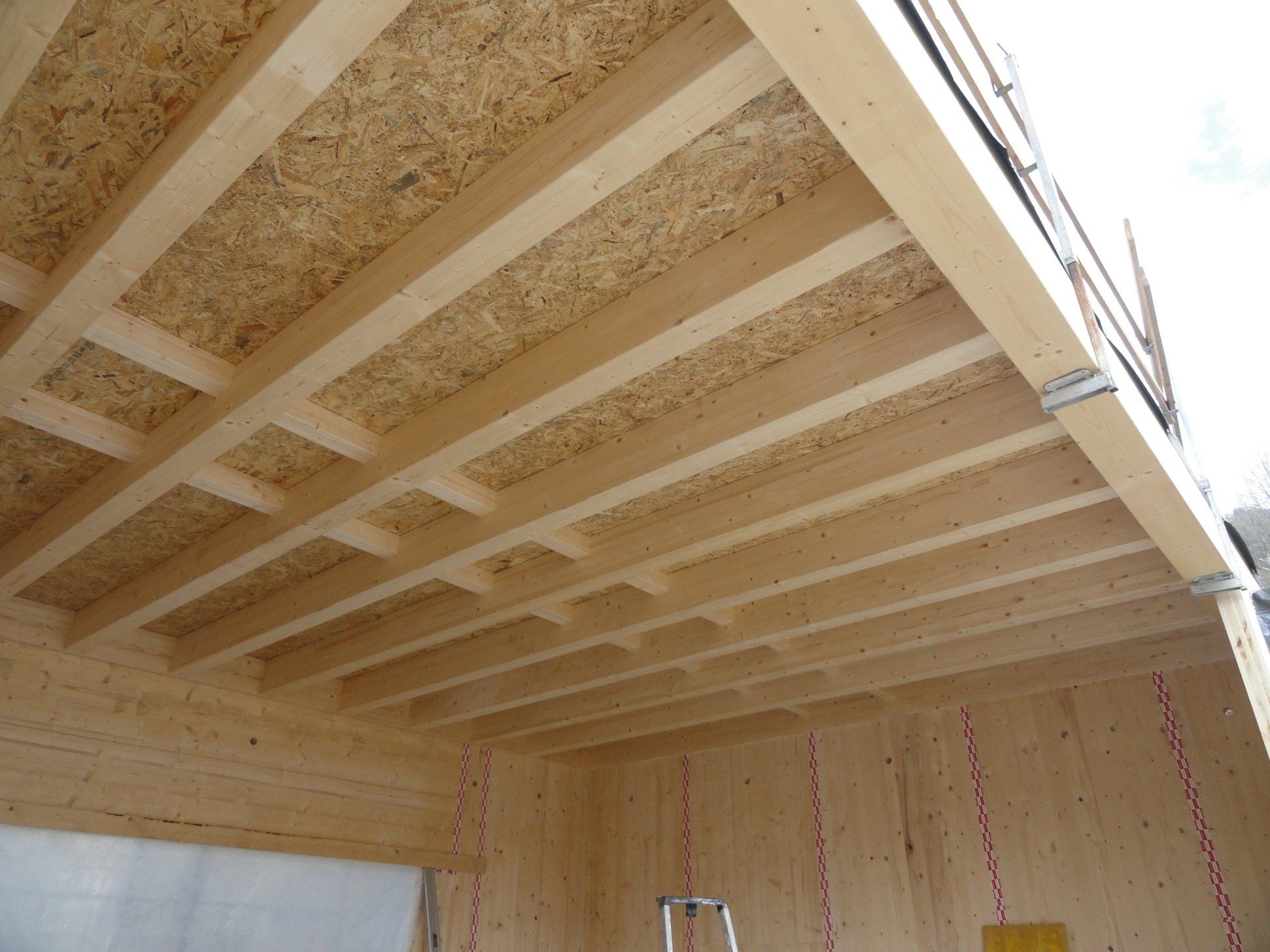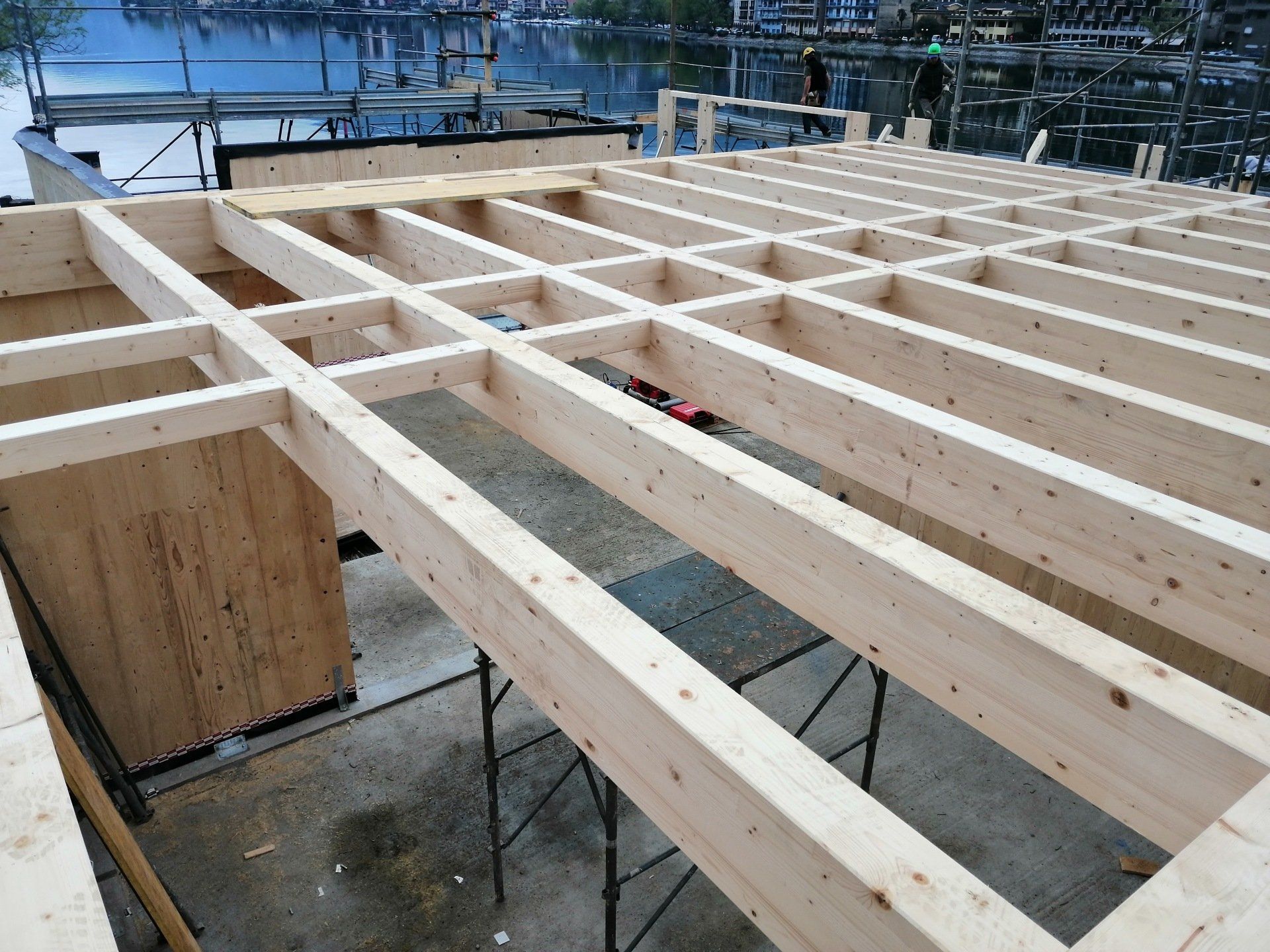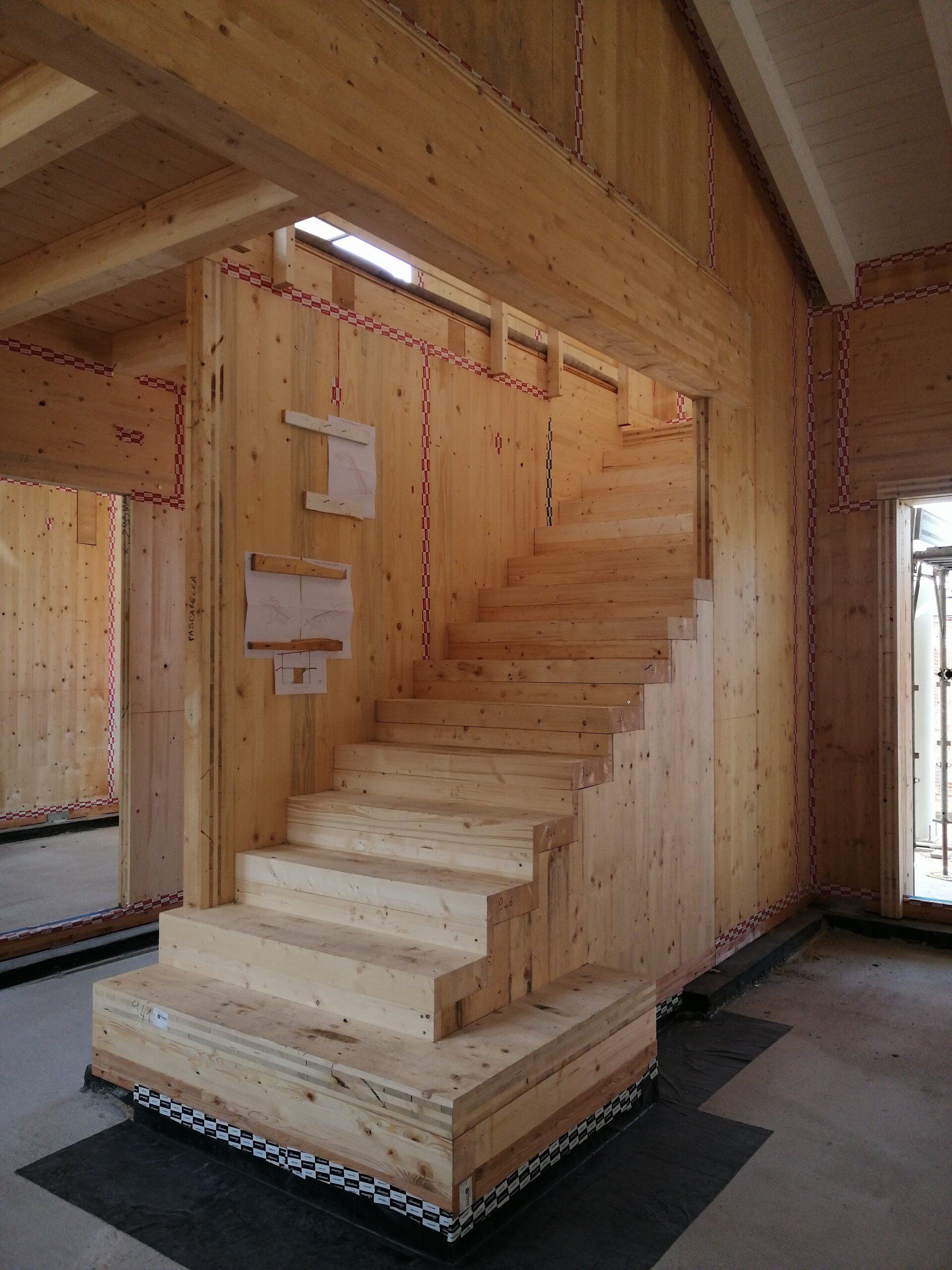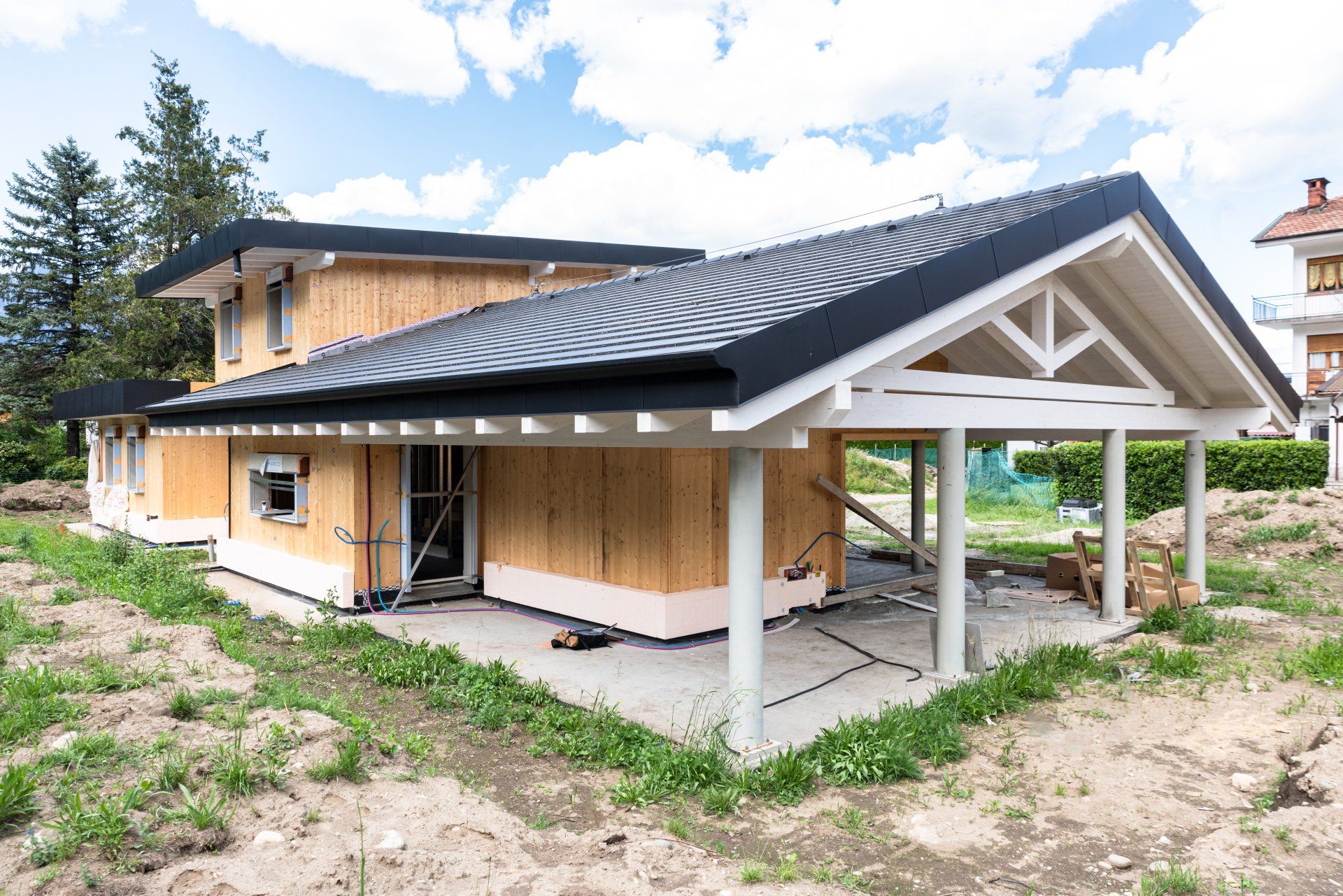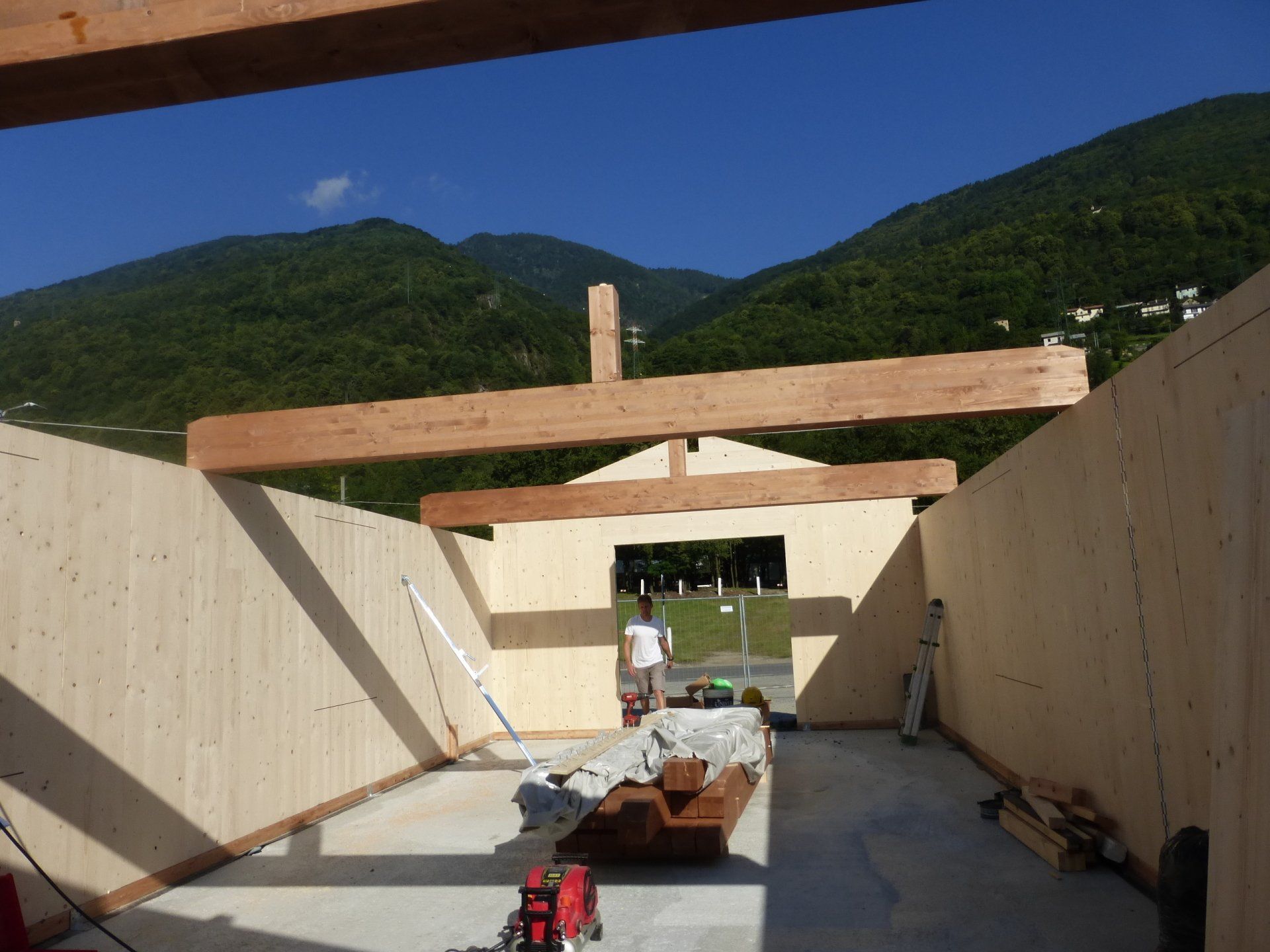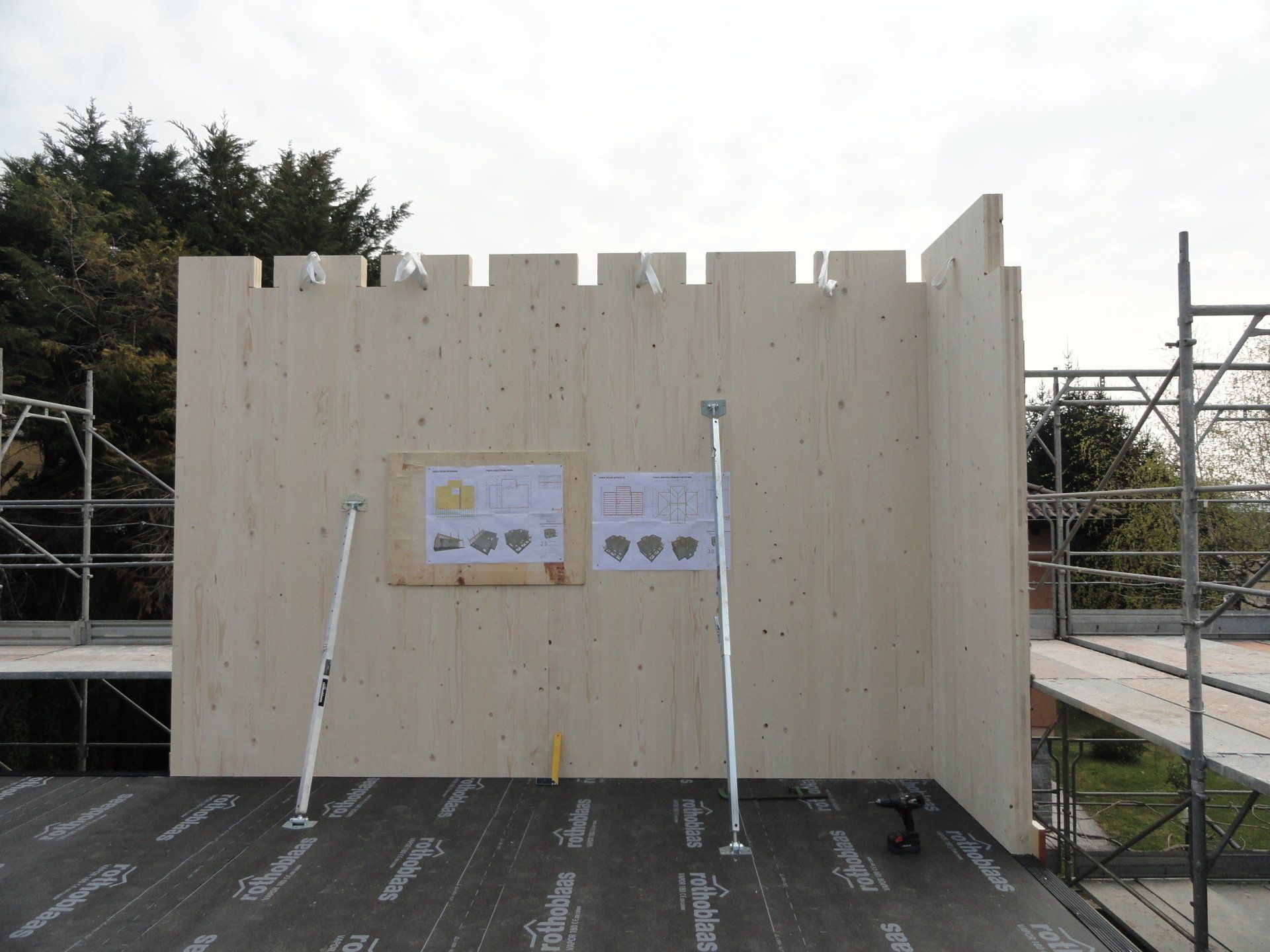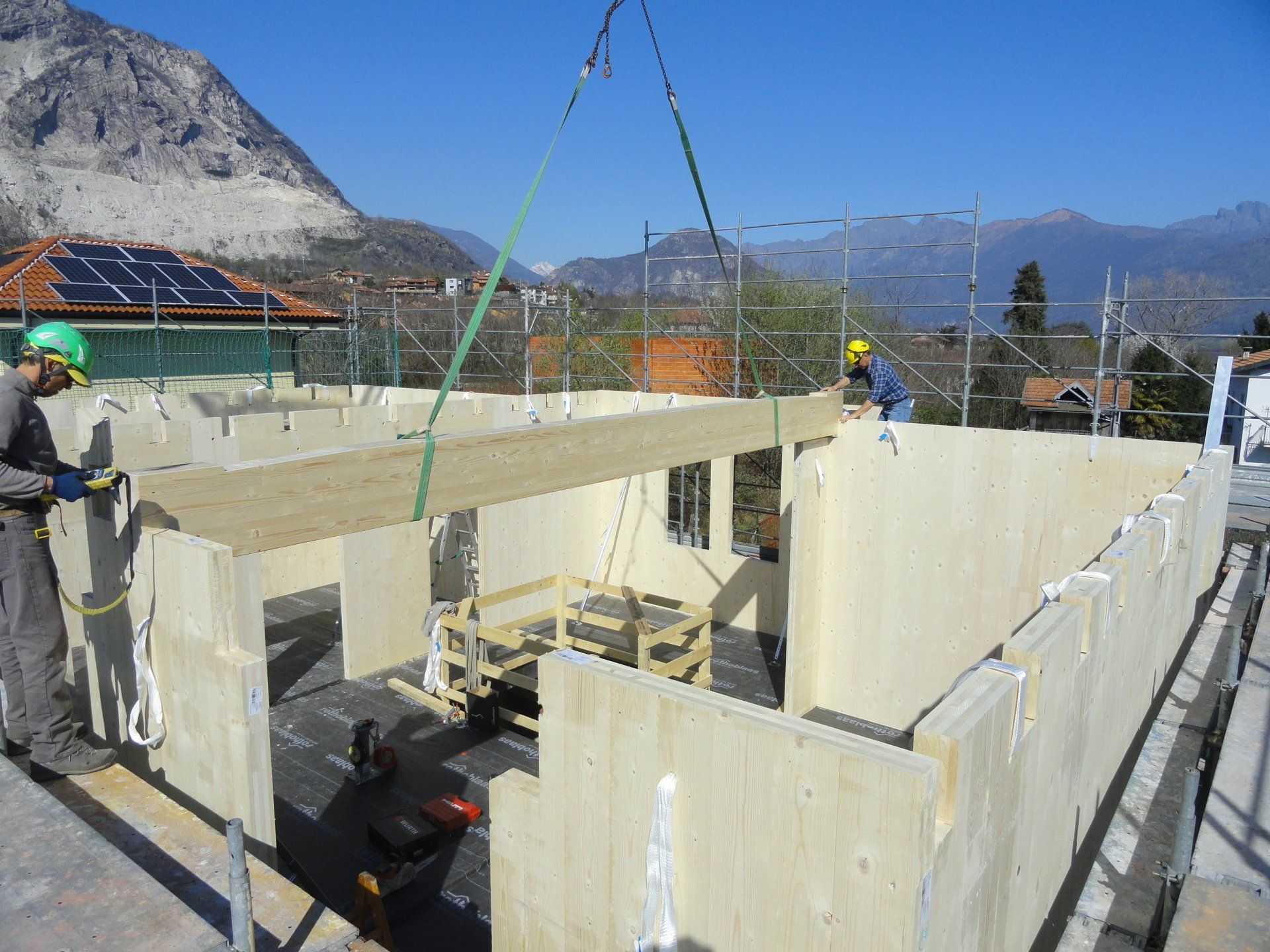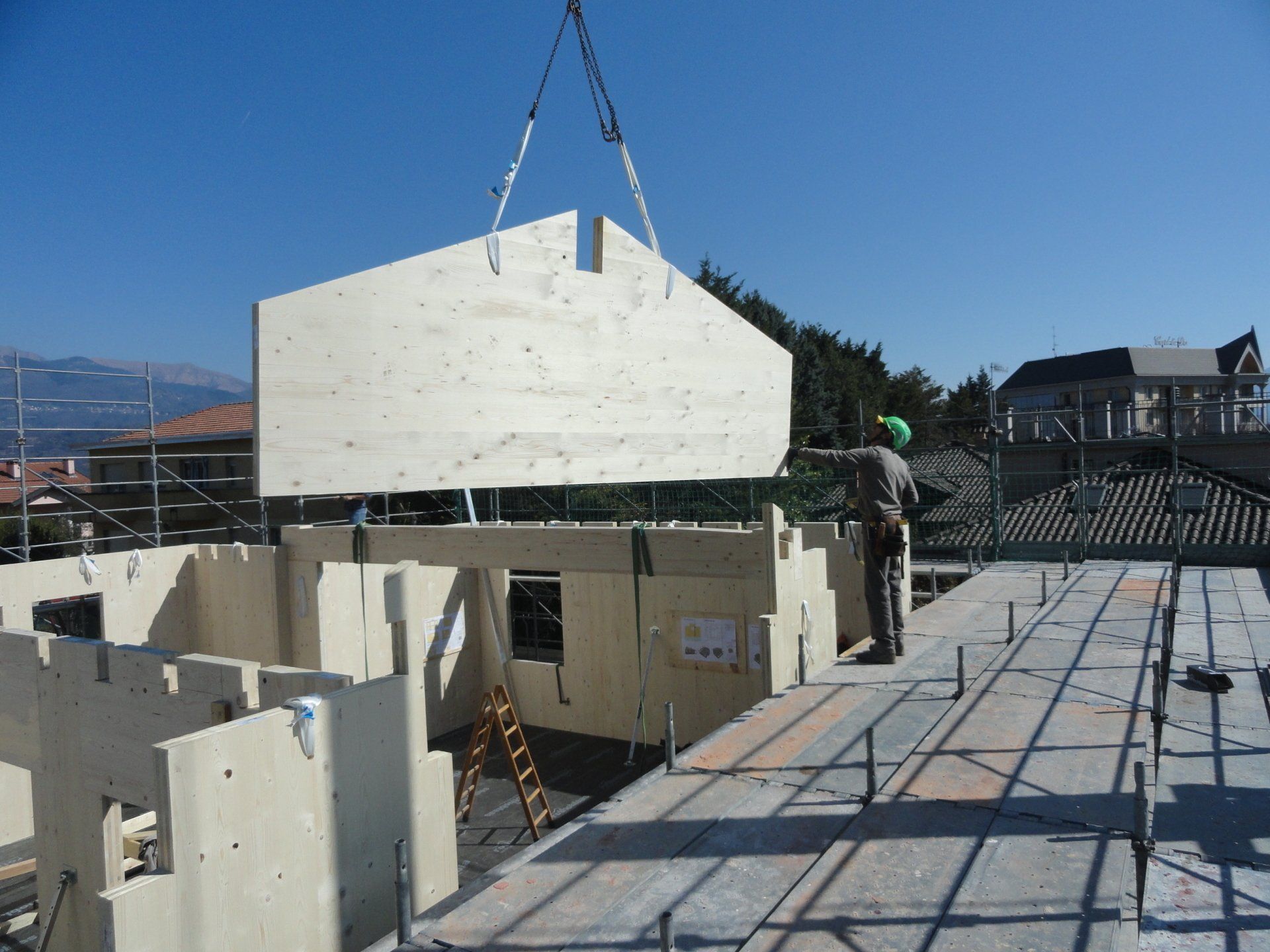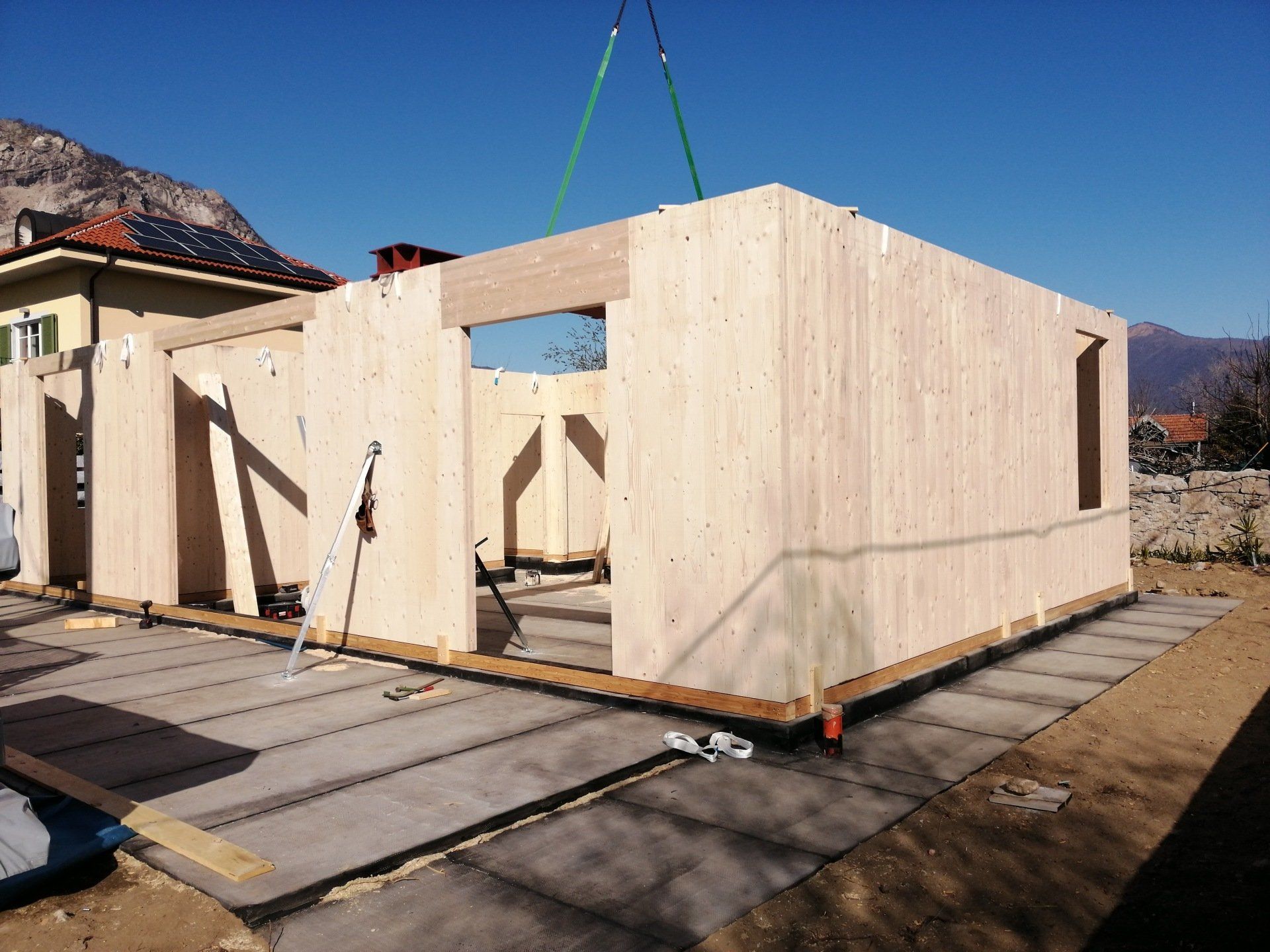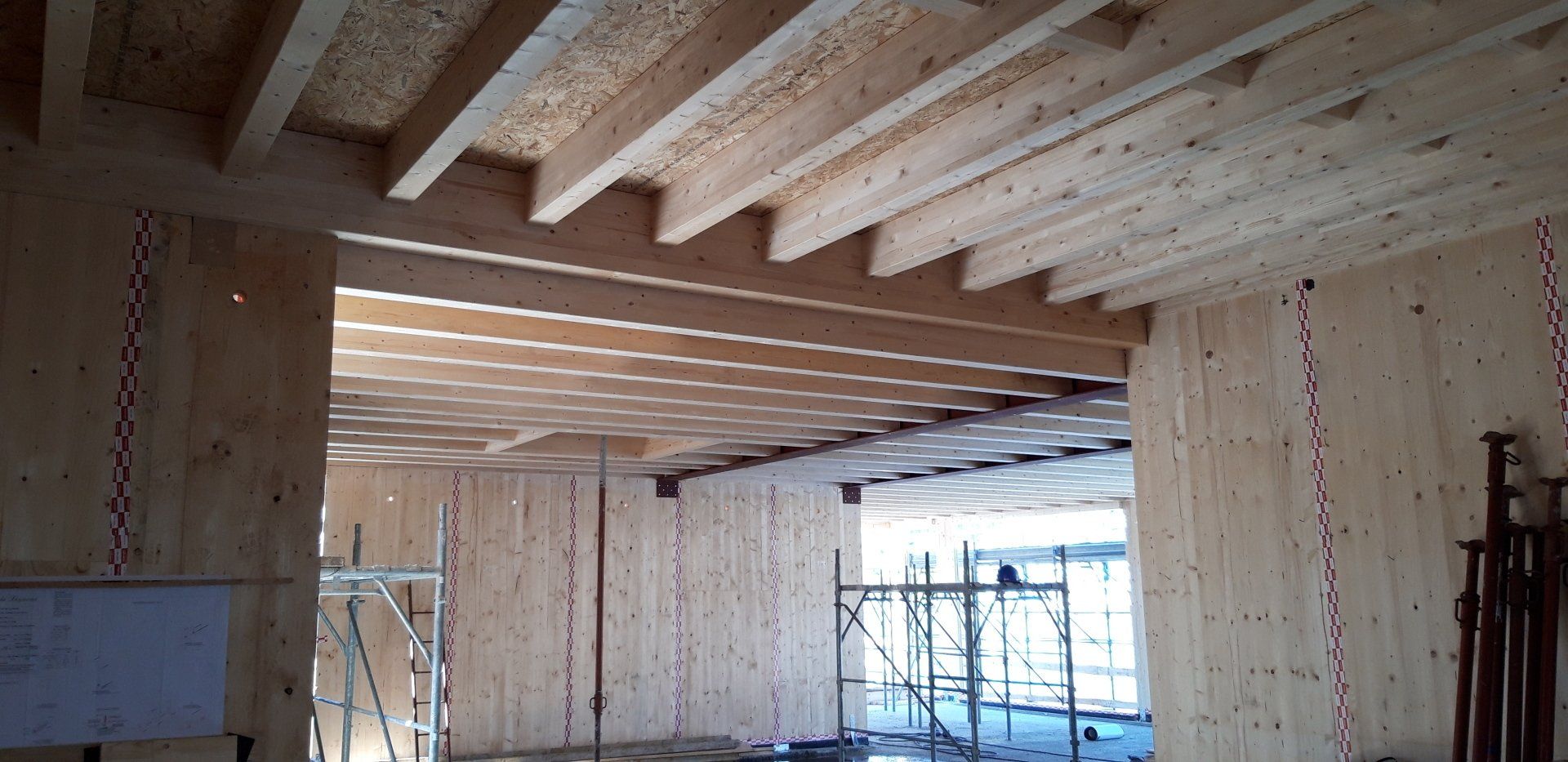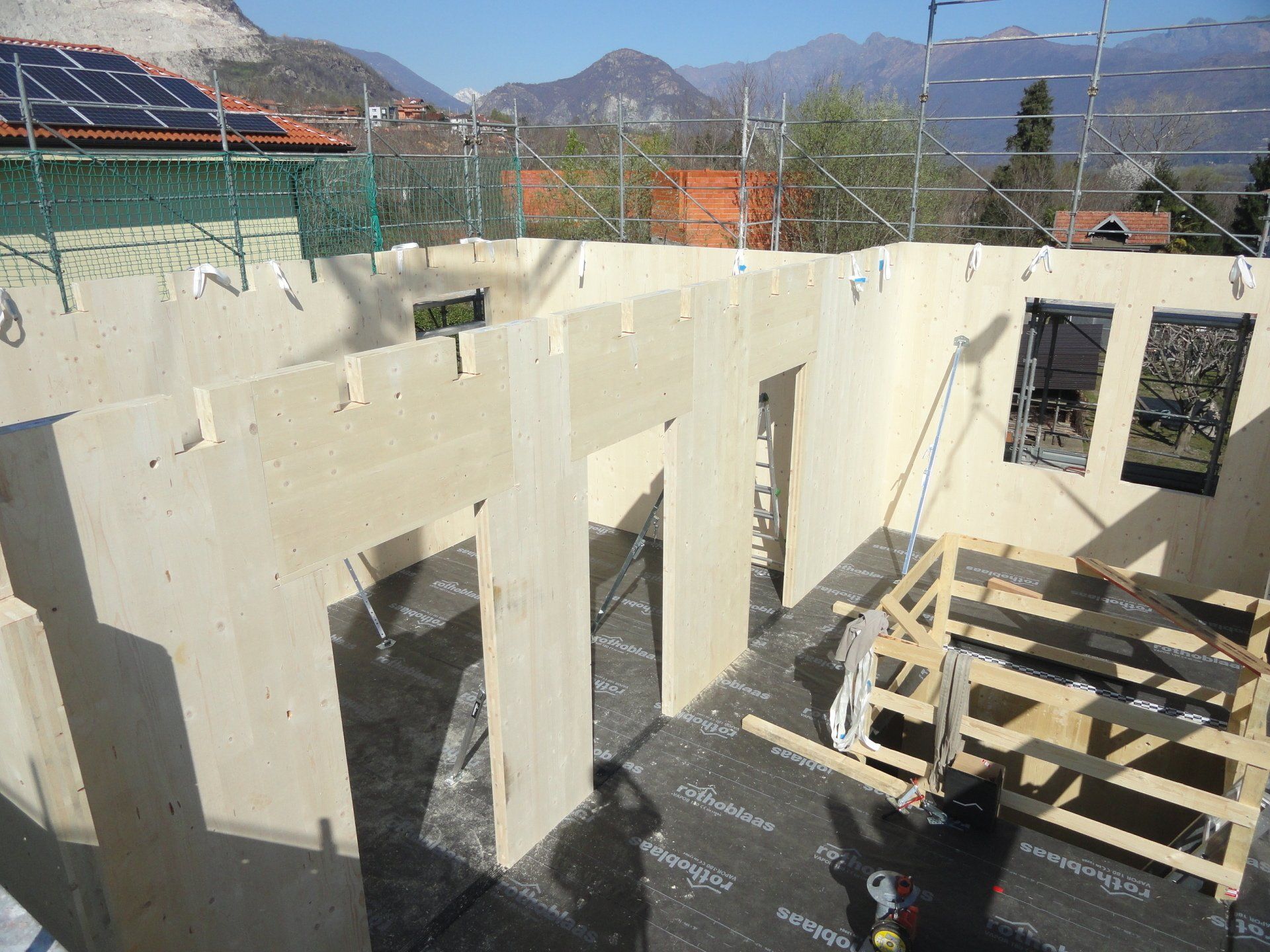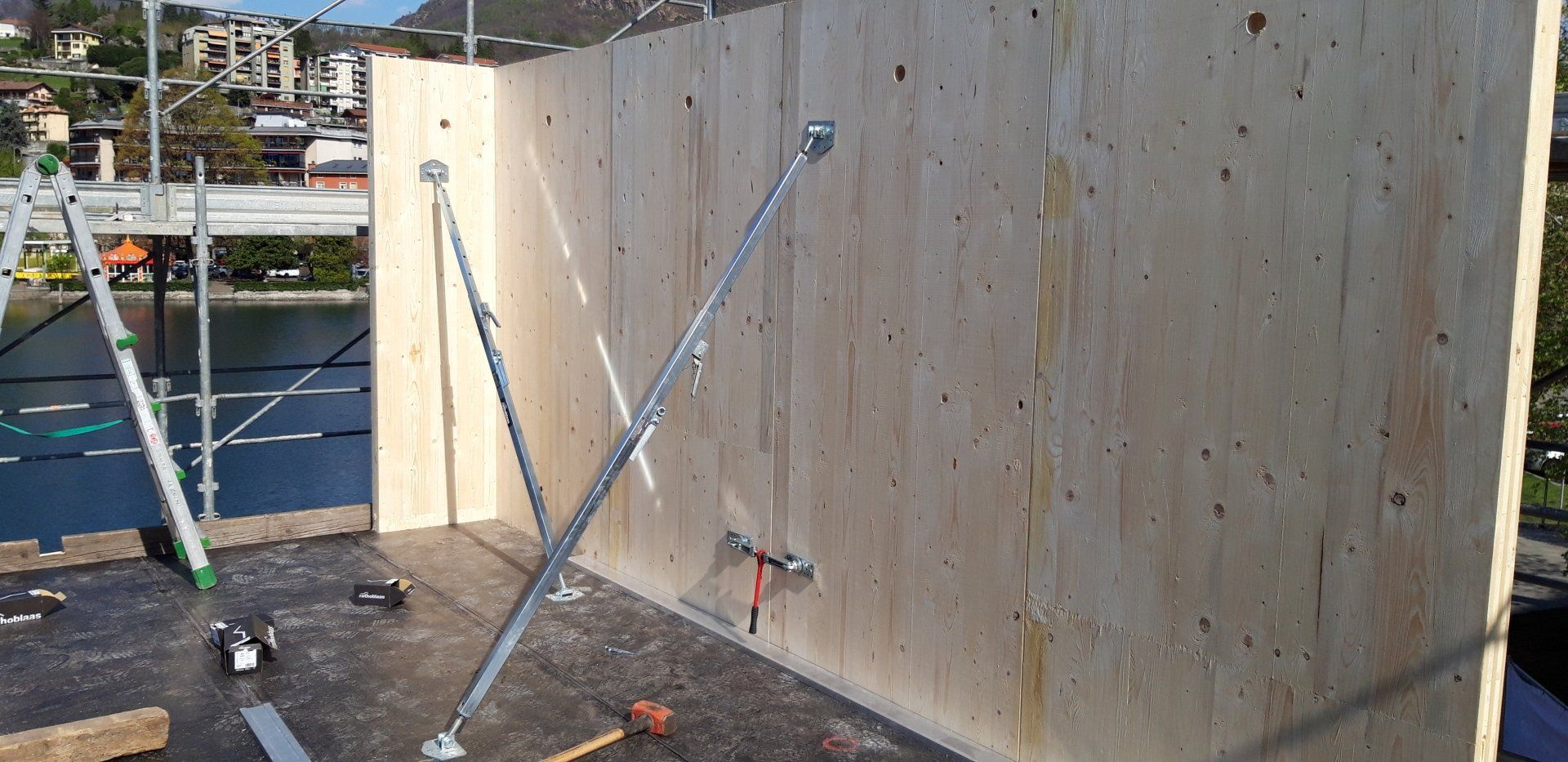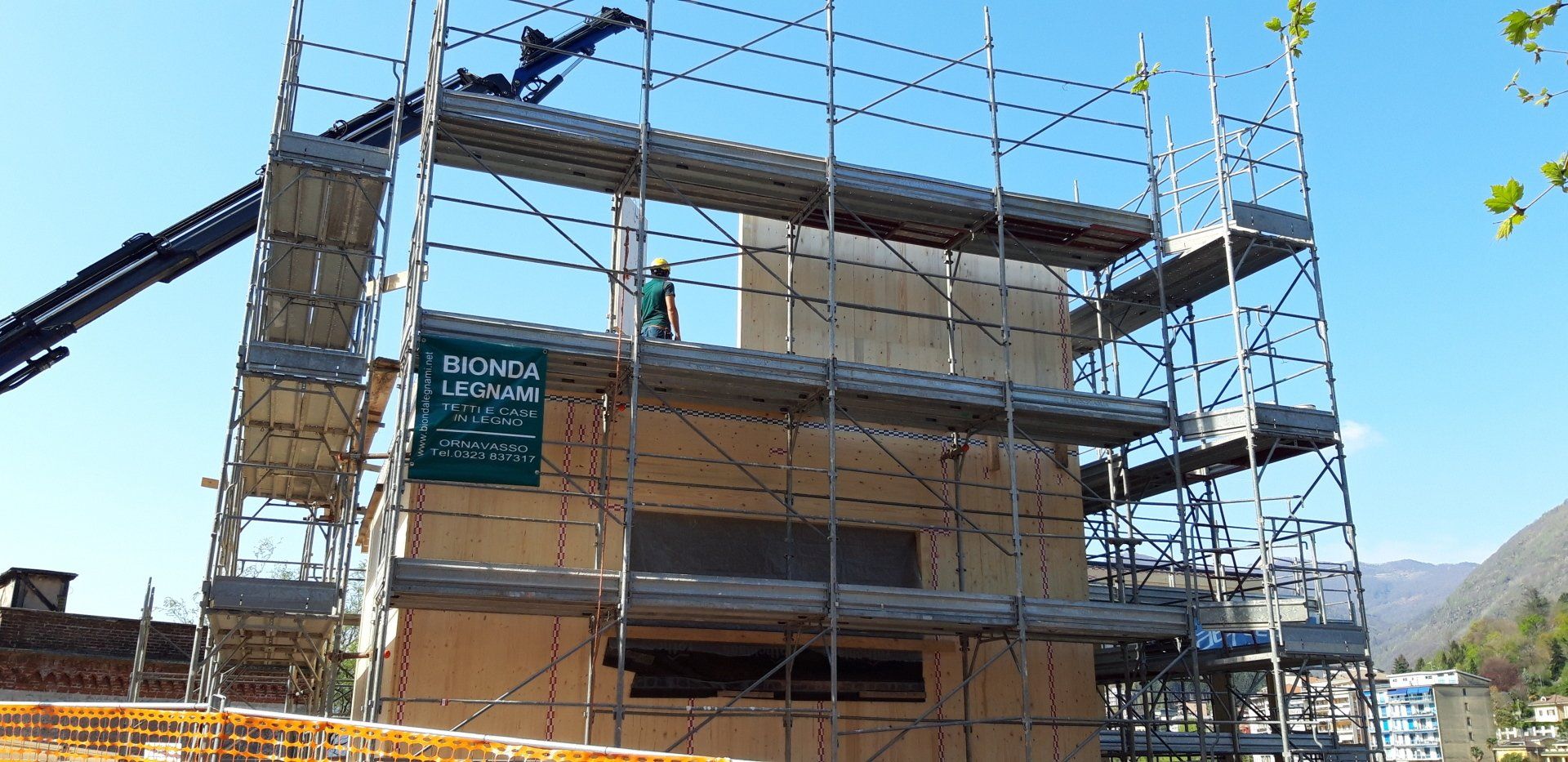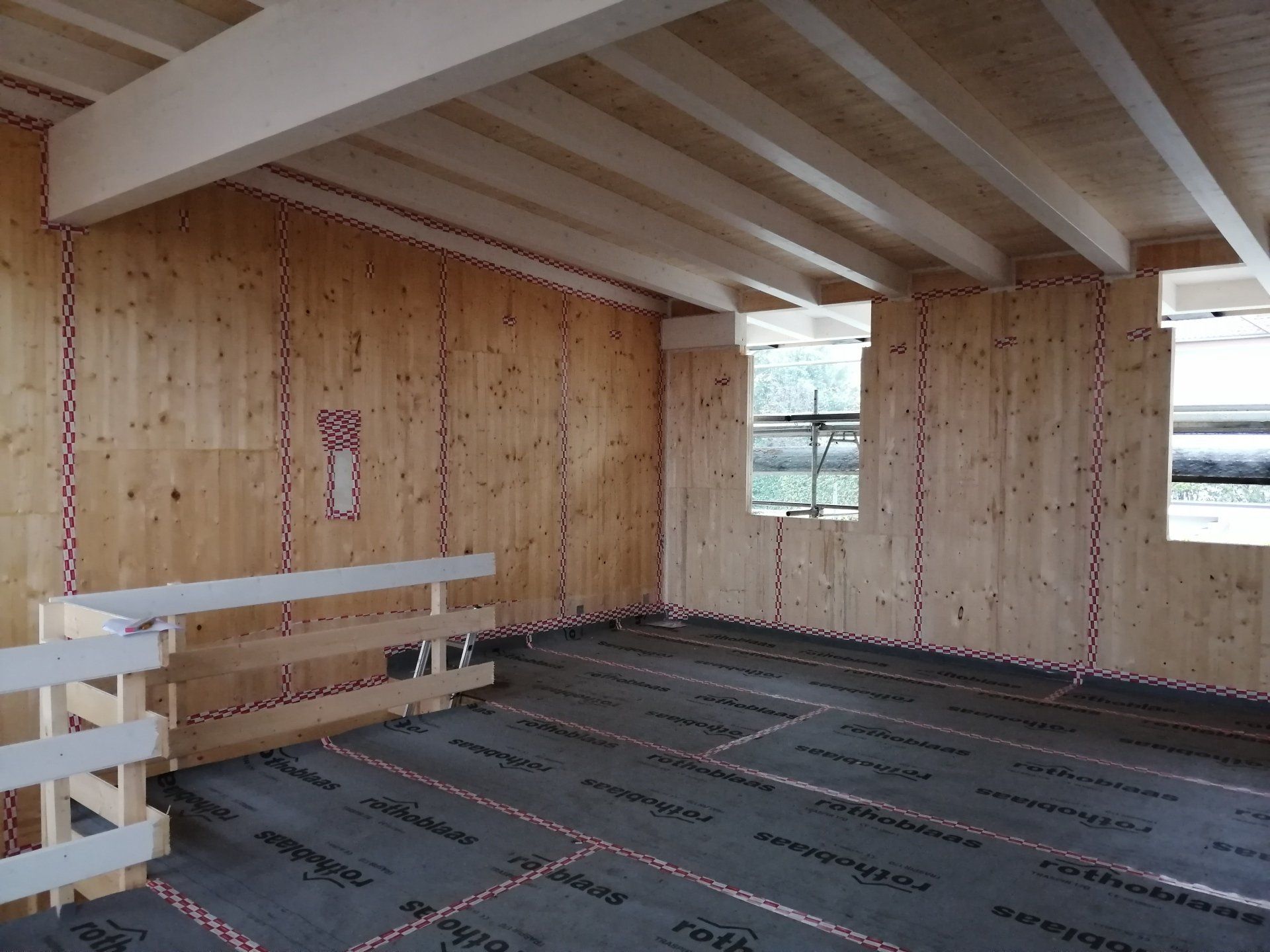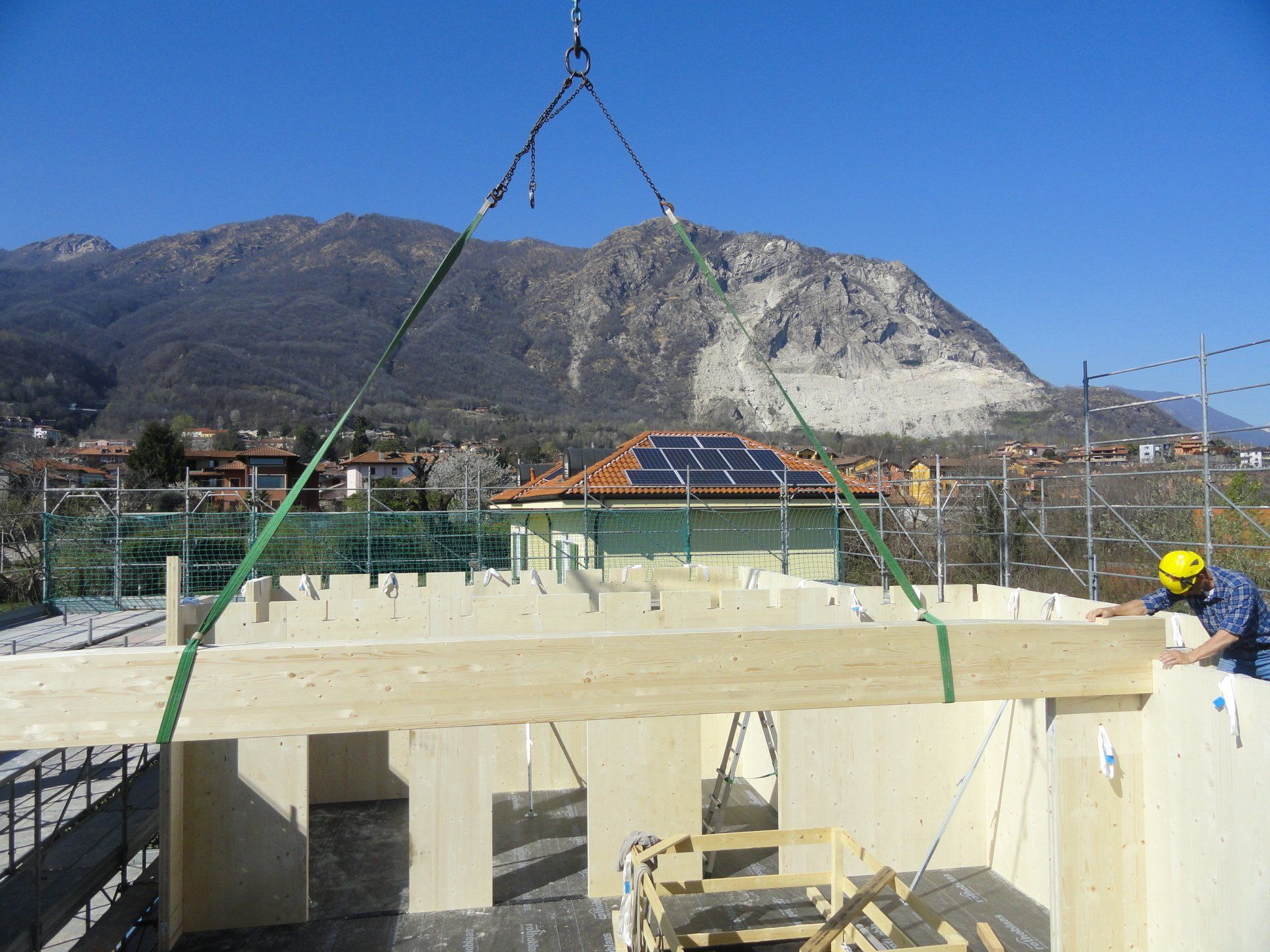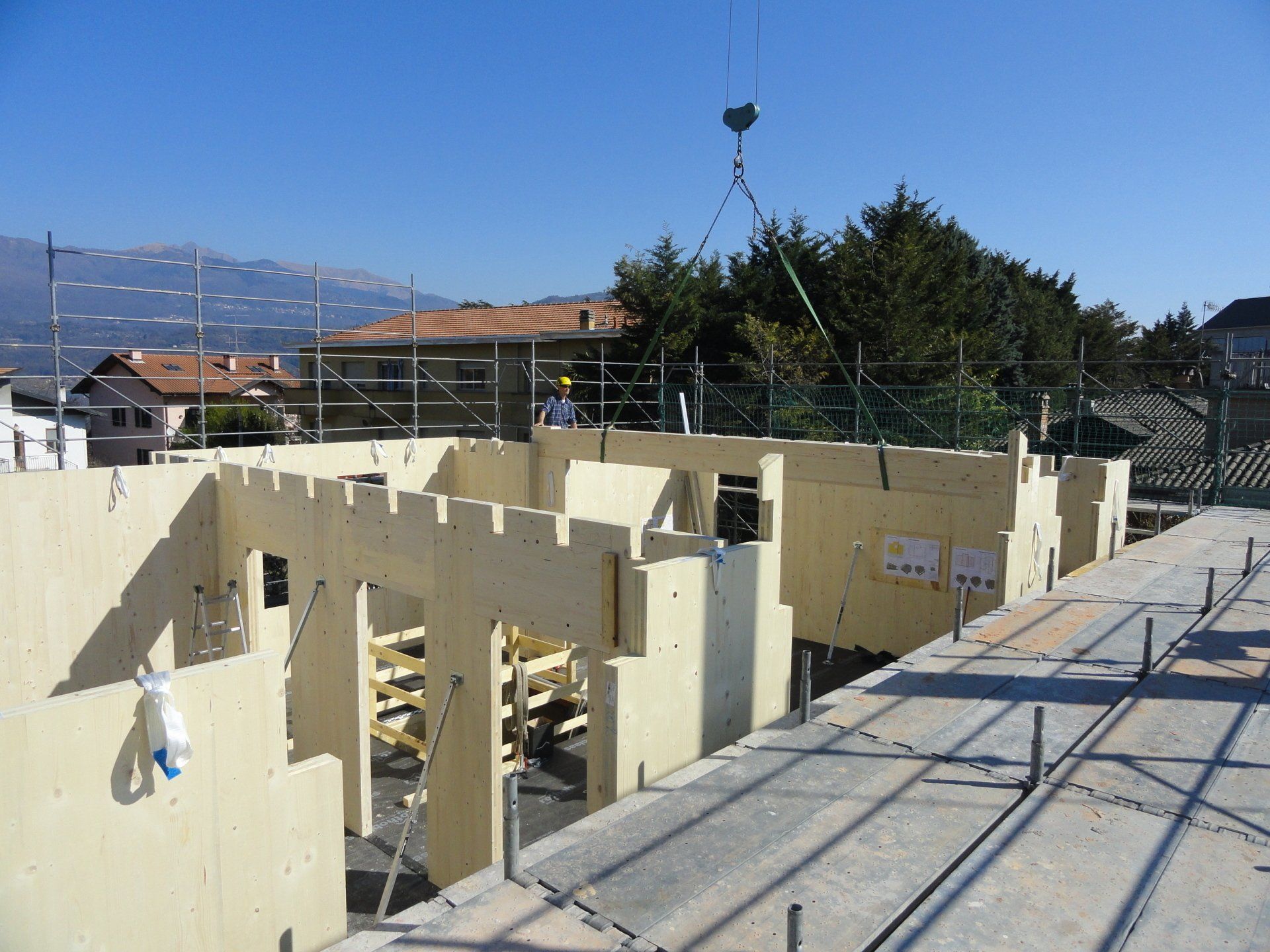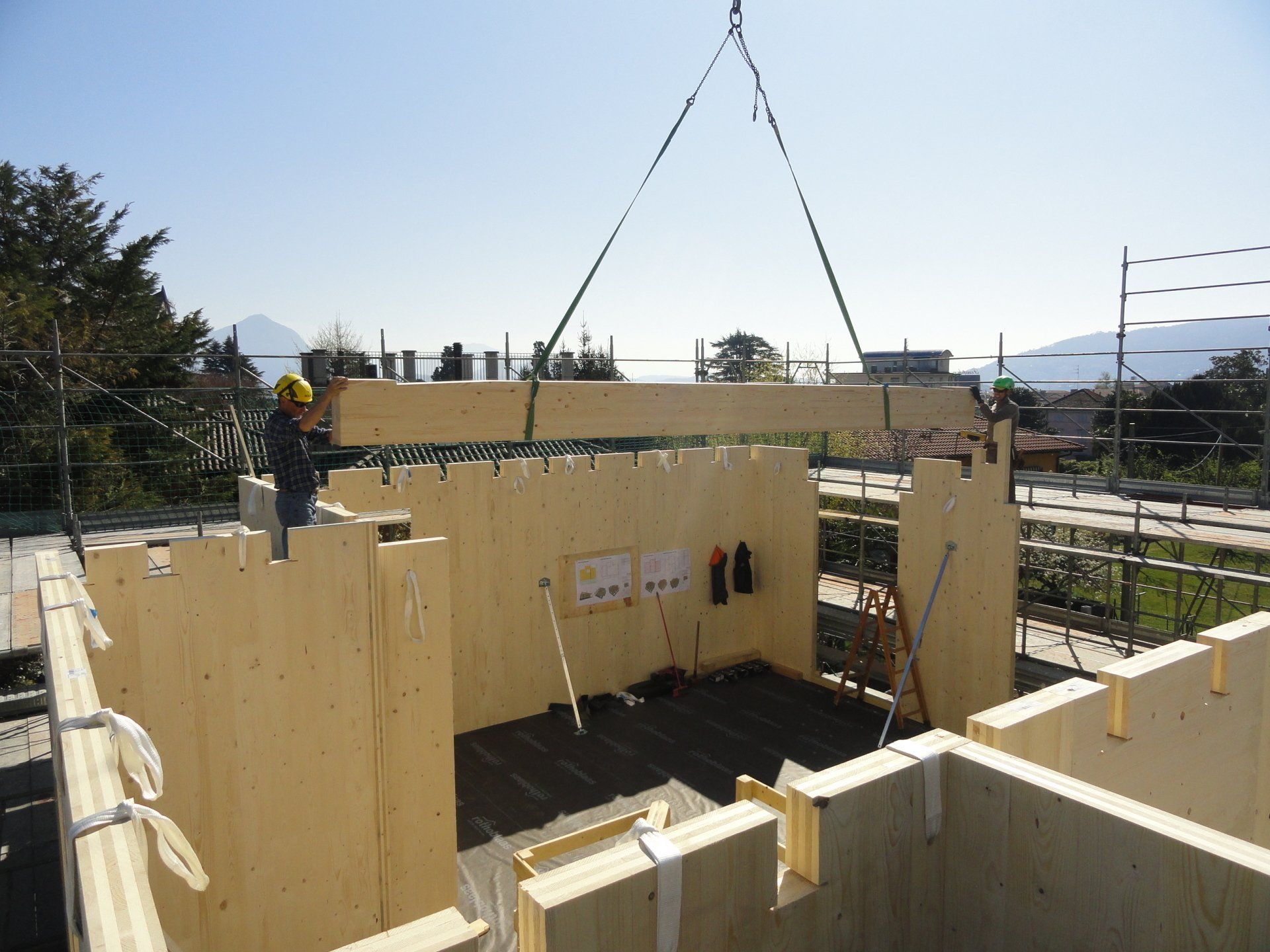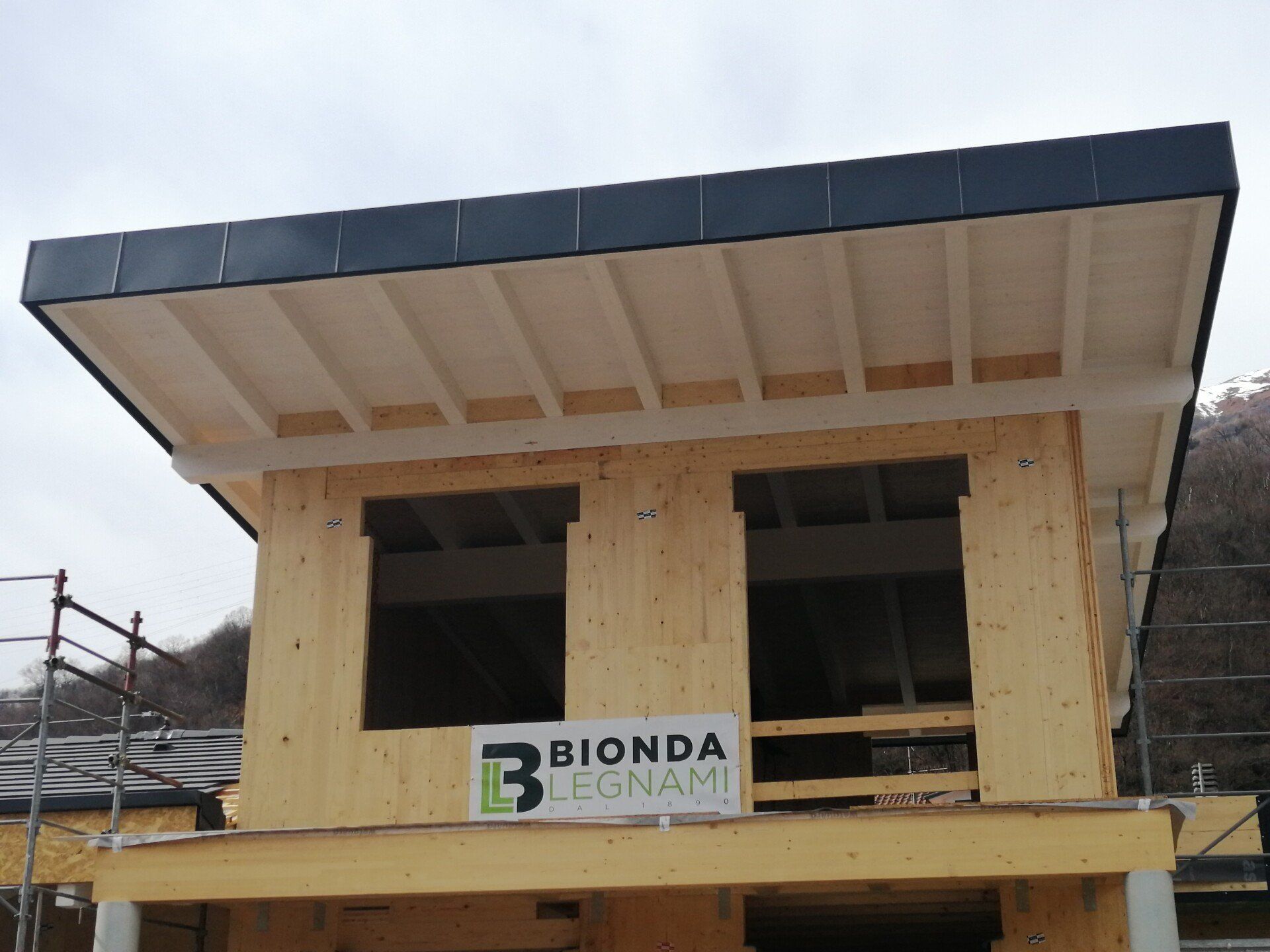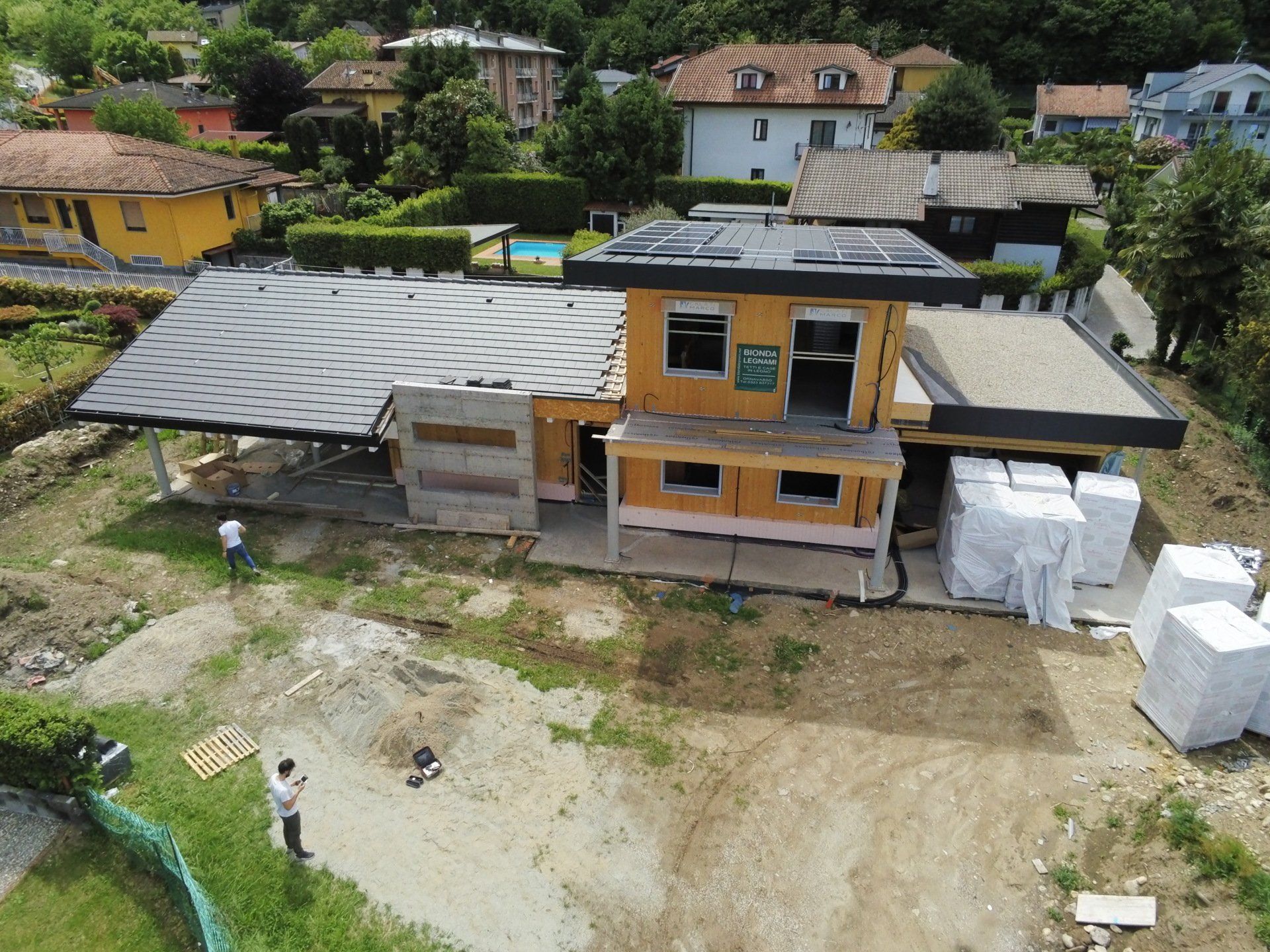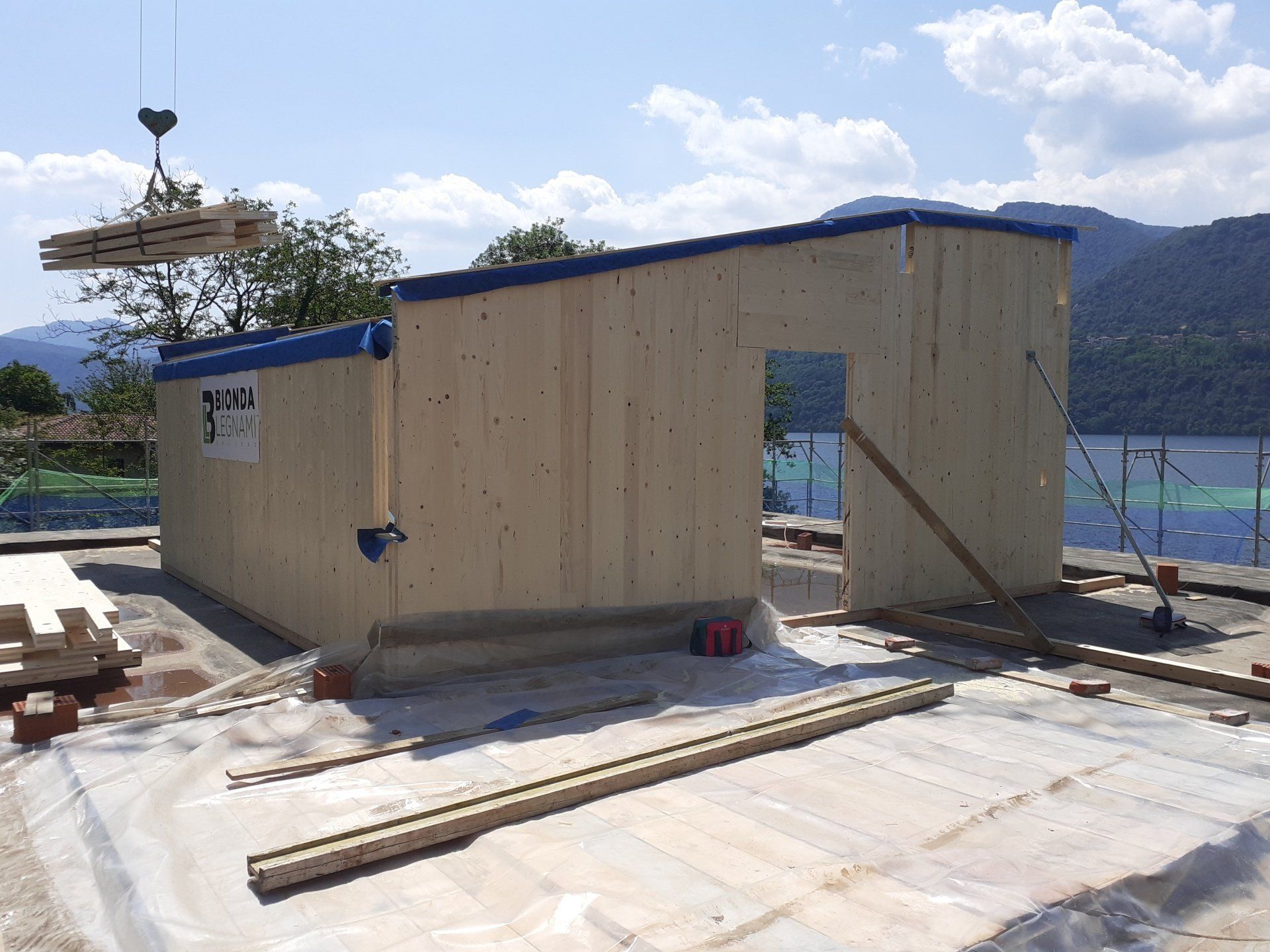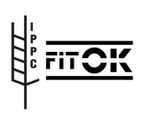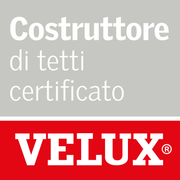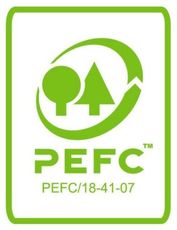Wooden houses... The right choice
Bionda Legnami is the manufacturer of wooden houses in Verbano Cusio Ossola
Wooden construction solutions for the present and the future
Healthy and comfortable environment
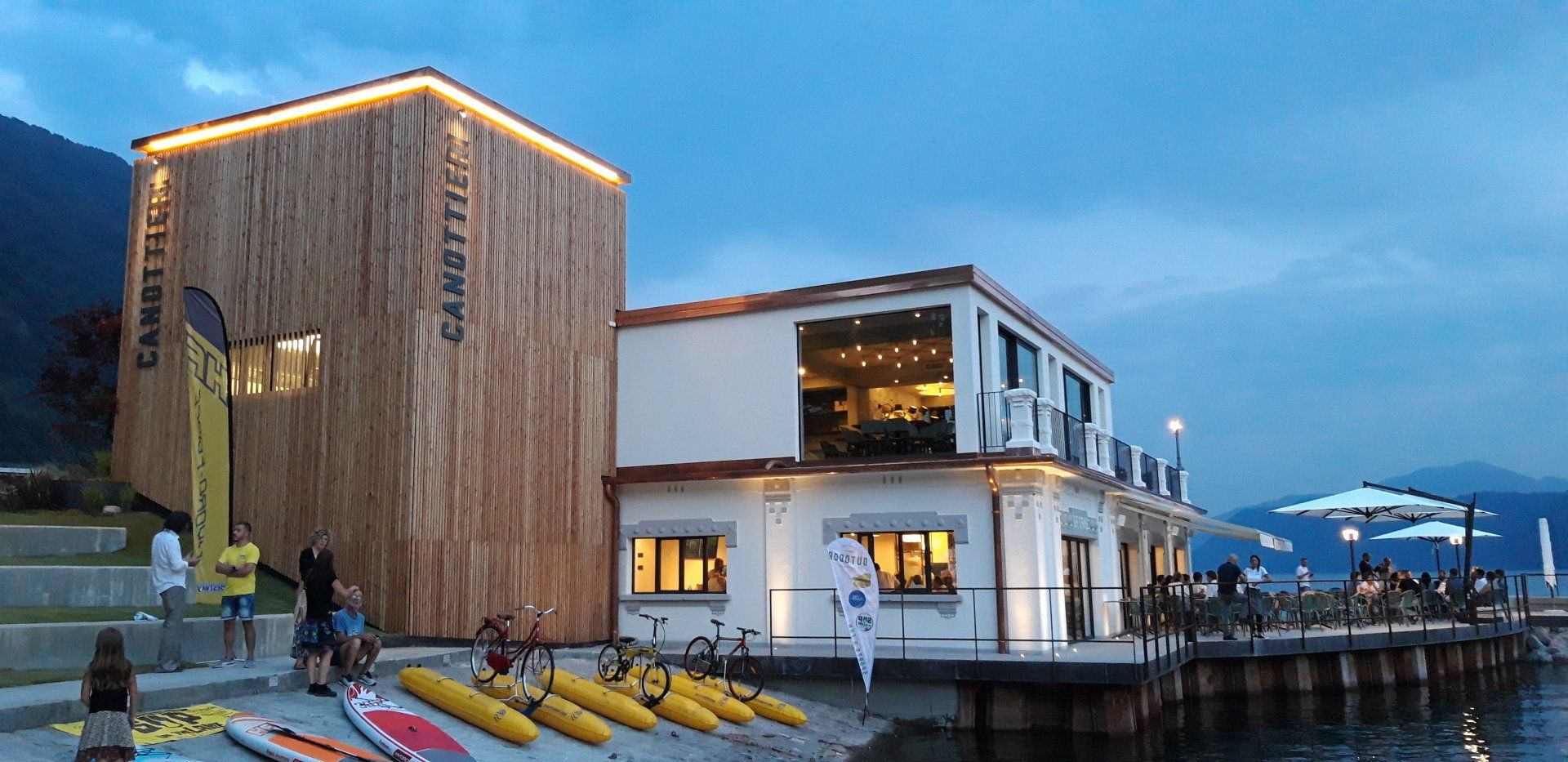
Slide title
Scrivi qui la tua didascaliaButton
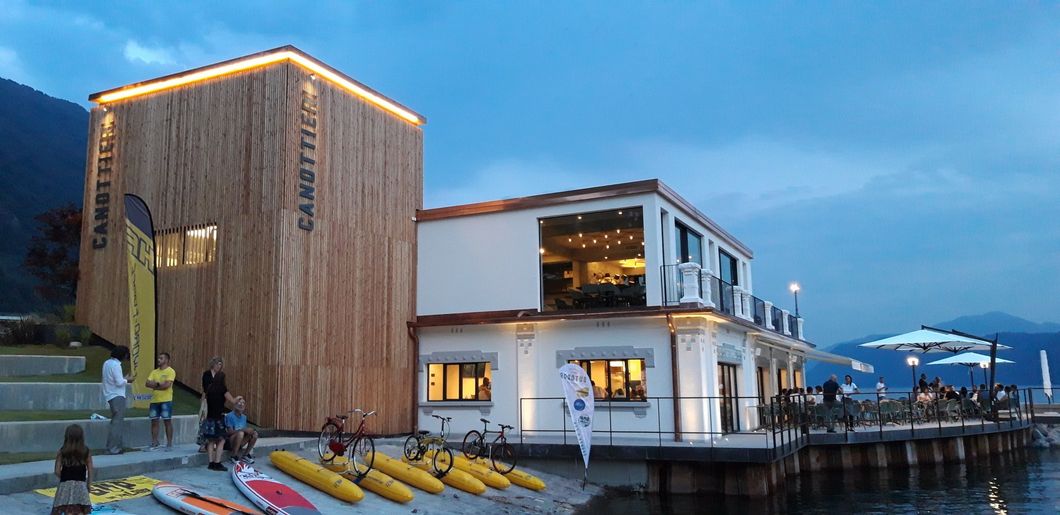
Slide title
Scrivi qui la tua didascaliaButton
Healthy and comfortable environment
We create custom made wooden houses
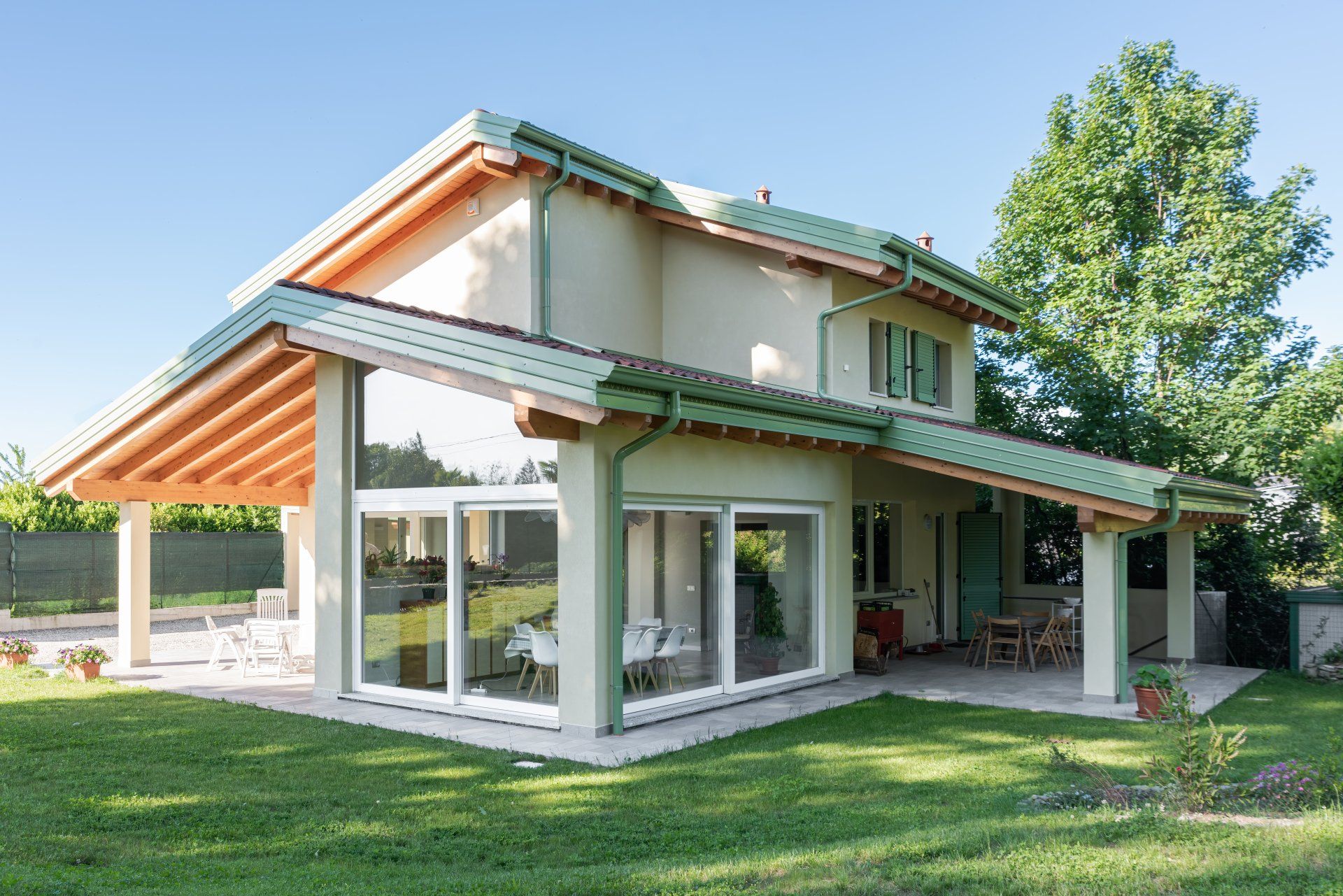 Scrivi qui la tua didascaliaButton
Scrivi qui la tua didascaliaButton
Creation of custom made wooden houses
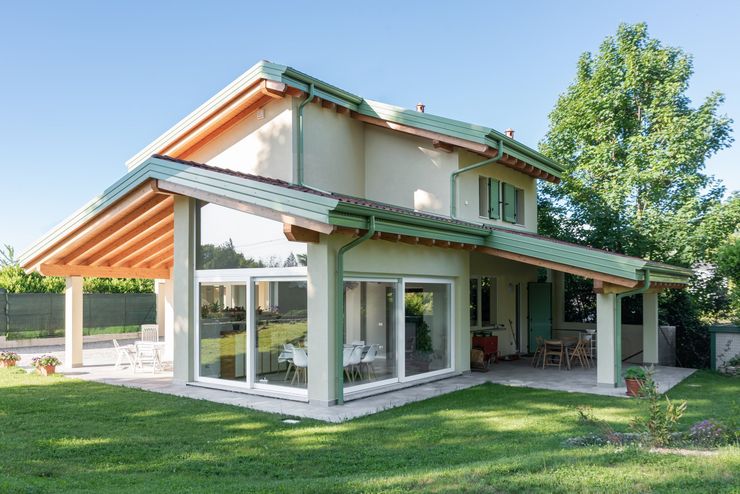 Scrivi qui la tua didascaliaButton
Scrivi qui la tua didascaliaButton
Exceptional performance
Slide title
Scrivi qui la tua didascaliaButton
- a high thermo-hygrometric and acoustic comfort;
- a perfect internal microclimate, thanks to the extraordinary breathability of wood and the use of high-performance insulating materials;
- a high durability over time, equal to or greater than traditional ones, thanks to careful design and construction of the stratigraphy and construction details;
- excellent mechanical characteristics which, combined with careful structural design, allow high levels of safety to be guaranteed even in the event of seismic actions.
Slide title
Scrivi qui la tua didascaliaButton
Exceptional performance
- a high thermo-hygrometric and acoustic comfort;
- a perfect internal microclimate, thanks to the extraordinary breathability of wood and the use of high-performance insulating materials;
- a high durability over time, equal to or greater than traditional ones, thanks to careful design and construction of the stratigraphy and construction details;
- excellent mechanical characteristics which, combined with careful structural design, allow high levels of safety to be guaranteed even in the event of seismic actions.
Some of our buildings in Verbano Cusio Ossola
Prefabricated wooden house in Baveno
Slide title
Scrivi qui la tua didascaliaButton- Scrivi qui la tua didascaliaButton
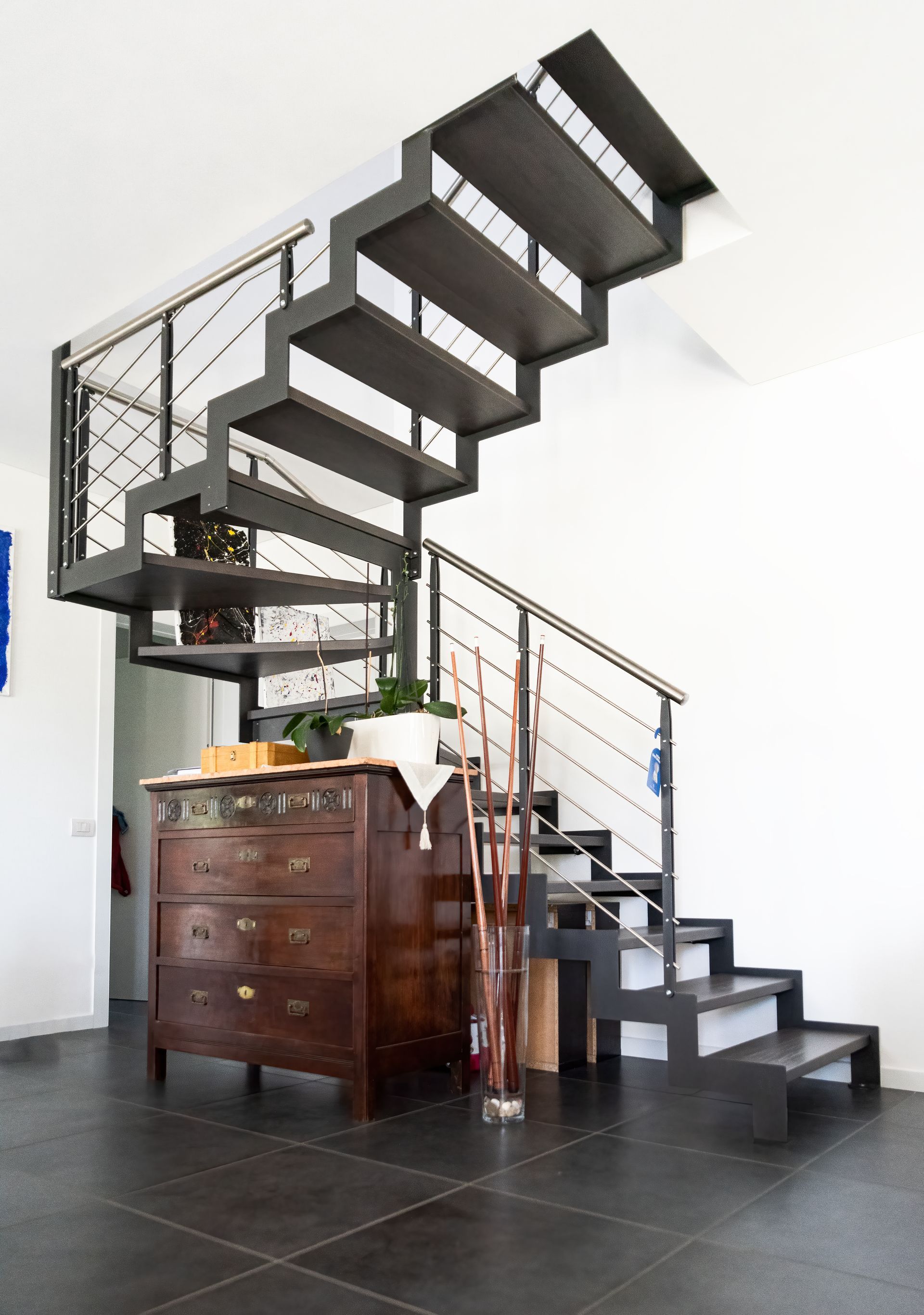 Scrivi qui la tua didascaliaButton
Scrivi qui la tua didascaliaButtonSlide title
Scrivi qui la tua didascaliaButtonSlide title
Scrivi qui la tua didascaliaButton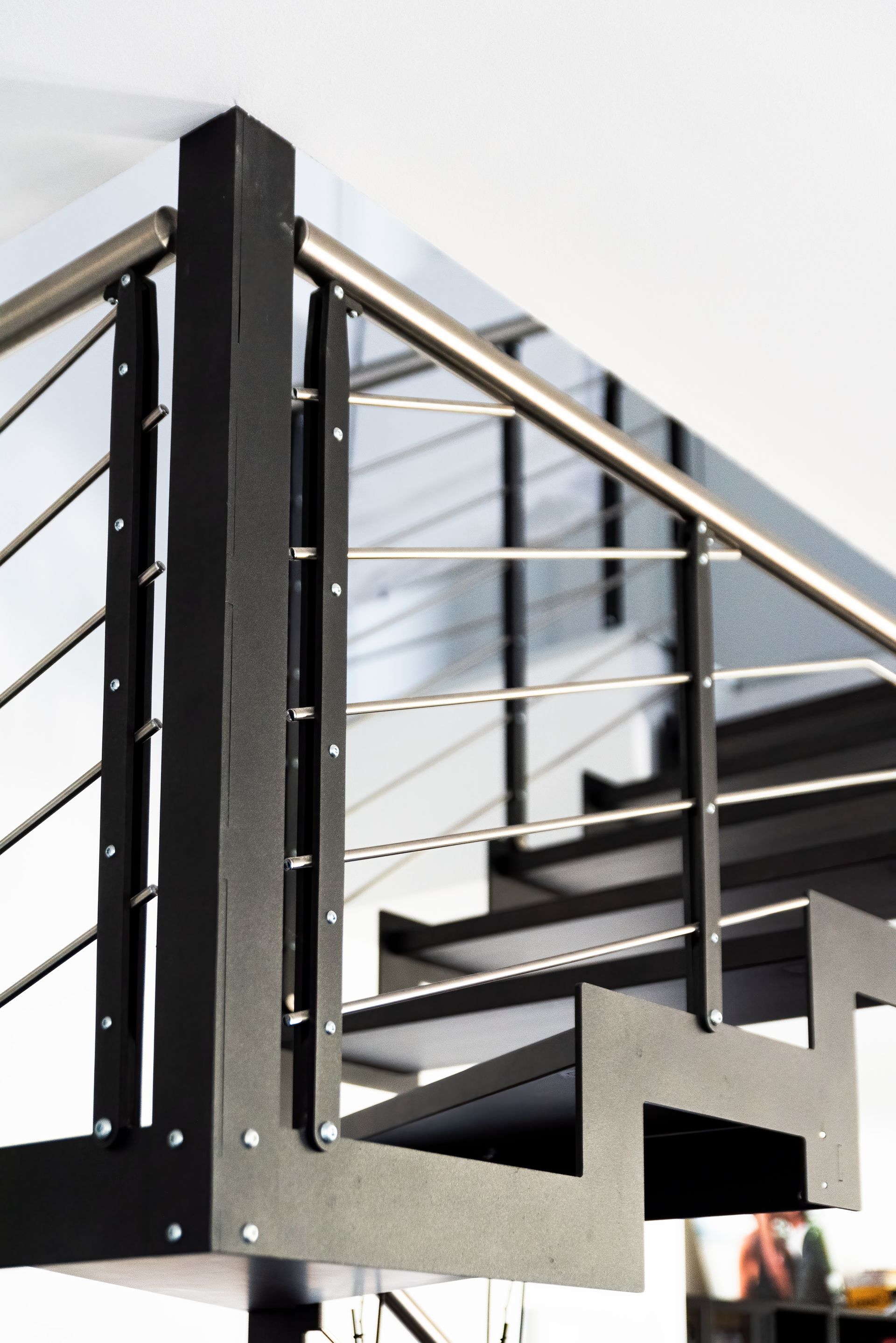
Slide title
Scrivi qui la tua didascaliaButton
Prefabricated wooden house in Baveno
Slide title
Scrivi qui la tua didascaliaButton- Scrivi qui la tua didascaliaButton
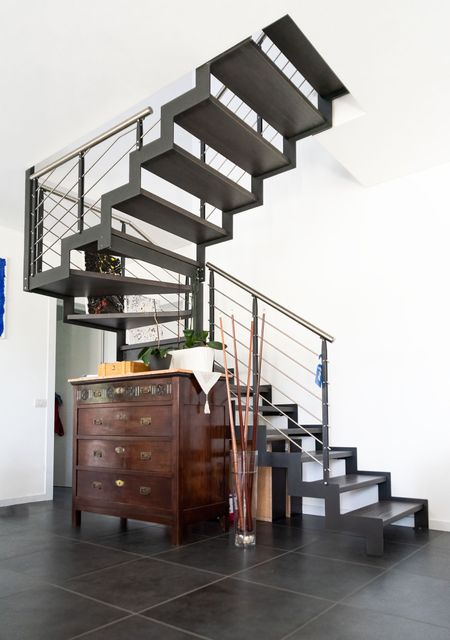 Scrivi qui la tua didascaliaButton
Scrivi qui la tua didascaliaButtonSlide title
Scrivi qui la tua didascaliaButtonSlide title
Scrivi qui la tua didascaliaButton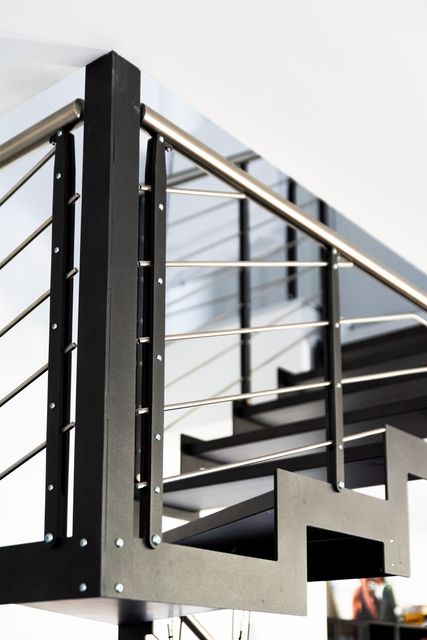
Slide title
Scrivi qui la tua didascaliaButton
Prefabricated wooden house in Lesa
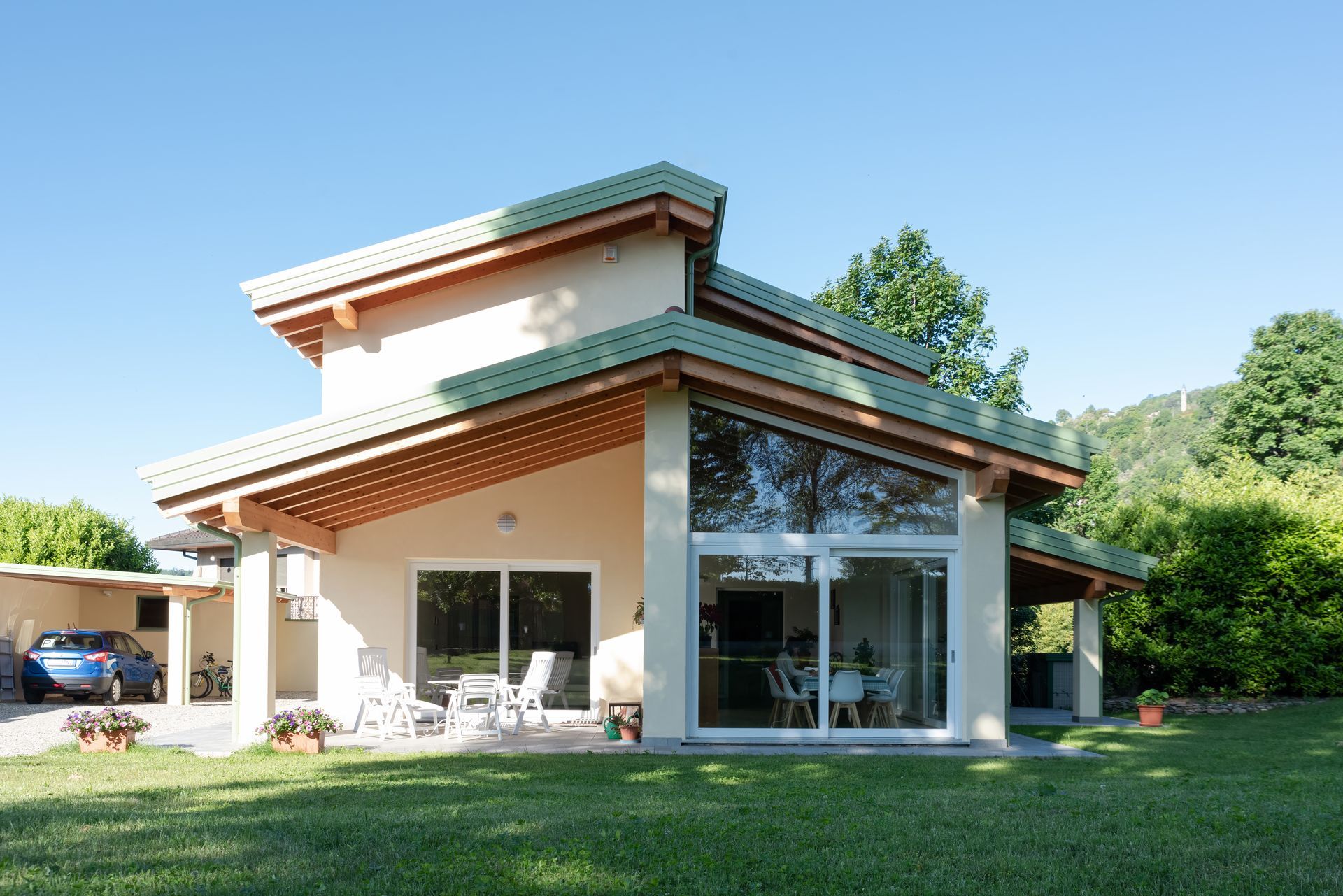
Slide title
Scrivi qui la tua didascaliaButton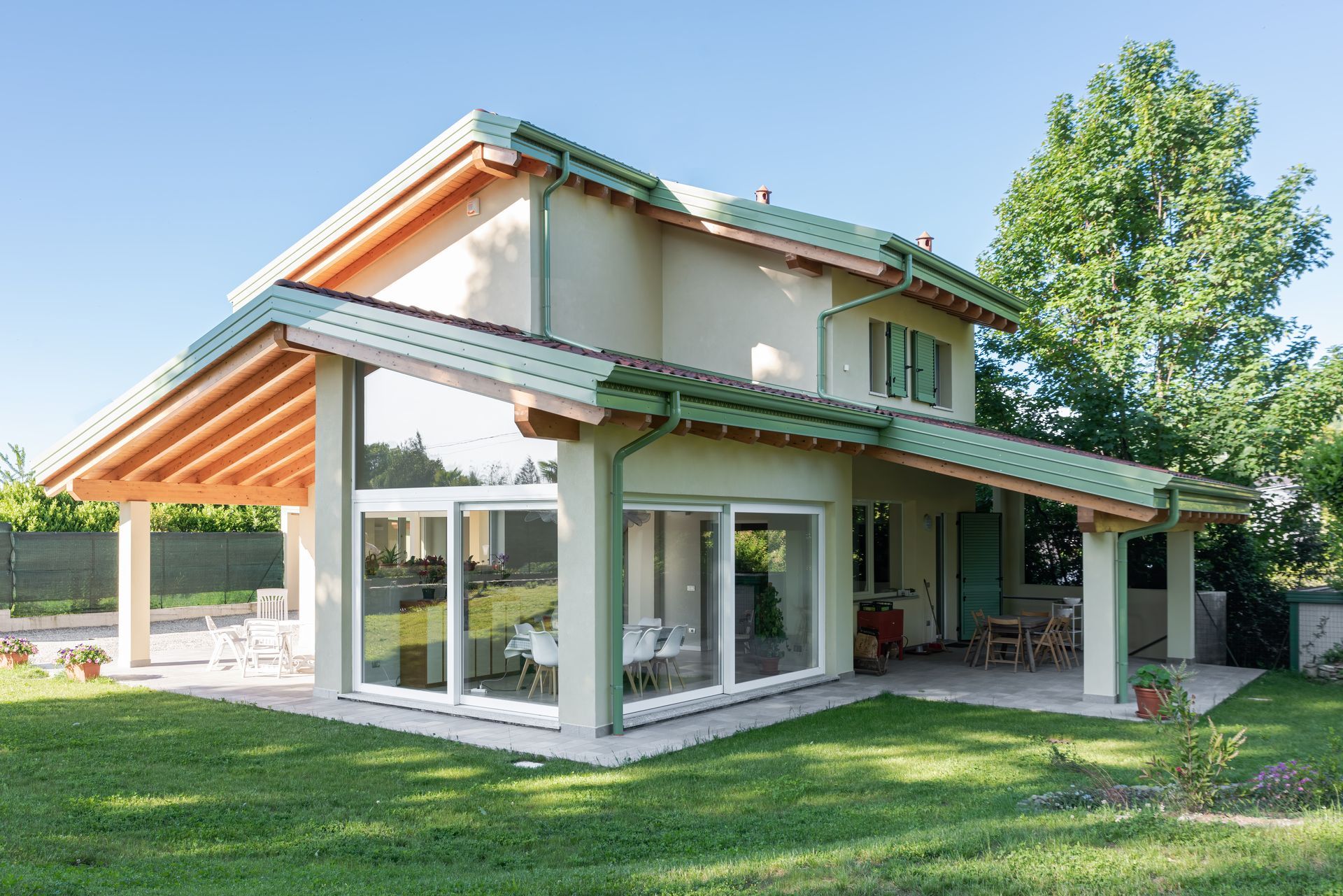
Slide title
Scrivi qui la tua didascaliaButton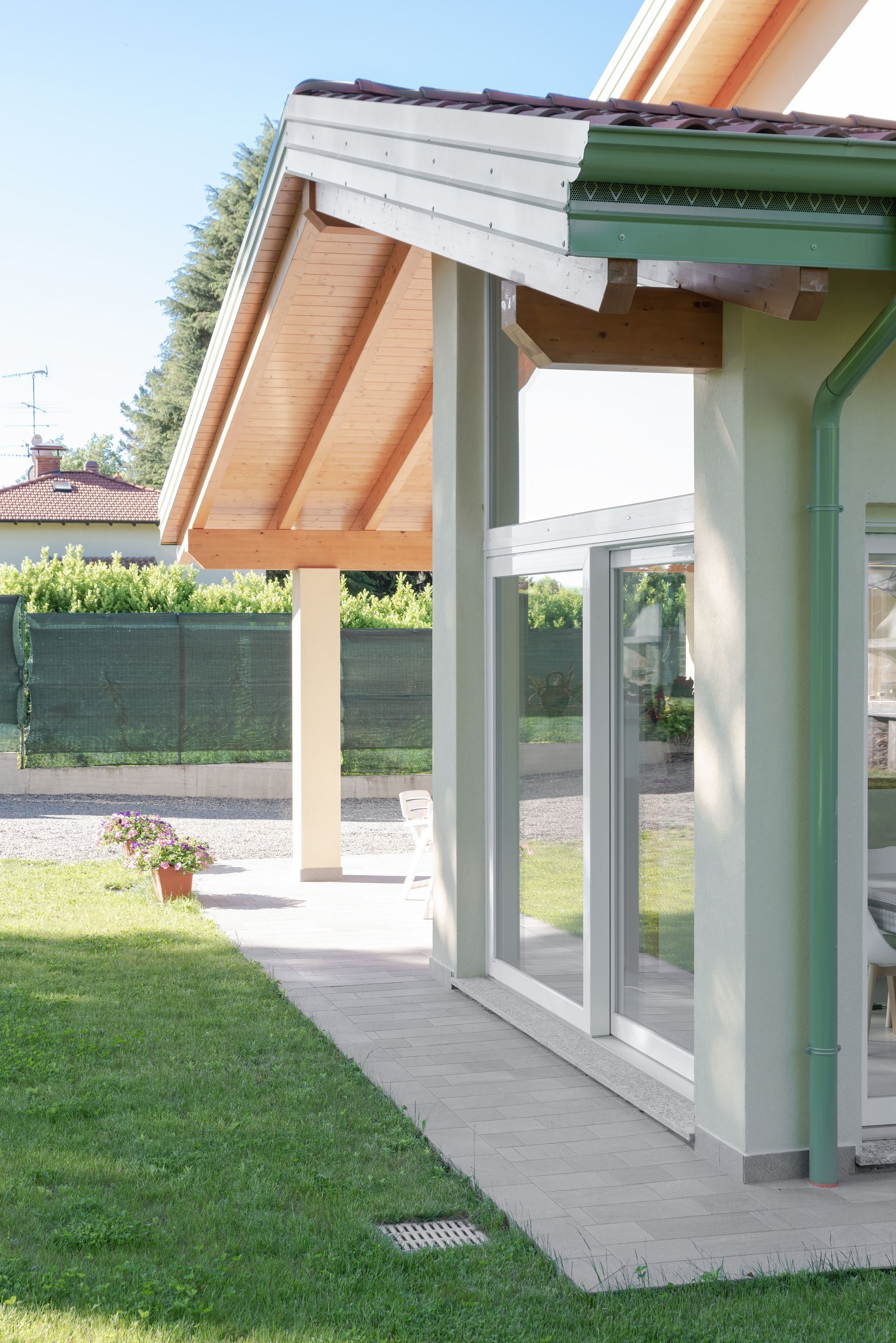
Slide title
Scrivi qui la tua didascaliaButton
Slide title
Scrivi qui la tua didascaliaButton
Slide title
Scrivi qui la tua didascaliaButton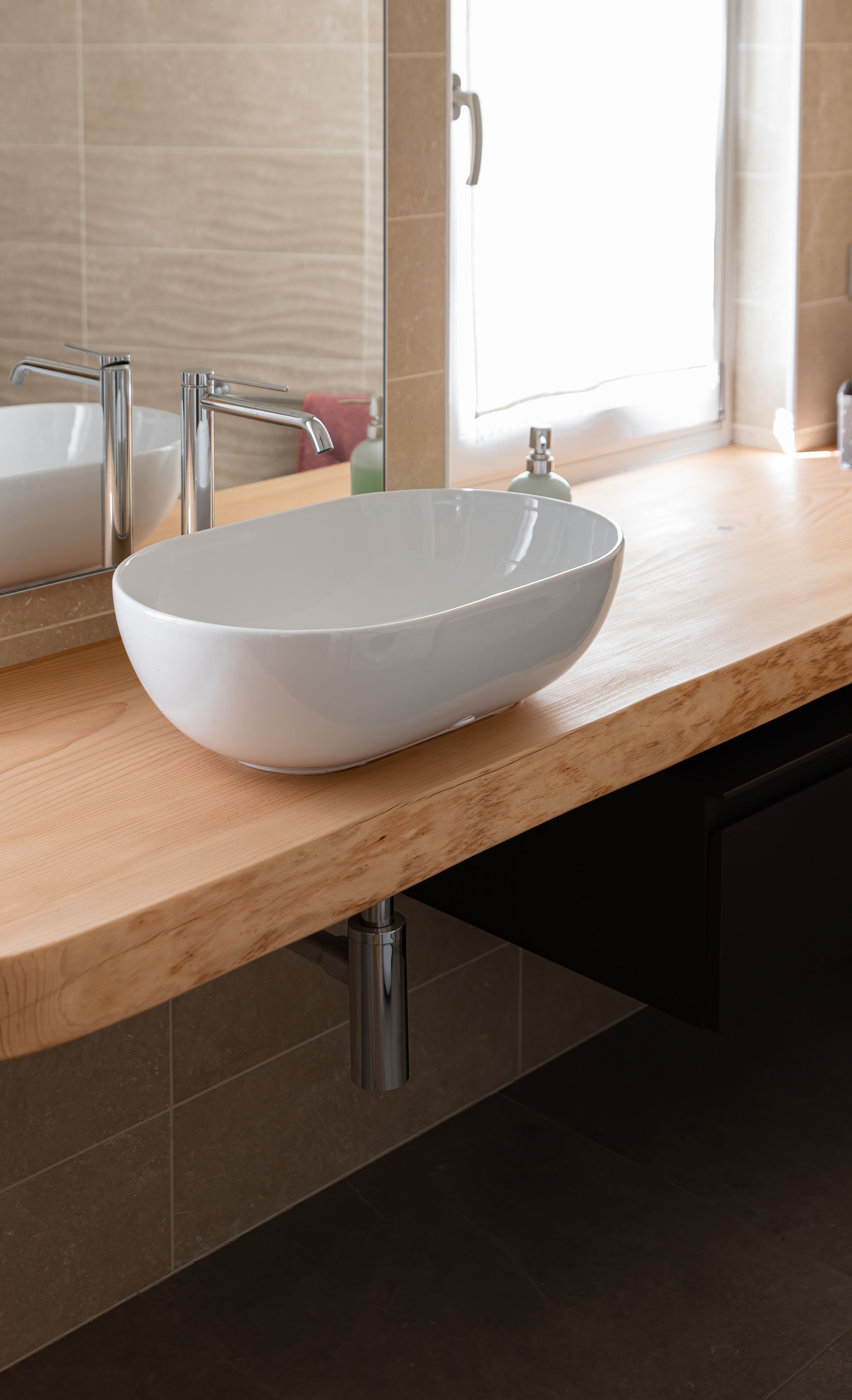
Slide title
Scrivi qui la tua didascaliaButton
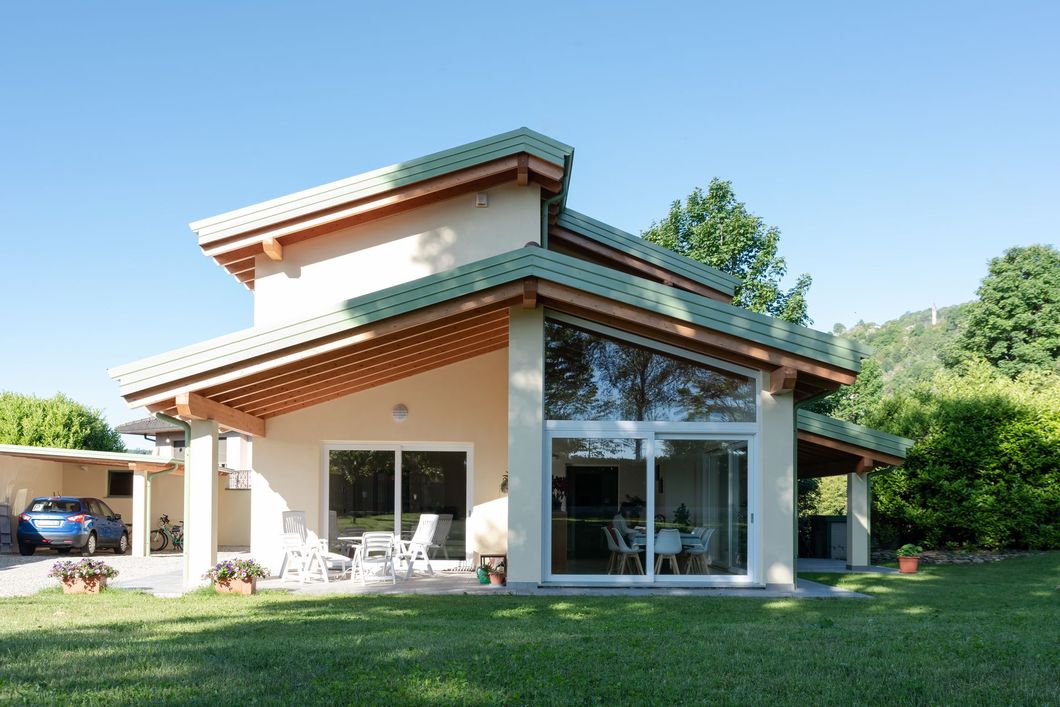
Slide title
Scrivi qui la tua didascaliaButton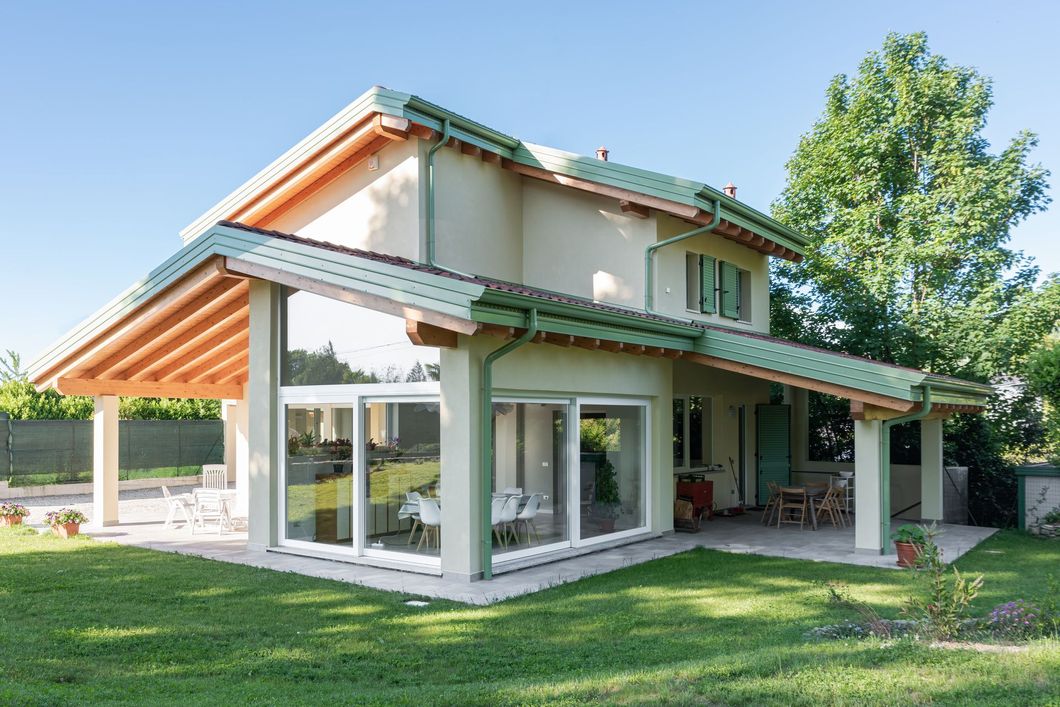
Slide title
Scrivi qui la tua didascaliaButton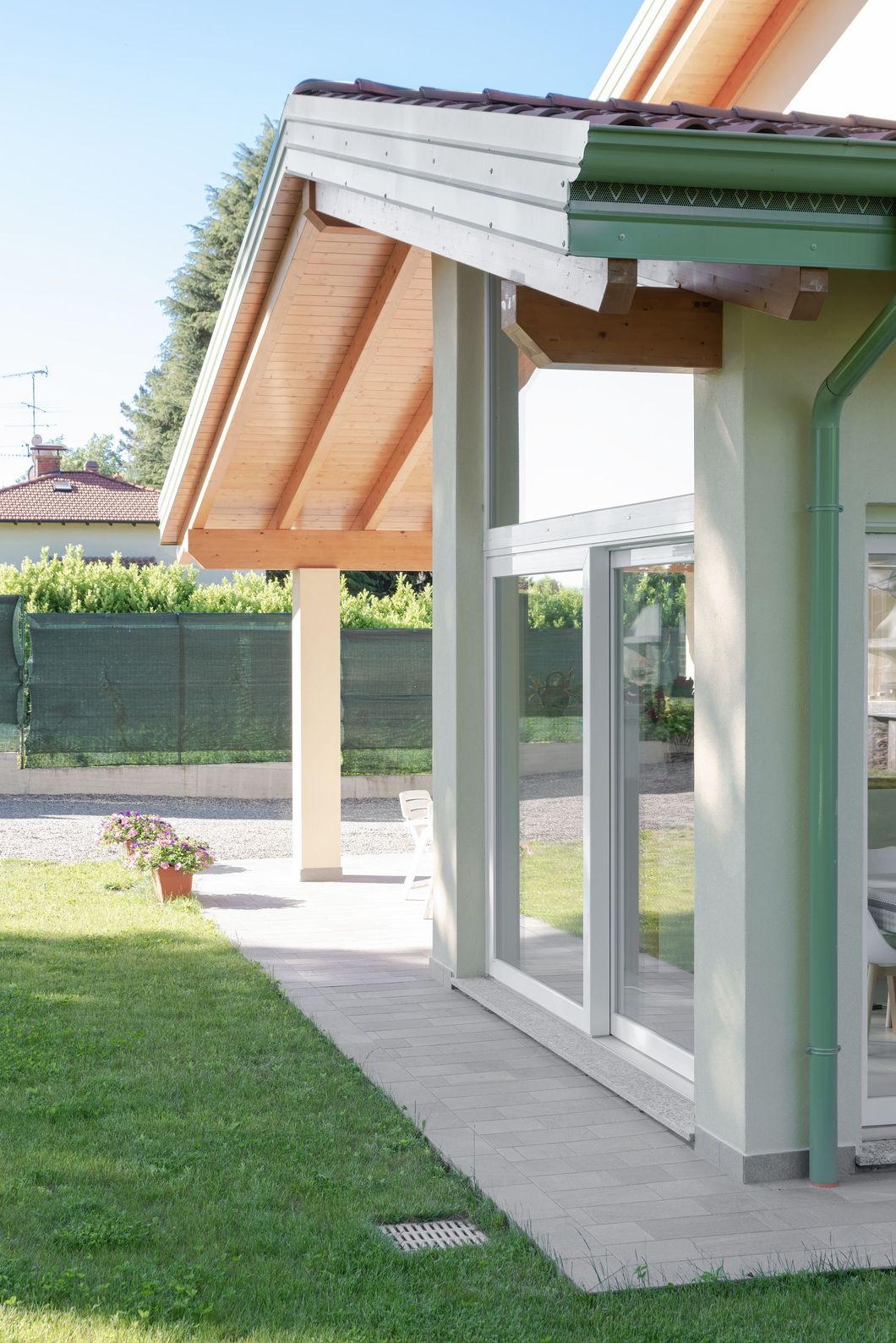
Slide title
Scrivi qui la tua didascaliaButton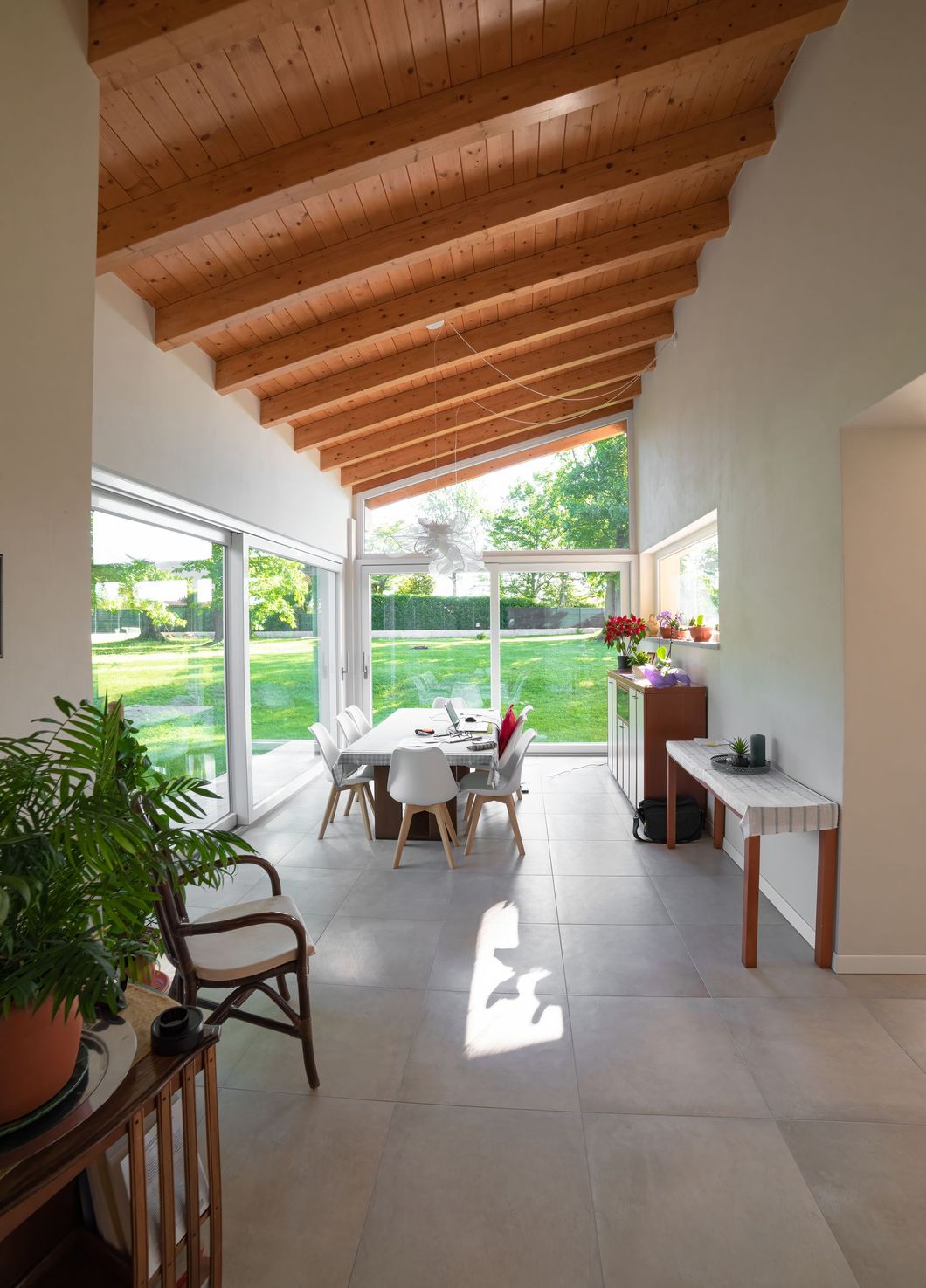
Slide title
Scrivi qui la tua didascaliaButton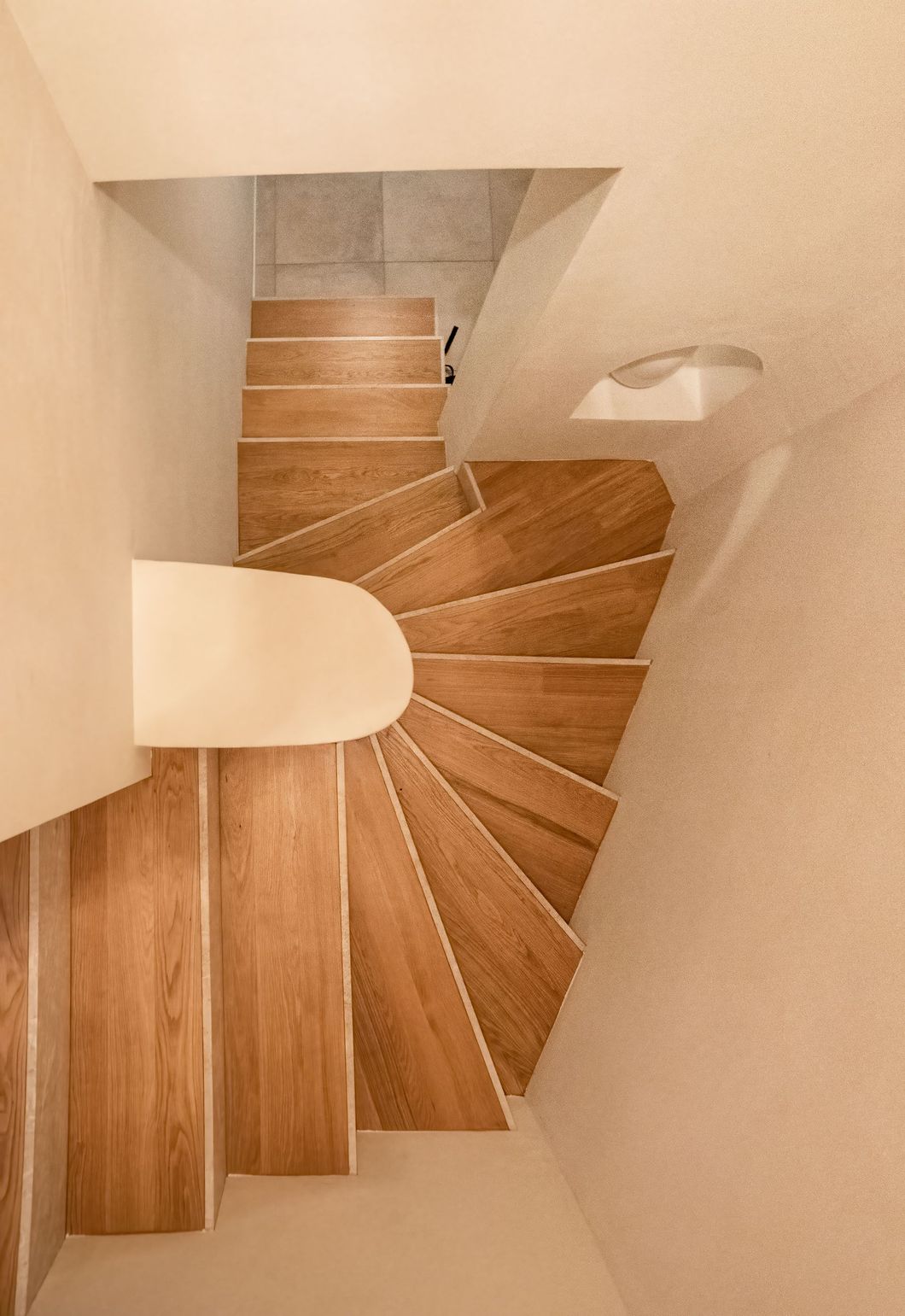
Slide title
Scrivi qui la tua didascaliaButton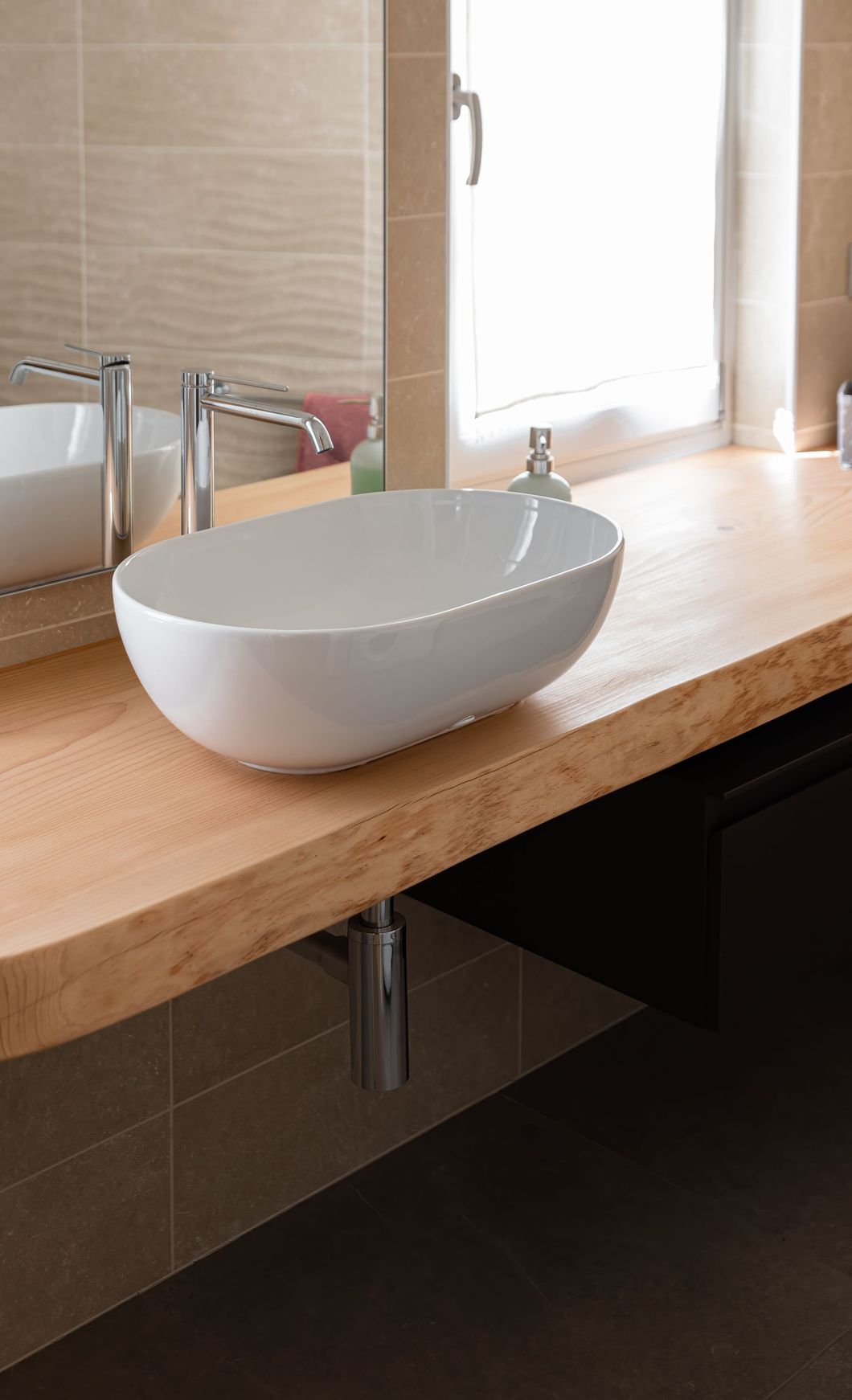
Slide title
Scrivi qui la tua didascaliaButton
Prefabricated wooden house in Lesa
Restaurant made of wood in Omegna
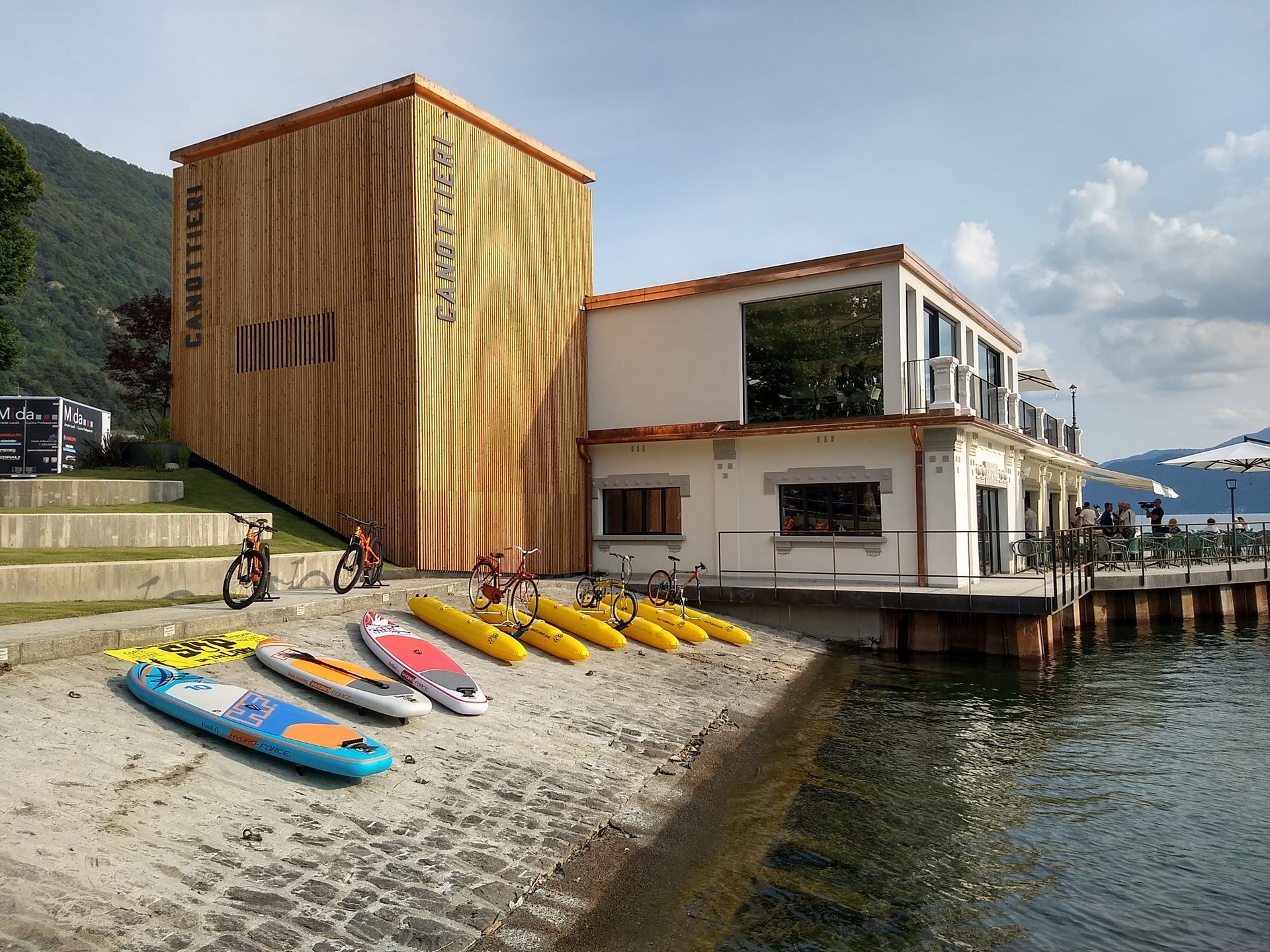
Slide title
Scrivi qui la tua didascaliaButton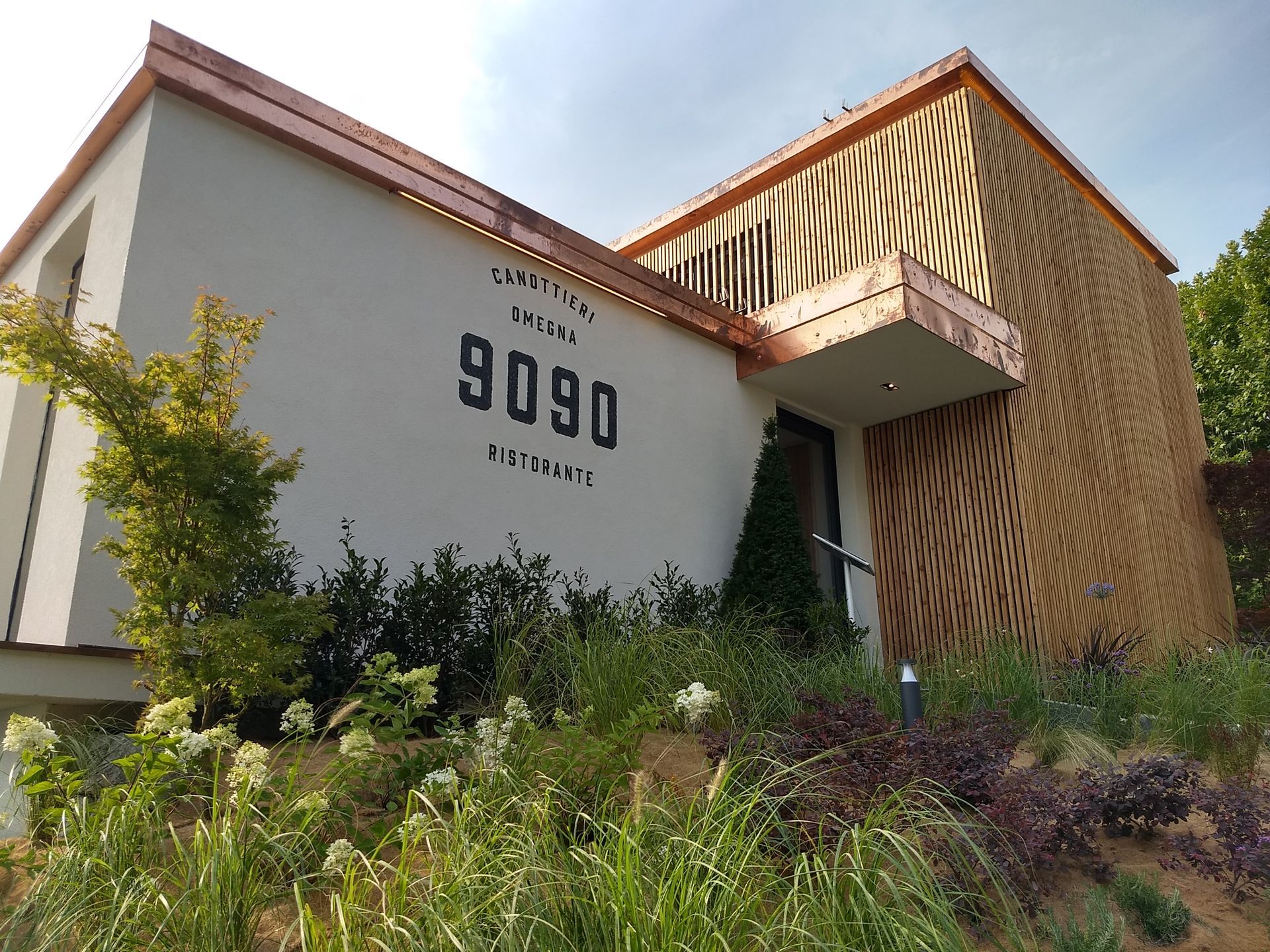 Scrivi qui la tua didascaliaButton
Scrivi qui la tua didascaliaButton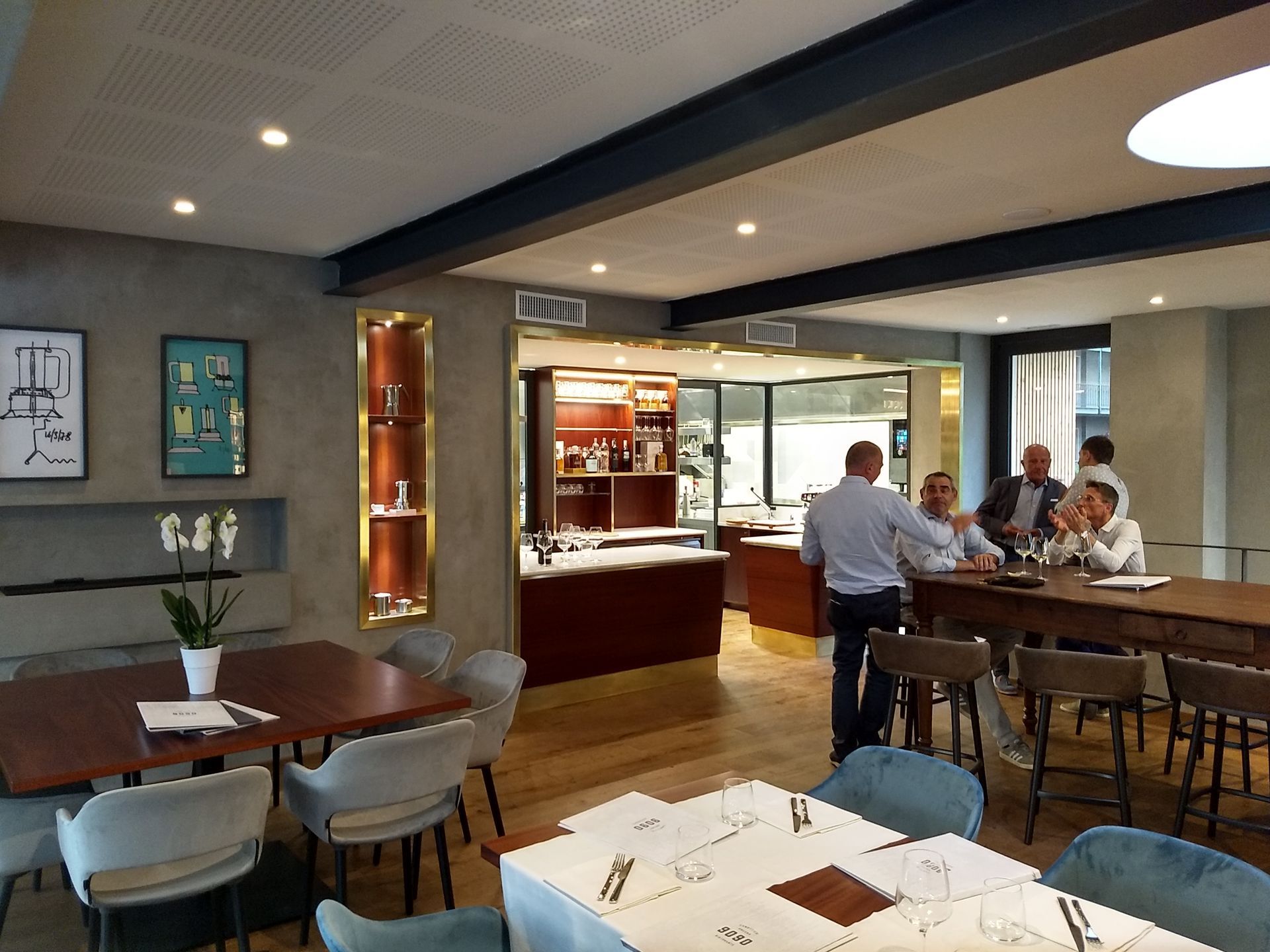
Slide title
Scrivi qui la tua didascaliaButton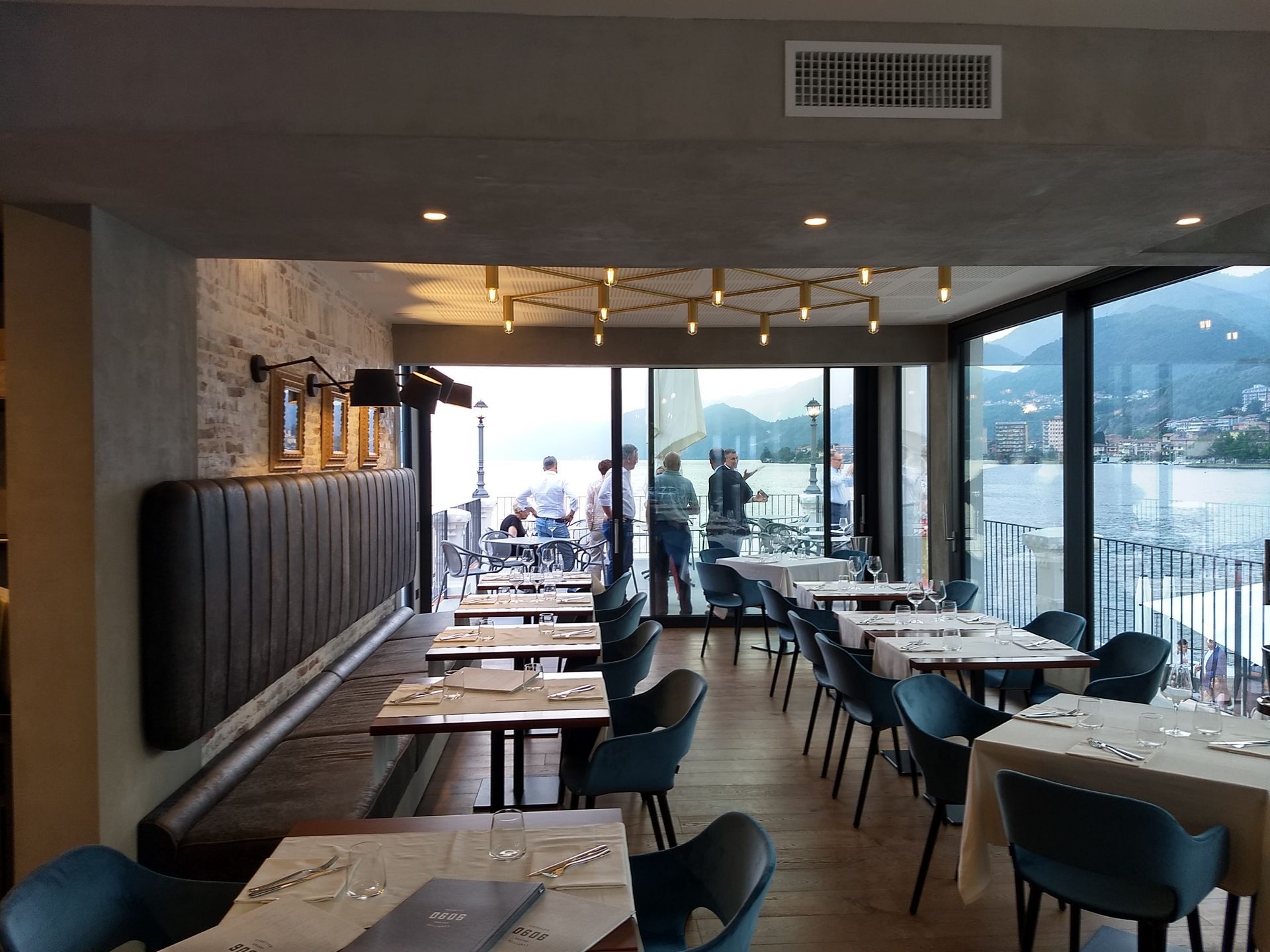
Slide title
Scrivi qui la tua didascaliaButton
Restaurant made of wood in Omegna
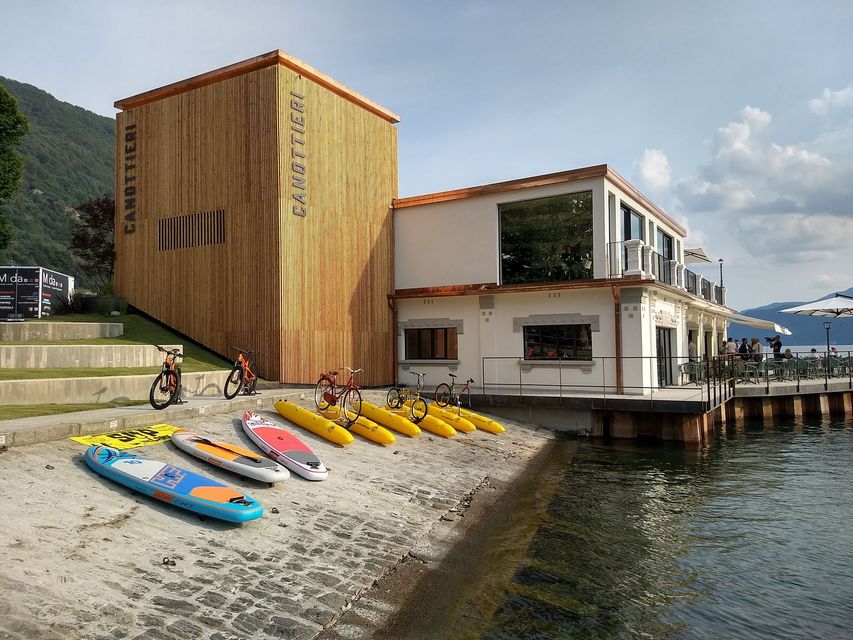
Slide title
Scrivi qui la tua didascaliaButton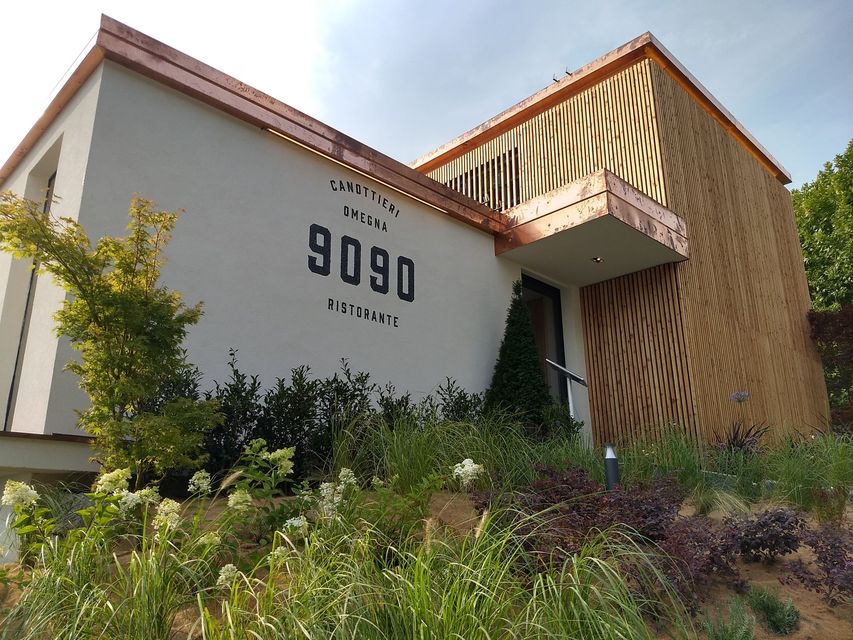 Scrivi qui la tua didascaliaButton
Scrivi qui la tua didascaliaButton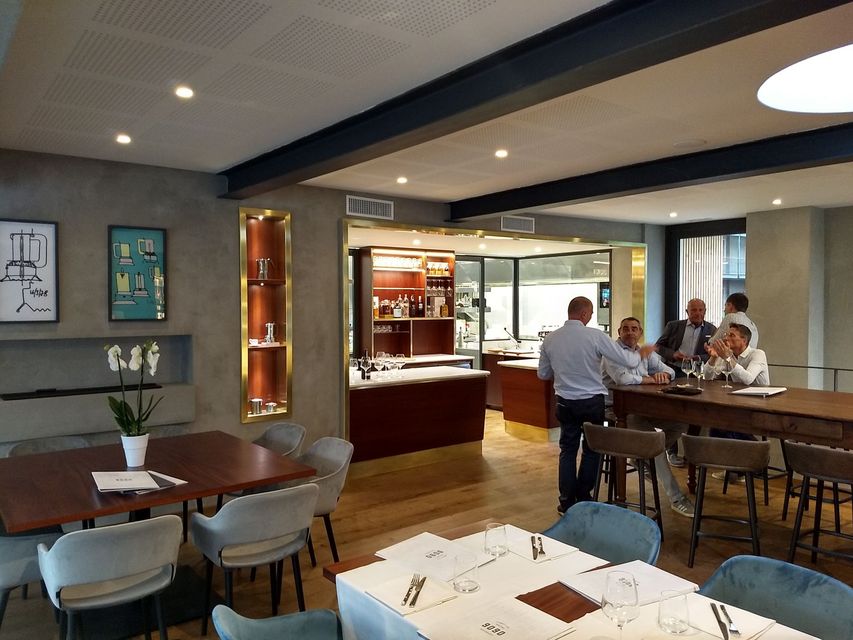
Slide title
Scrivi qui la tua didascaliaButton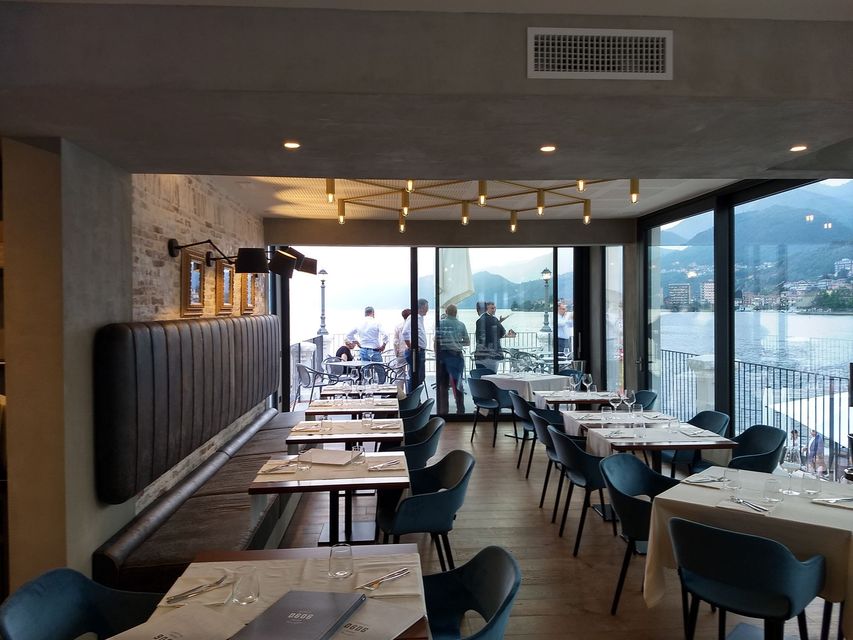
Slide title
Scrivi qui la tua didascaliaButton
Prefabricated wooden house in Omegna
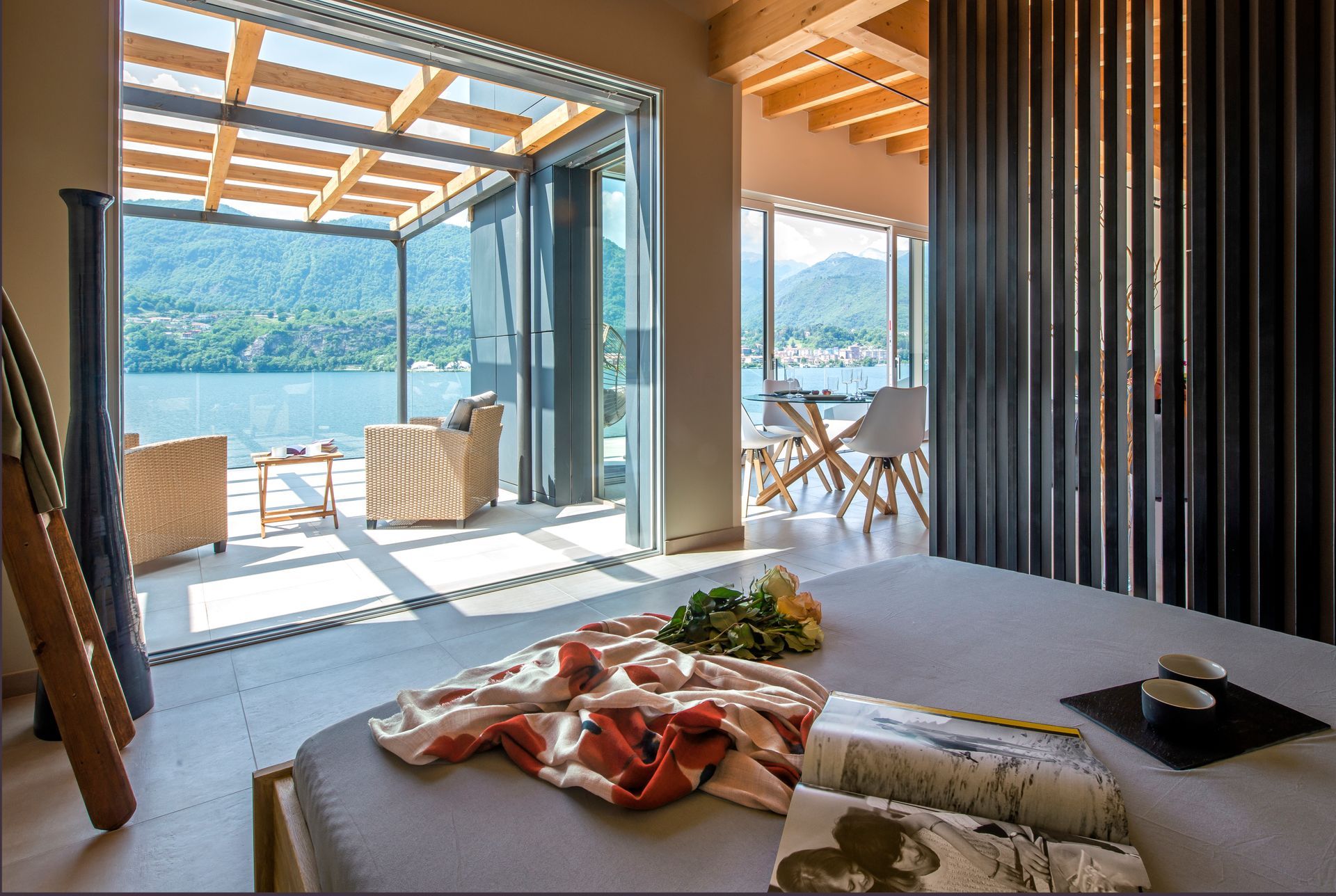
Slide title
Scrivi qui la tua didascaliaButton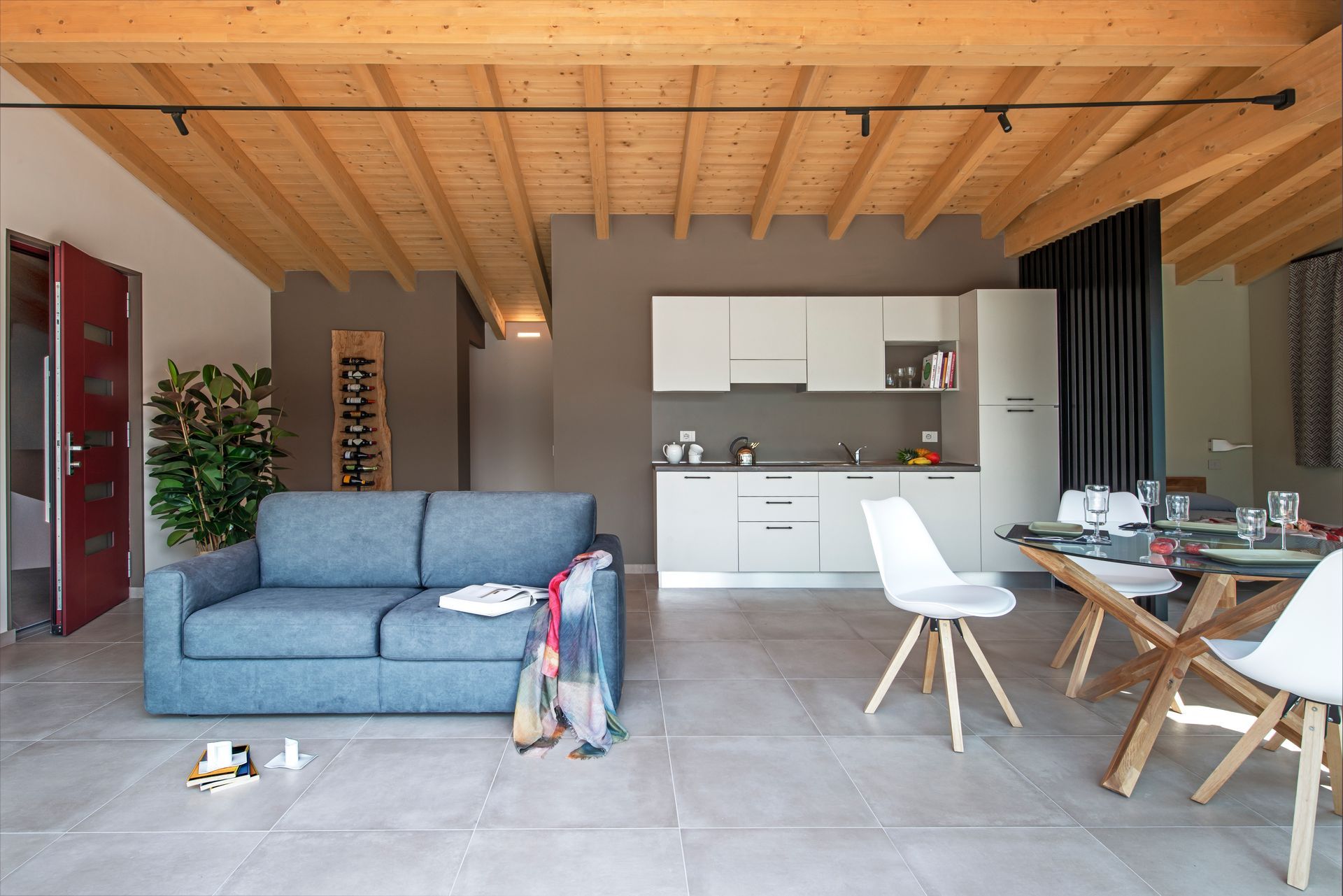
Slide title
Scrivi qui la tua didascaliaButton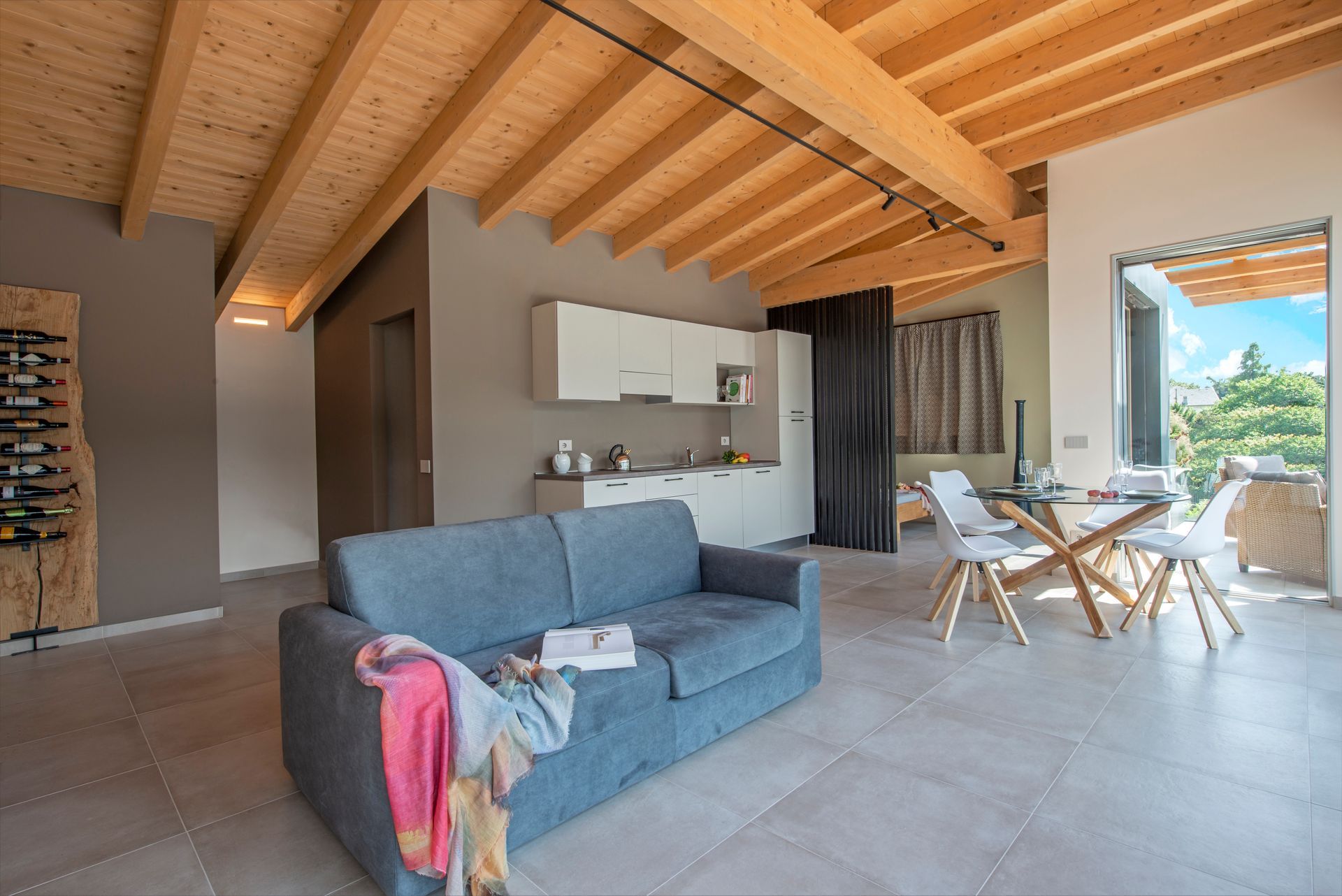
Slide title
Scrivi qui la tua didascaliaButton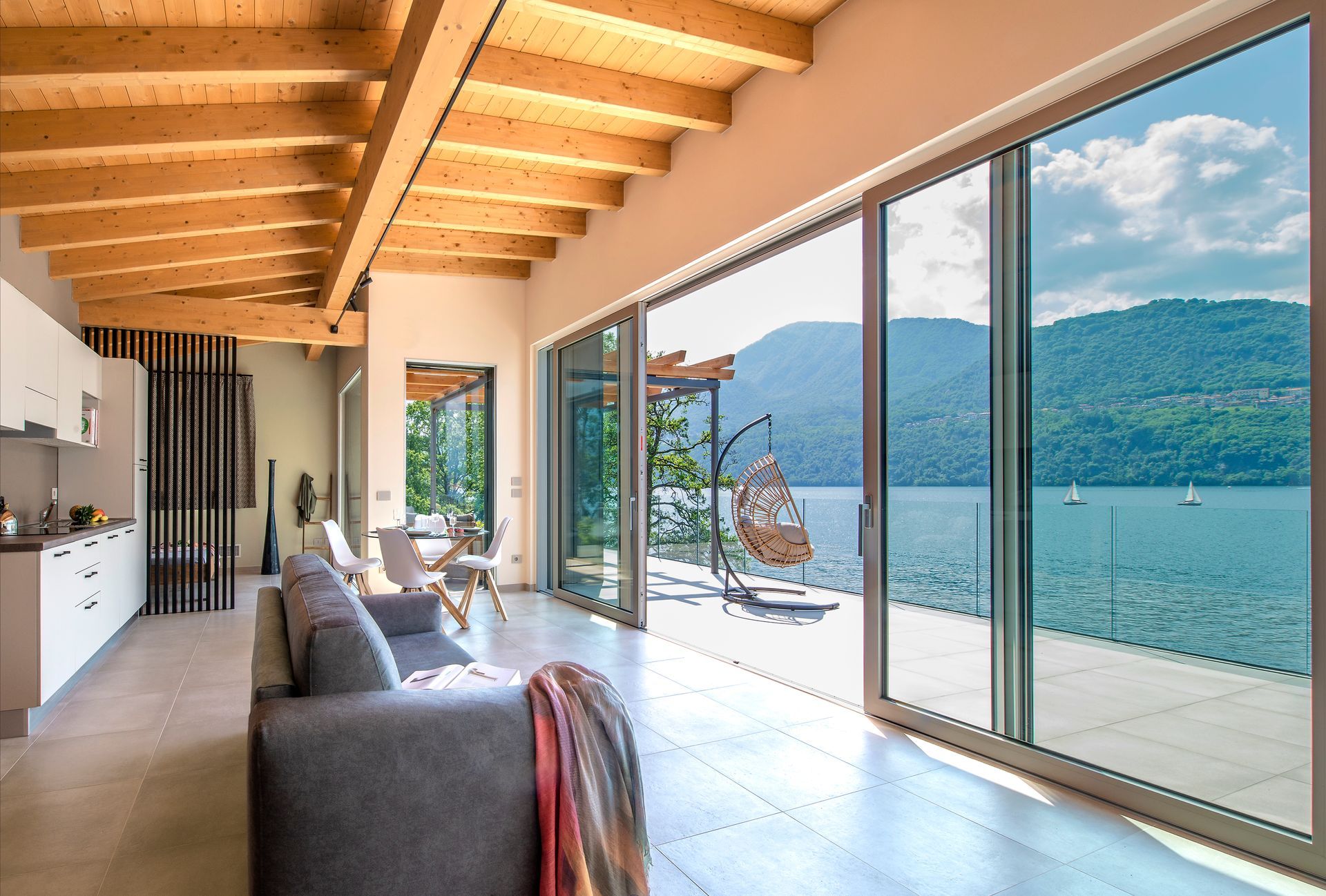
Slide title
Scrivi qui la tua didascaliaButton
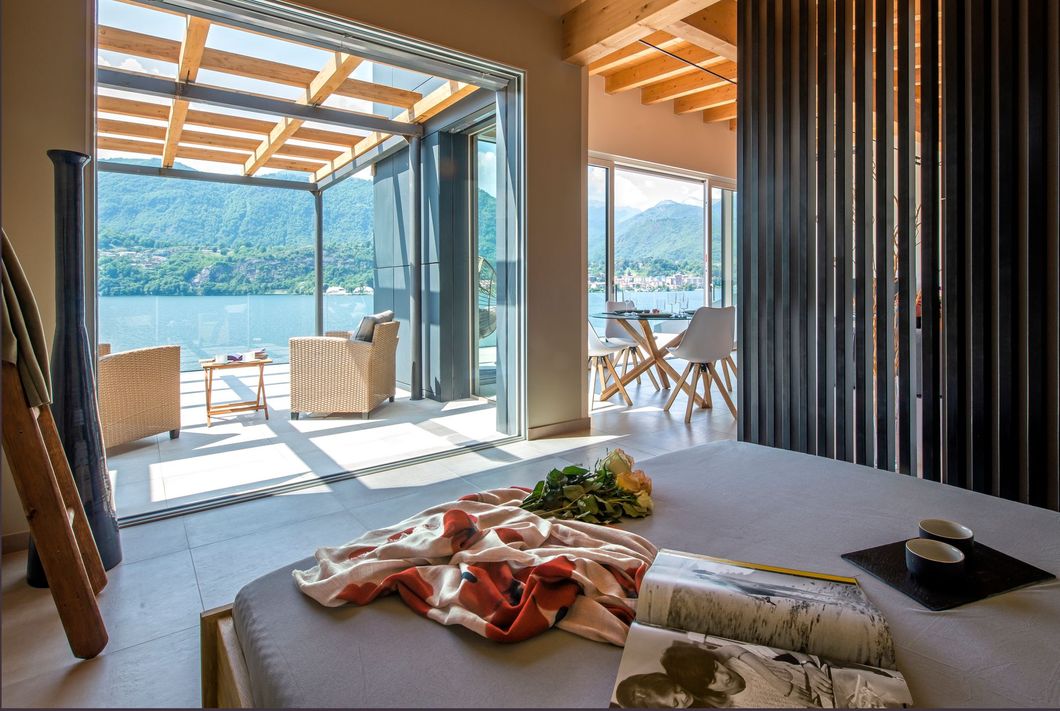
Slide title
Scrivi qui la tua didascaliaButton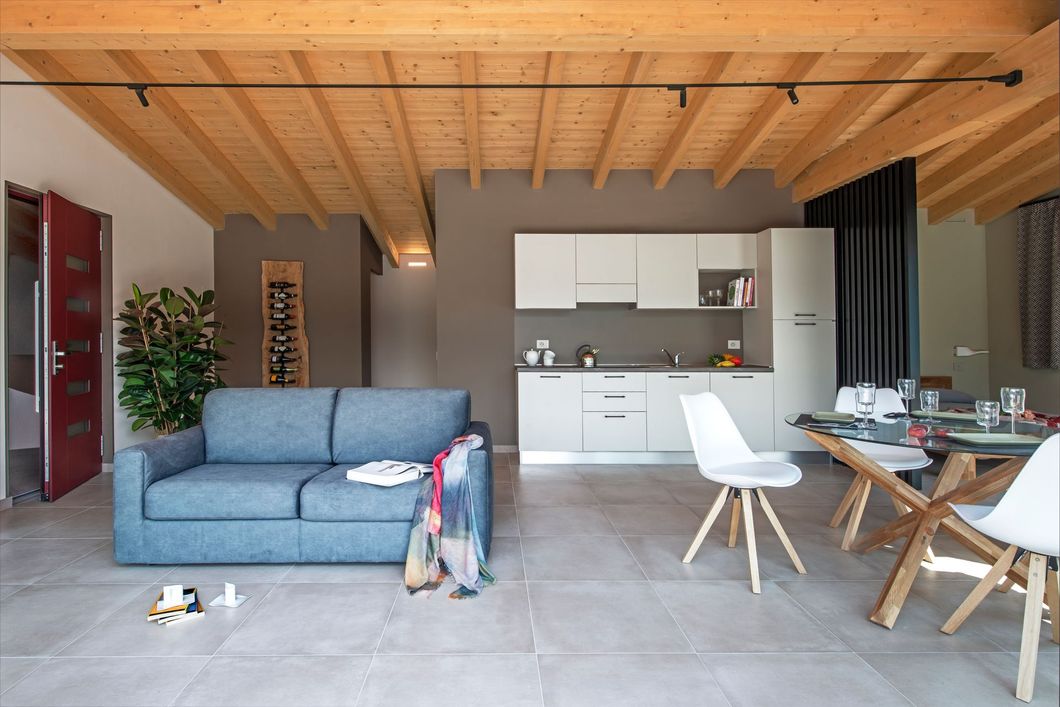
Slide title
Scrivi qui la tua didascaliaButton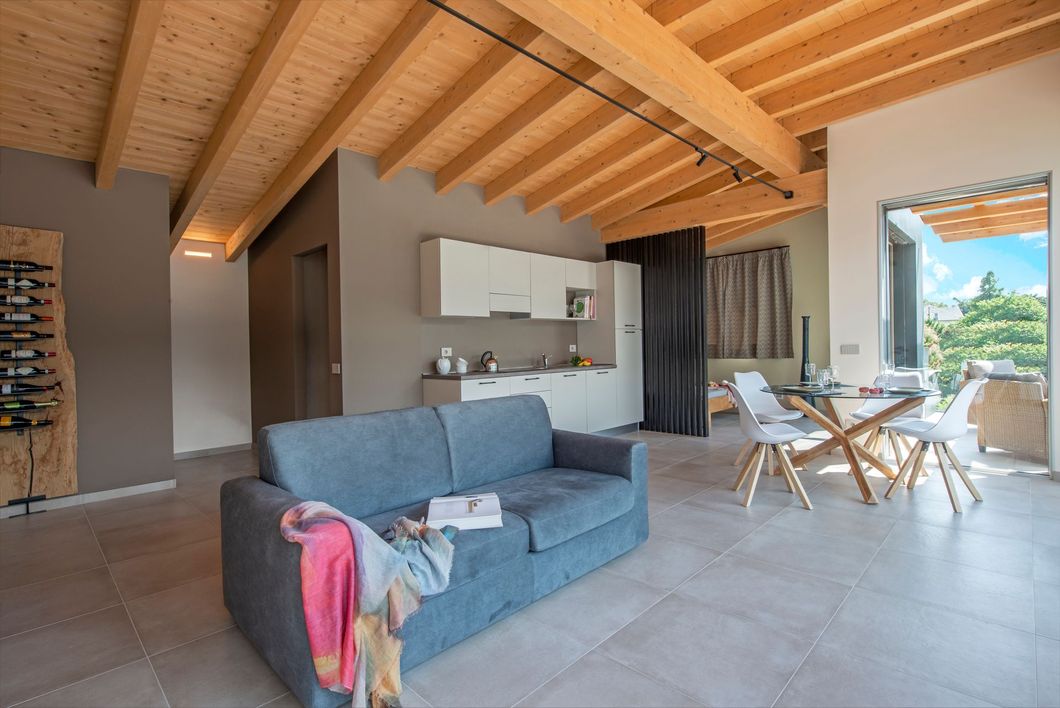
Slide title
Scrivi qui la tua didascaliaButton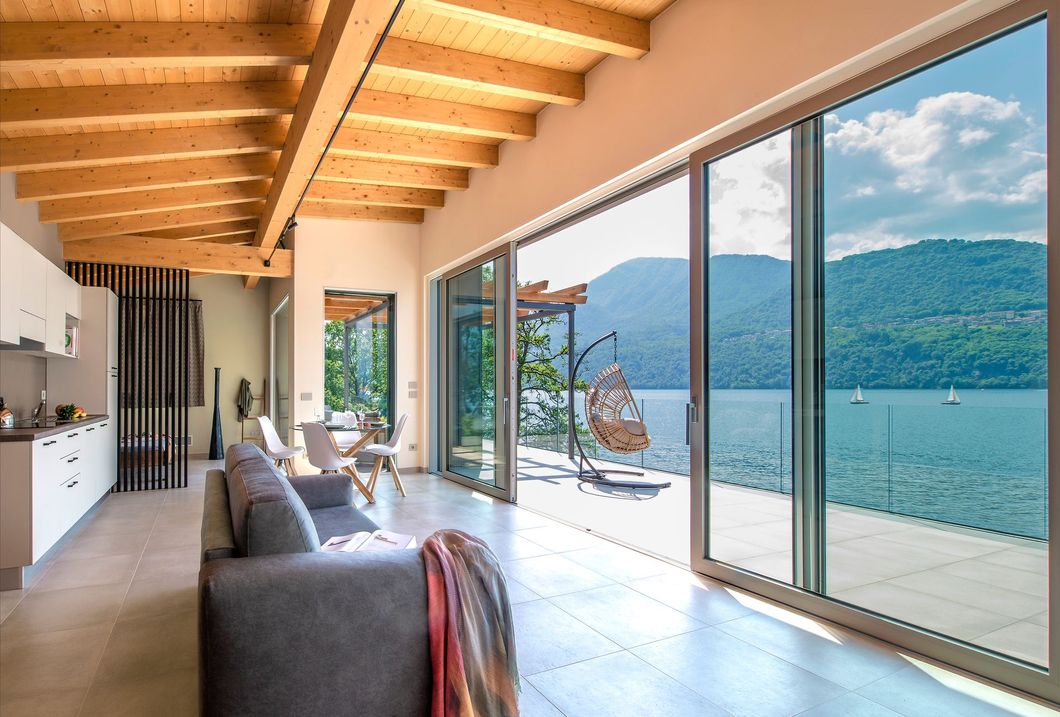
Slide title
Scrivi qui la tua didascaliaButton
Prefabricated wooden house in Omegna
FAQ
-
How much do they cost?
When completing the estimate for a house, drawn up considering numerous parameters, it is always essential to illustrate and clarify to the customer what is included in the offer in question and what has not been evaluated. Generally, houses can be supplied with a rough finish (i.e. only the load-bearing structure), an advanced rough finish (also including external insulation and windows) or "turnkey" (complete with all finishes and all internal systems). Prices can vary within a fairly wide range, depending on the types of systems, windows and internal/external finishes. However, for the initial budget estimate, it seems realistic to consider a cost of €2000/2500 per m2, based on the variation in the cost of raw materials, for the turnkey solution, excluding professional expenses and costs of carrying out the works foundation.
-
What permissions are needed?
Wooden houses are subject to the same planning permissions as traditional buildings. Consequently, it is always necessary to rely on a qualified technician (architect, engineer, surveyor...) capable of communicating with the Competent Offices, in order to obtain Building Permits or equivalent Authorisations, essential for the construction of the work. In the same way, all design and similar steps valid for traditional constructions must be followed (structure design, thermal system design, geological report, safety plans, stacking, energy certifications, declaration of system conformity...).
-
How long do they last?
Wood is an ancient material, one of the most used in the world. It is therefore one of the most tested structural materials and, if correctly processed, selected, designed, offers safety guarantees no less than those offered by other construction materials, both in the case of solid wood, laminated wood and materials derived from wood. . All these different typologies are ideally suited to being used to meet the most diverse architectural, static, dimensional and economic expectations. Furthermore, the NTC 2018 Technical Construction Standards of 01/17/2018 impose on all structural types, including therefore also wooden buildings, a nominal life of at least 50 years (for residential homes), which must be guaranteed with only the normal routine maintenance.
-
What type of soil is needed to build a wooden house?
The classic wooden house to be used as a residential home must necessarily be built on building land, as for traditional brick and/or concrete constructions. However, it is always essential that the designer appointed by the client verifies the urban planning and landscape constraints, in accordance with the Municipal Master Plan and other municipal, provincial or regional provisions.
-
Why choose a wooden house?
Building a wooden house today, relying on expert and structured companies, with the support of competent and attentive professionals, certainly means being able to enjoy the following advantages:
-
How much do you save with a wooden house?
In general it is good to clarify that the cost of building a wooden house, built by expert and qualified companies, is made up of approximately 25% of the cost of the wooden load-bearing structure and 75% of the set of factors such as insulation, windows, electrical systems, plumbing, heating, cooling, screeds and substrates, coverings and flooring. Since these last factors are also common to traditional constructions, always understood as "quality", it follows that the economic differences can only be minimal. Factors such as high energy efficiency and high speed of construction certainly play in favor of wooden houses, which can undoubtedly generate significant economic savings.
-
What tax breaks exist for the construction of wooden houses?
To date, by way of example, we can state that the tax breaks in force concern exclusively the field of recovery of existing buildings and therefore renovations, not new constructions. However, a recent regulatory development in the urban planning field has reclassified demolition and reconstruction interventions as renovation interventions, thus opening the way to tax bonuses also for these types of reconstruction interventions, to be therefore possibly carried out using wooden houses.
-
What is meant by a green building house?
Green building includes criteria for a healthy, natural, sustainable and beautiful living environment. It deals with building materials and room shapes as well as ecological, economic and social aspects. Green building homes must provide high indoor air quality. For this reason it is necessary to aim to reduce irritating and harmful substances and provide a sufficient exchange of fresh air, avoiding the formation of yeasts, fungi and moulds, bacteria, dust and various allergens. Natural materials are used, free from harmful substances and with as little radioactivity as possible, and particular attention is paid to a balanced relationship between thermal insulation and heat accumulation, surface temperatures and the air present in the environment. The necessary attention must be paid to light conditions and the use of natural colors, considering the scientific evidence of ergonomics and physiology. The design and construction of a bioecological construction must be able to minimize energy consumption and use renewable sources, avoiding negative repercussions for the environment in the construction phase of the new as well as in the rehabilitation of the existing.
-
What is it like to live in a wooden house?
Living in a wooden house means being able to benefit from all the characteristics and advantages of a green building house. First of all, you have the opportunity to enjoy a healthy environment, made with natural materials, free of harmful chemicals, for the total benefit of the healthiness of the air. Secondly, the design and choice of insulating materials, the attention to detail, the scrupulous attention to the air tightness of the building give the home a very high thermal, hygrometric and acoustic comfort.
-
How much does it cost to make a foundation audience?
To correctly support the loads transmitted by a wooden house requires careful structural design, like that required for traditional structures. It is necessary to prepare supports of sufficient resistance and rigidity, generally foundation beams or concrete slabs, geometrically distributed according to the plan of the walls of the wooden house, with particular attention to the starting heights and waterproofing systems. Considering the many variables that can affect the type and size of the foundation works, especially depending on the geological characteristics of the ground, it is however possible to estimate an indicative cost of approximately €150-200/m2 for the construction of the foundation structures, suitable for supporting and anchoring a wooden house.




